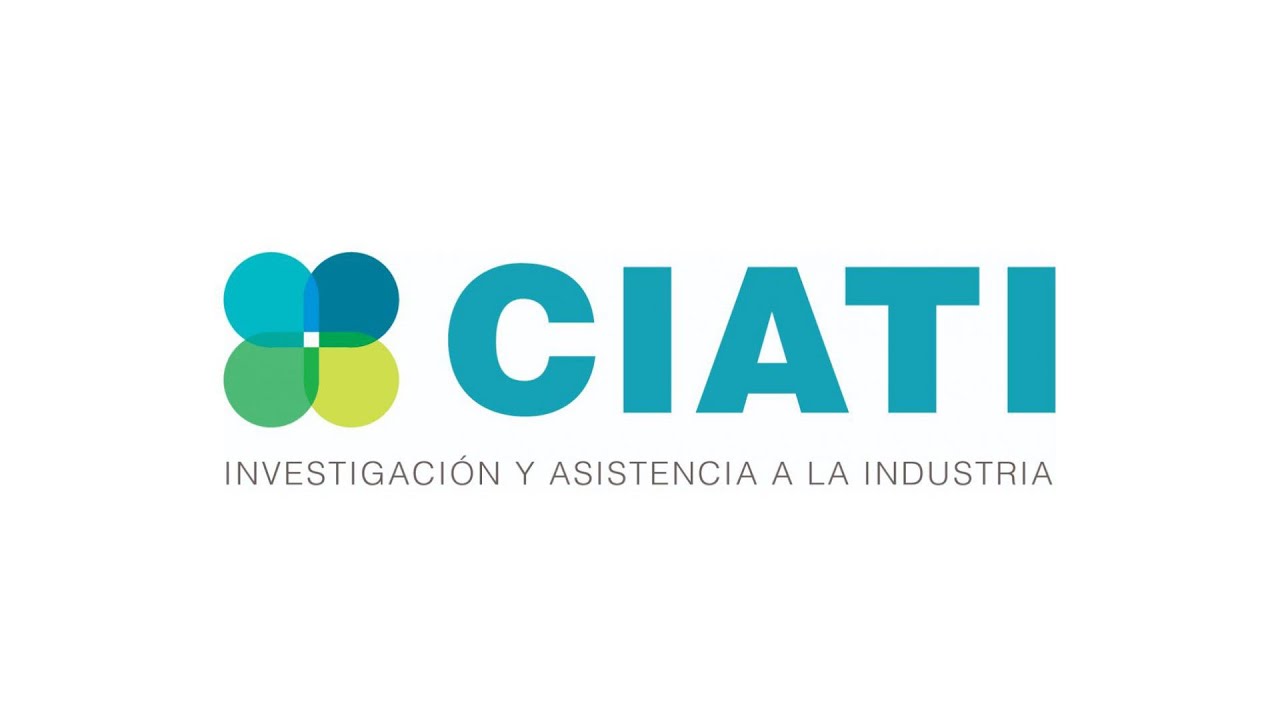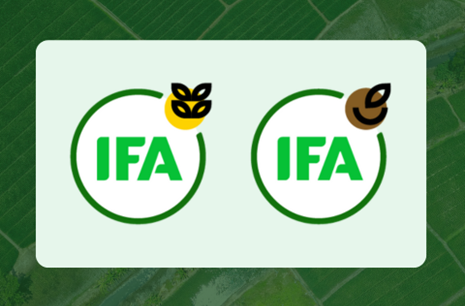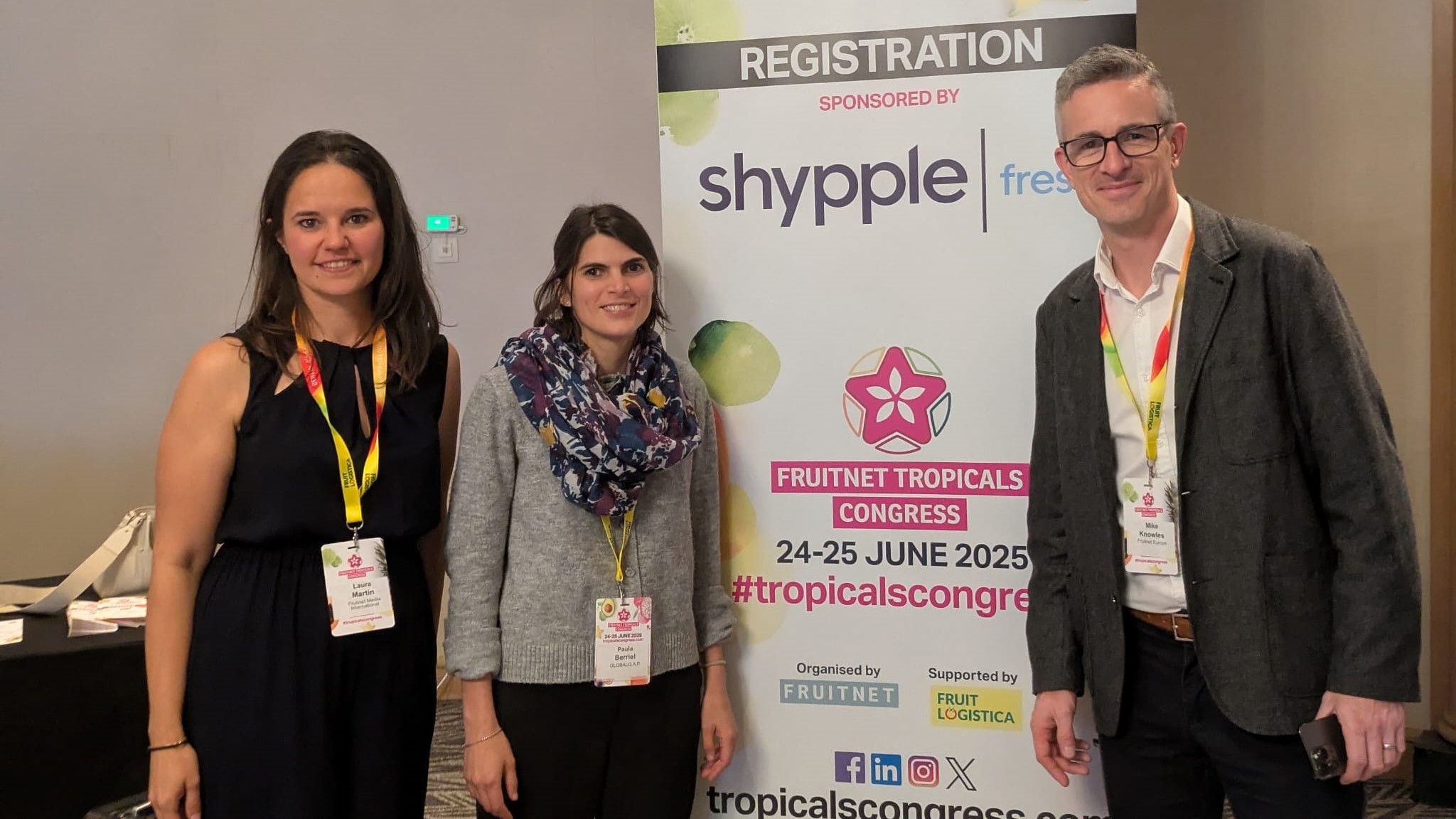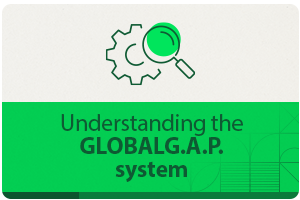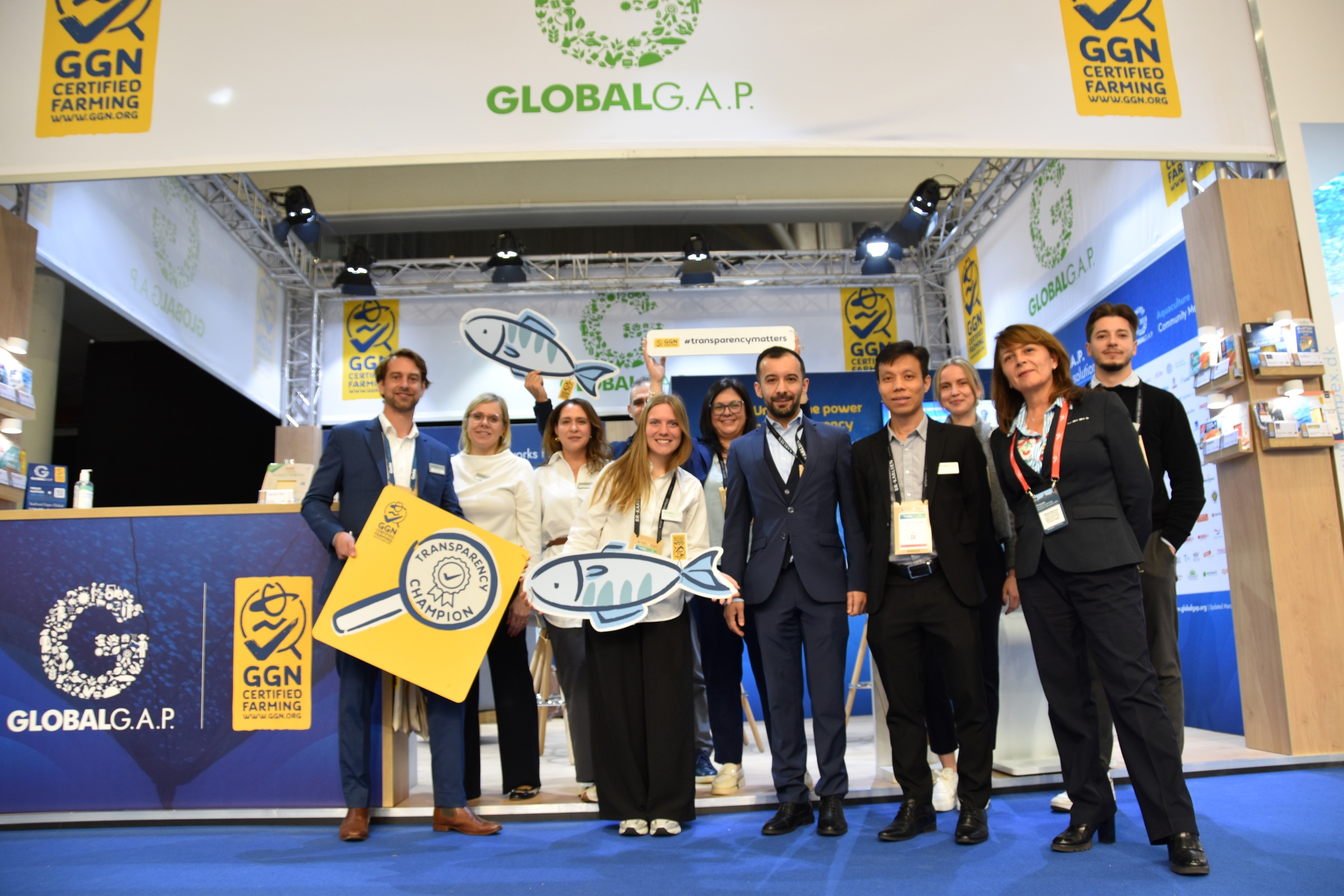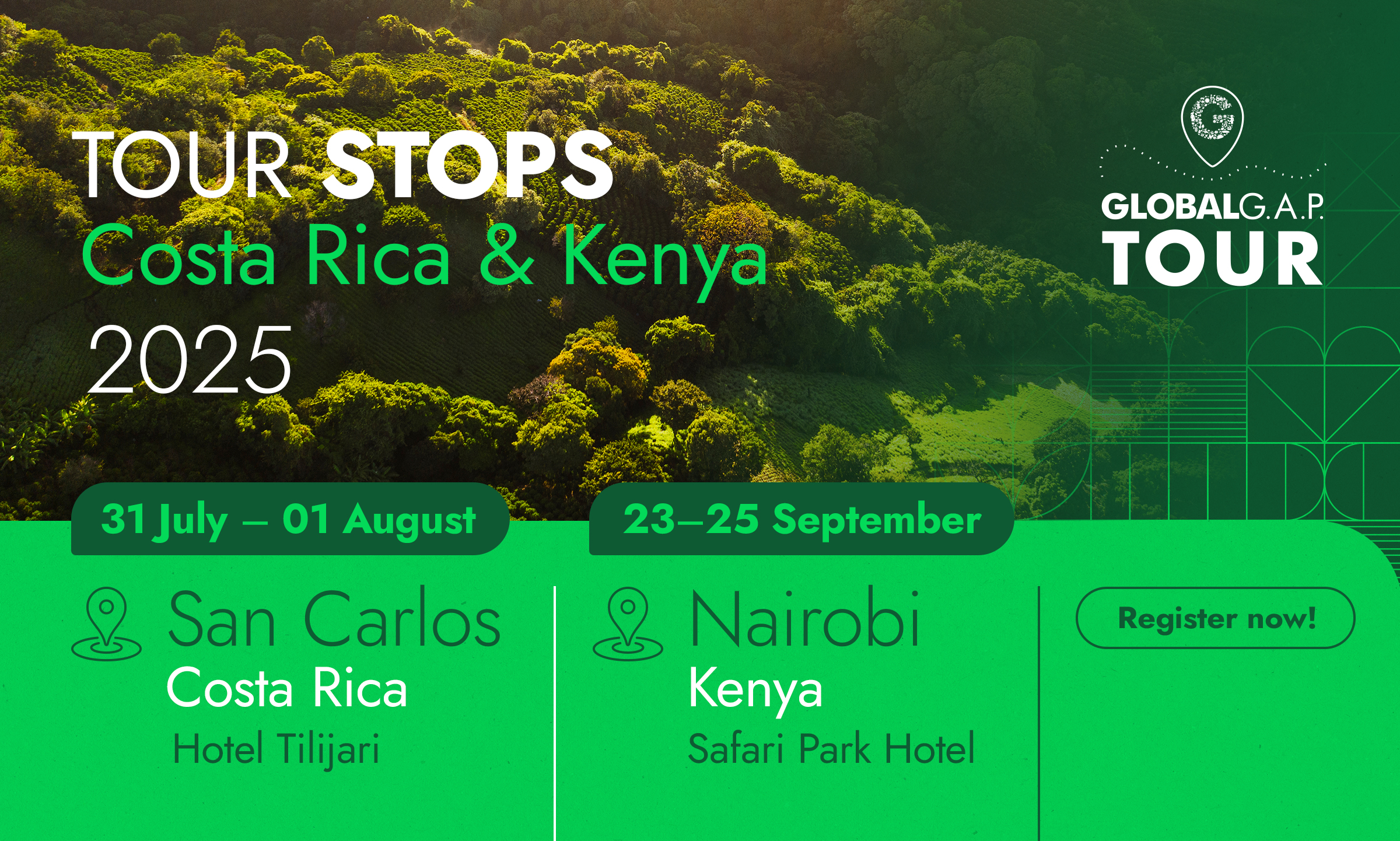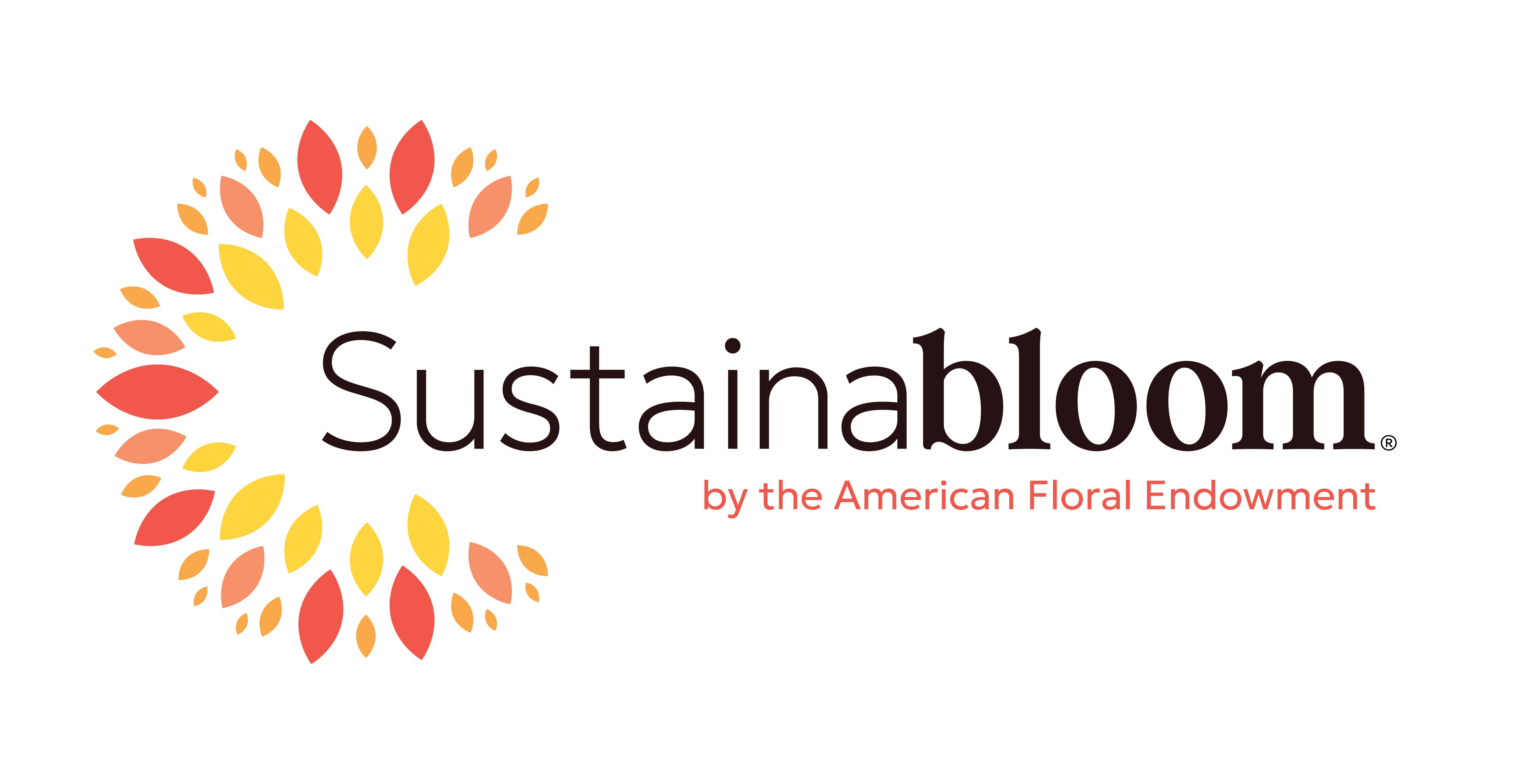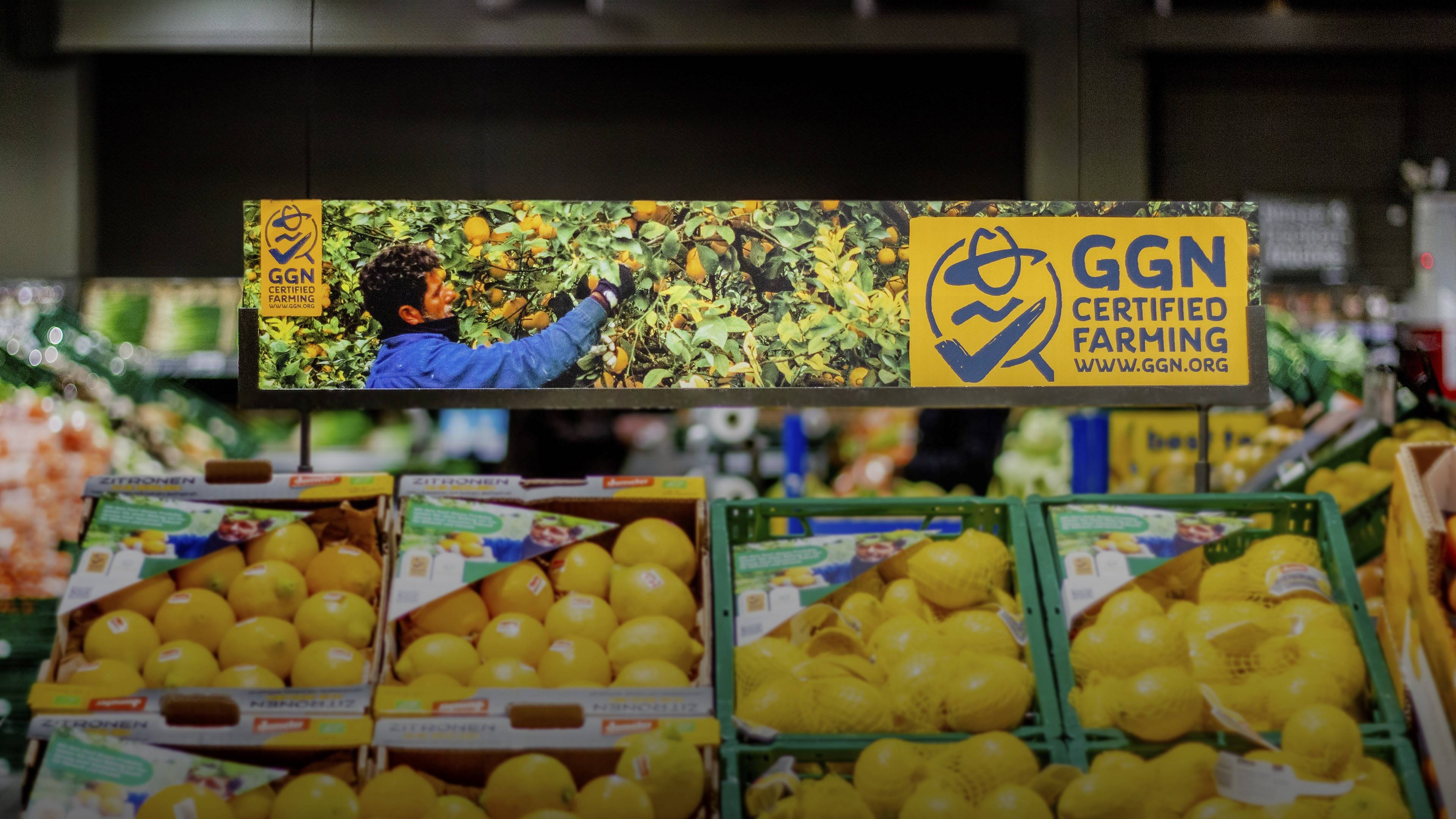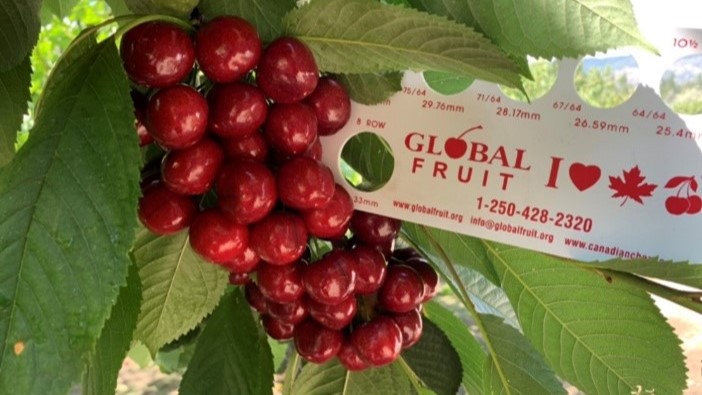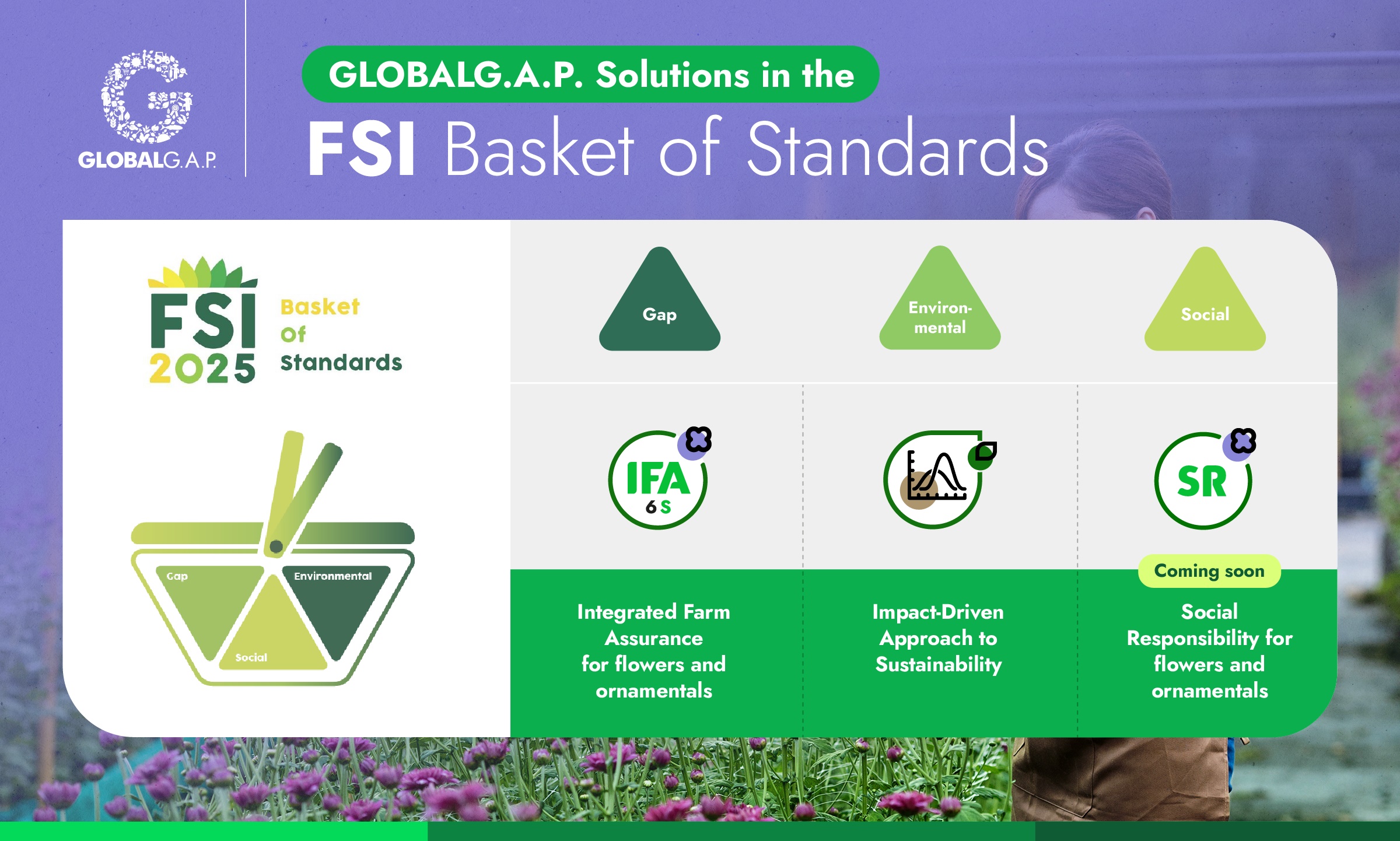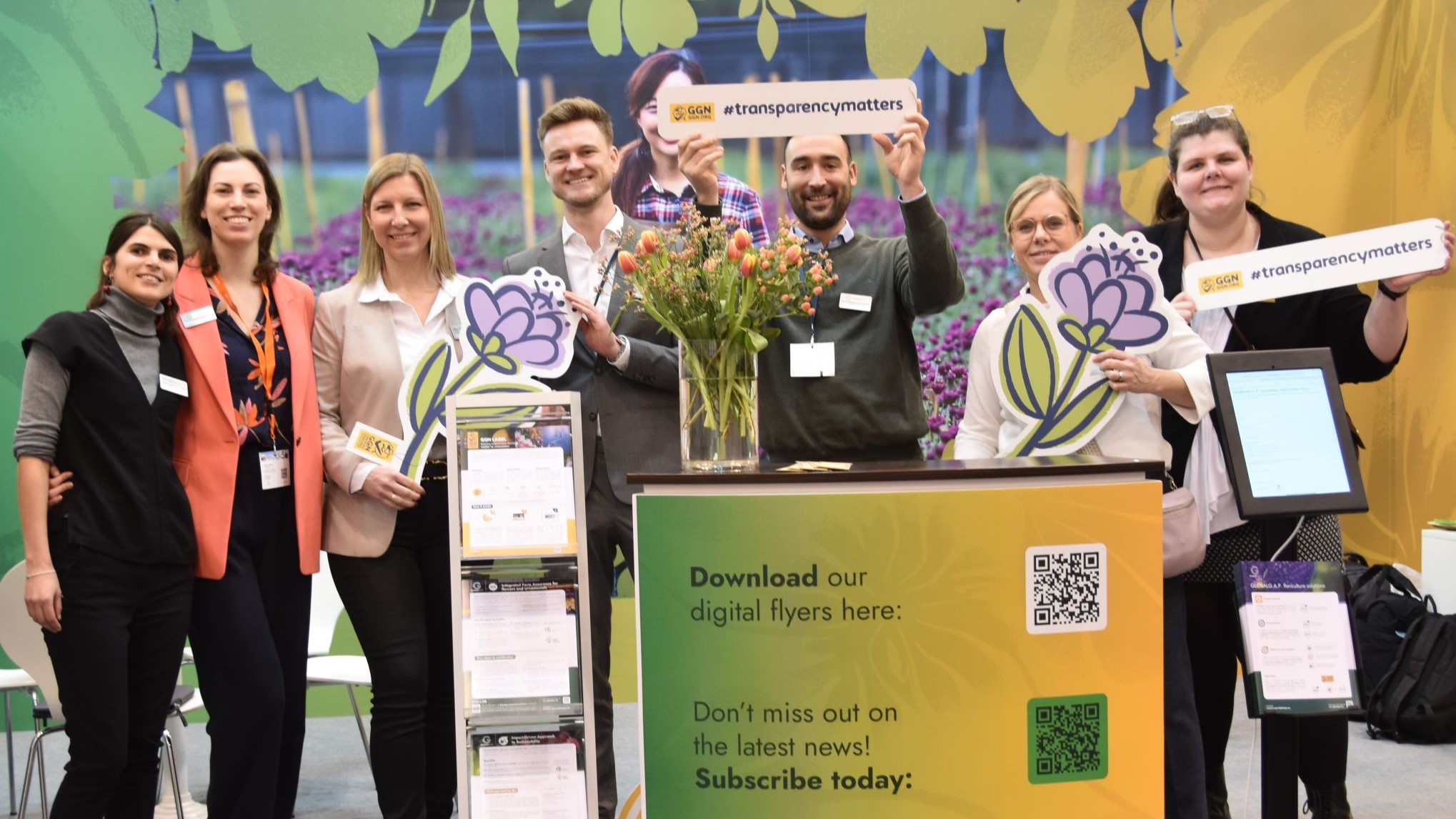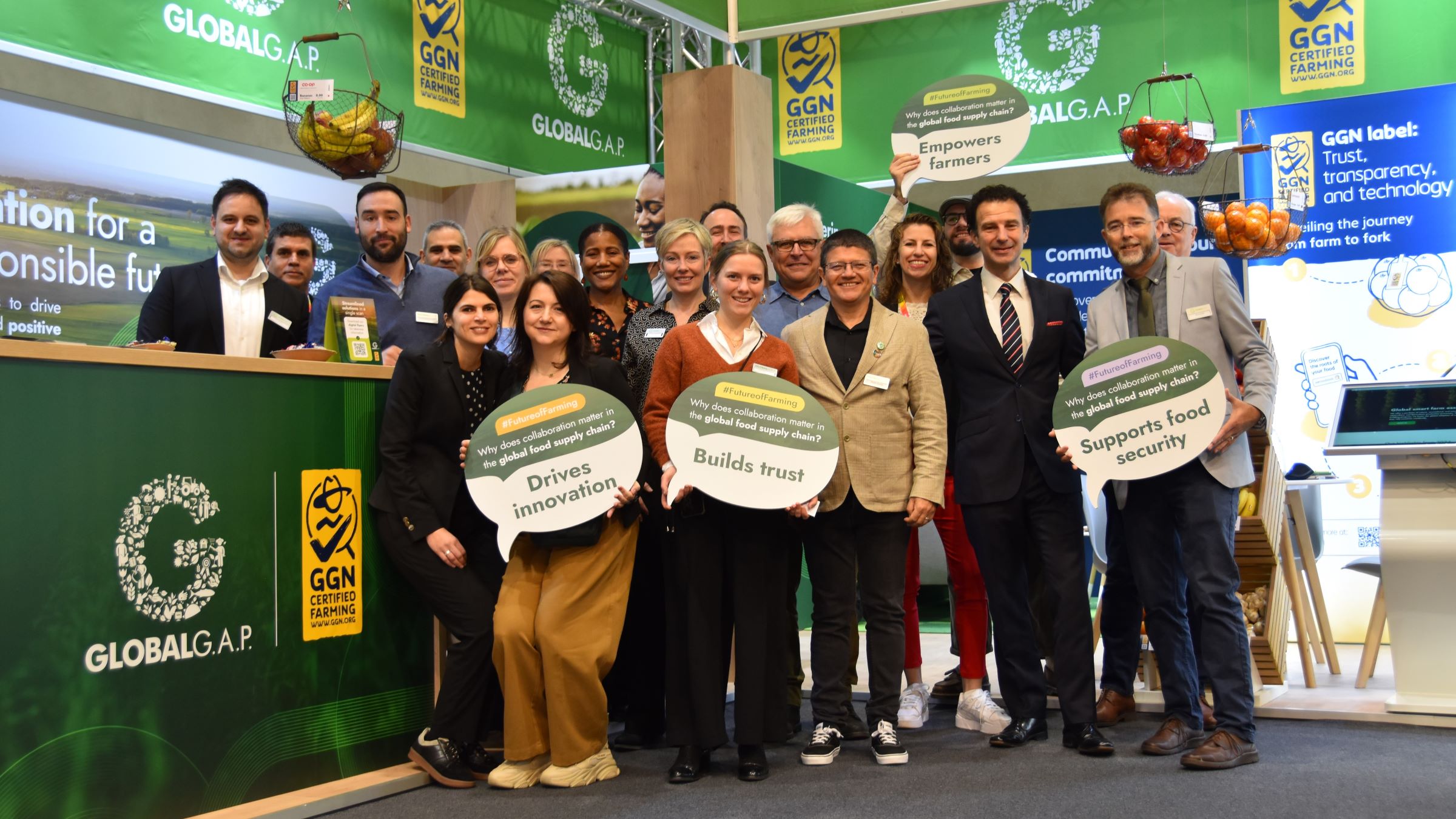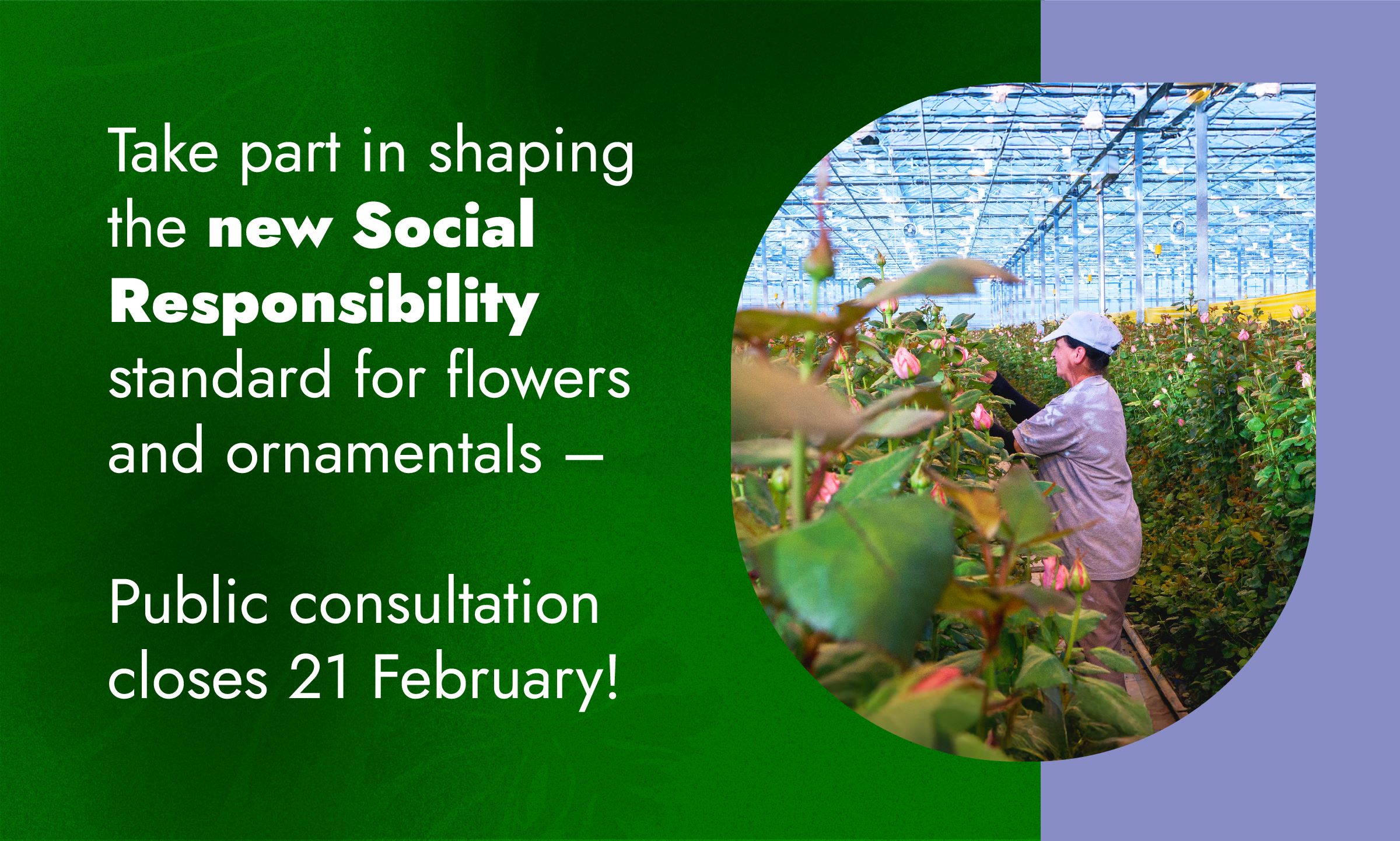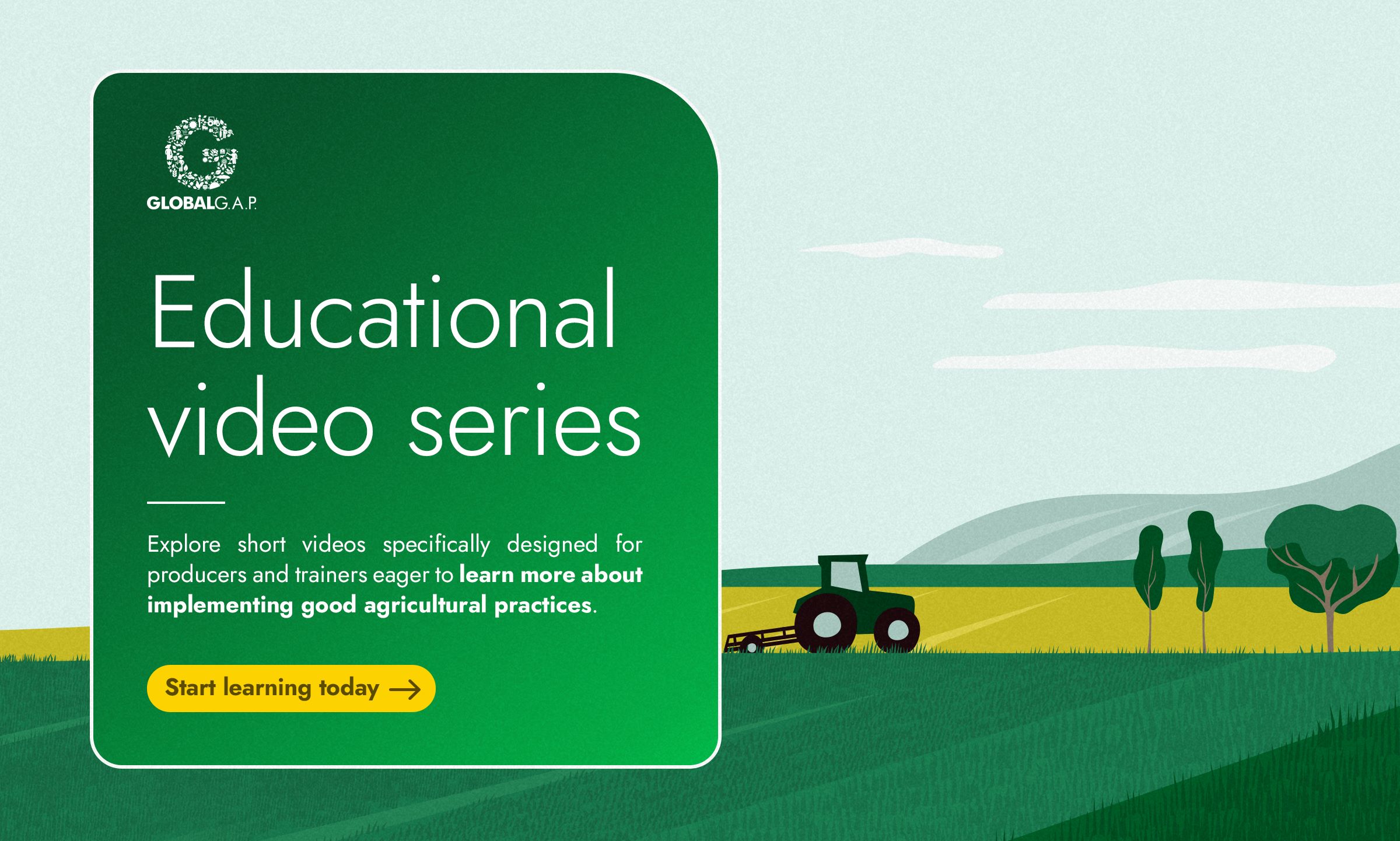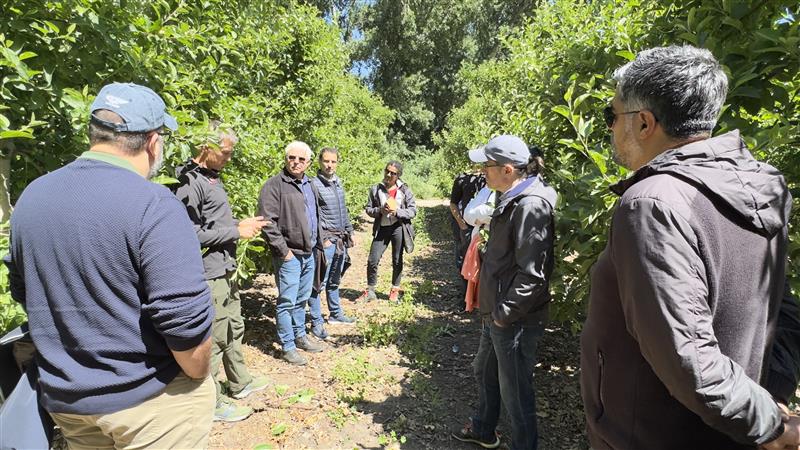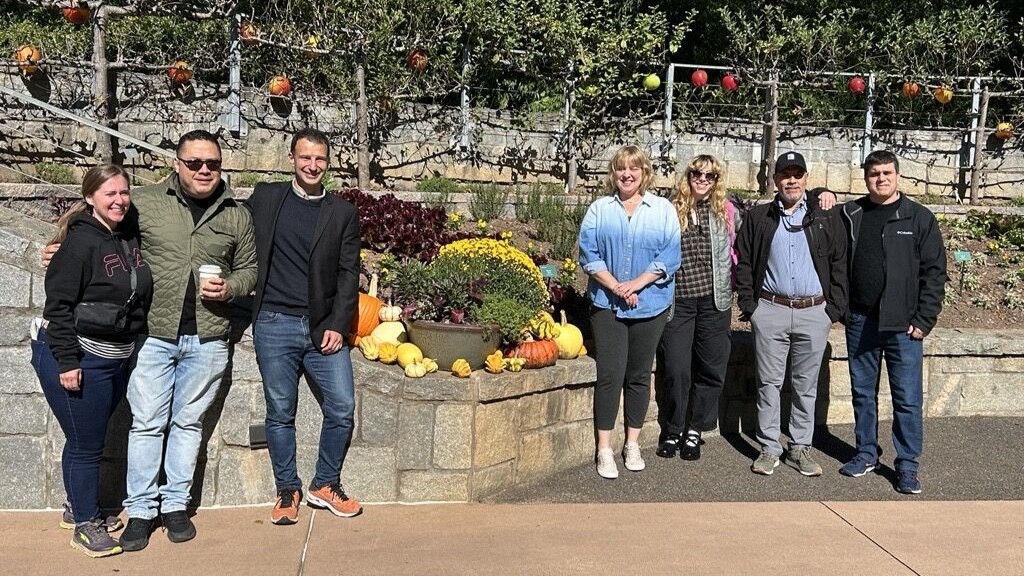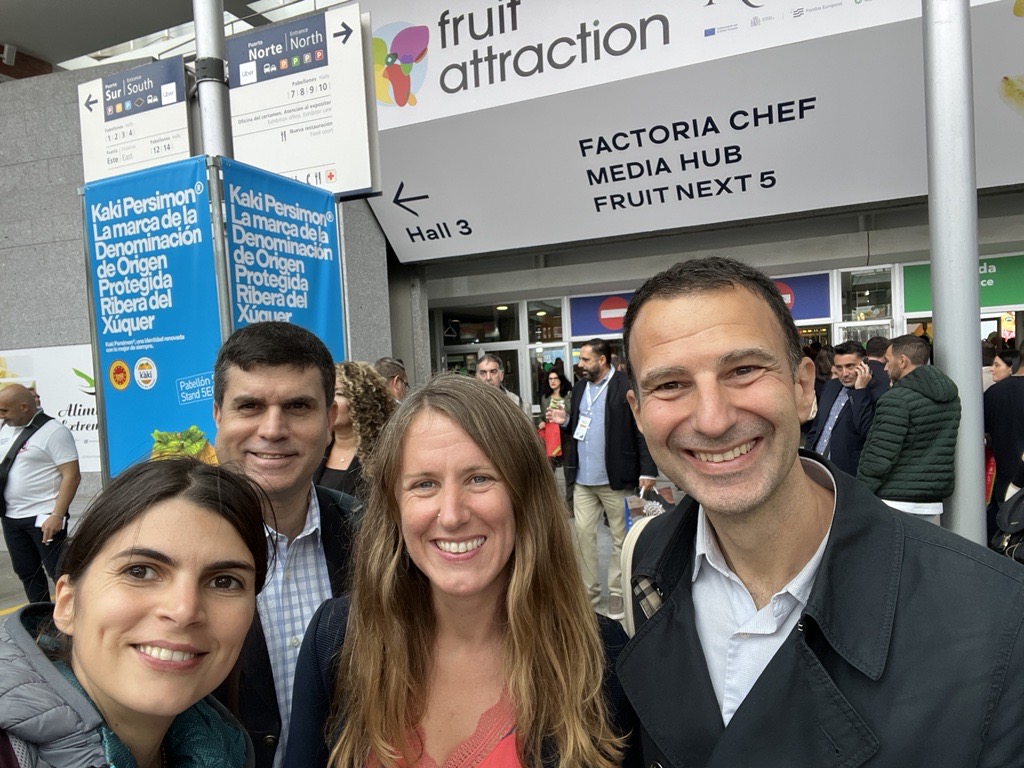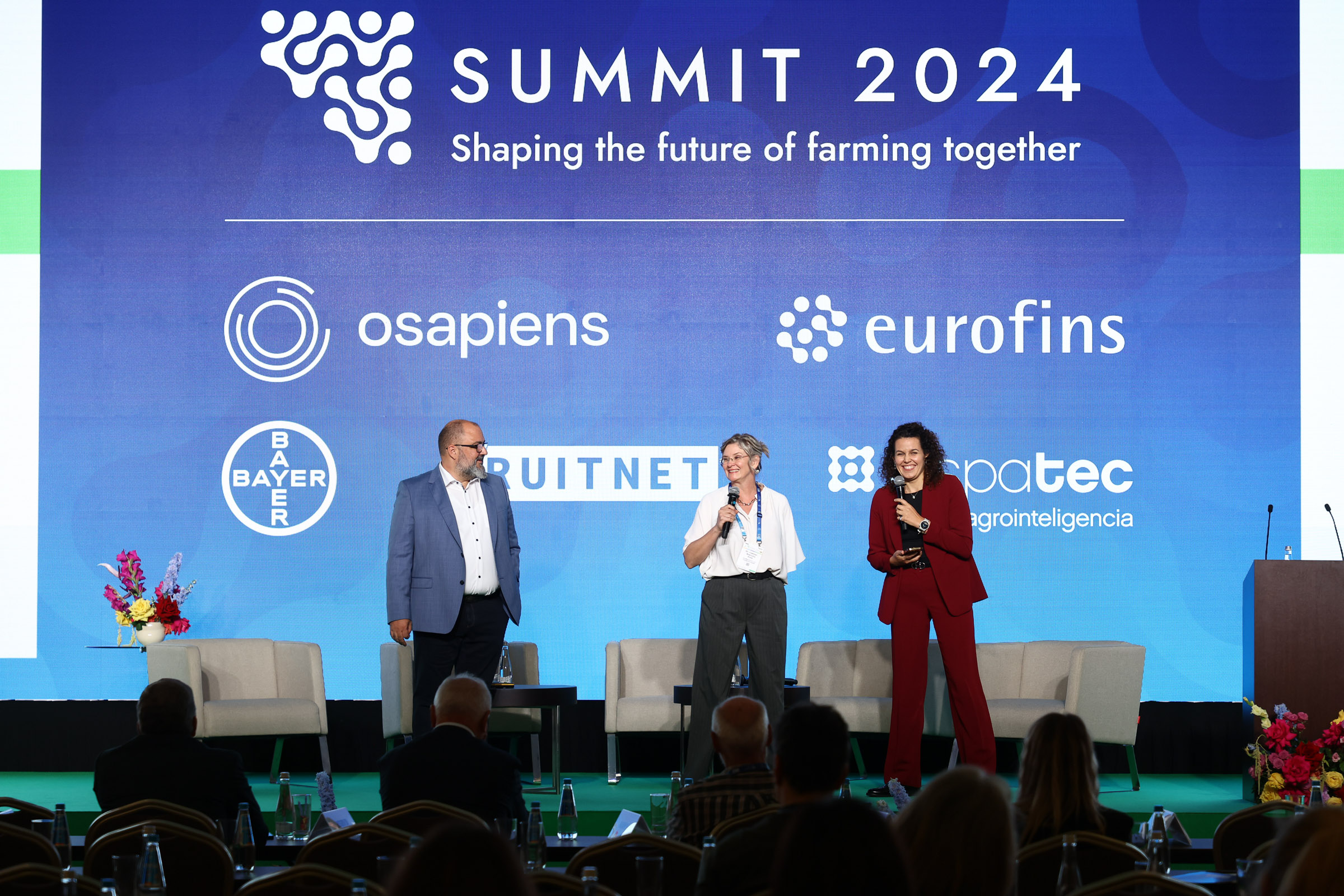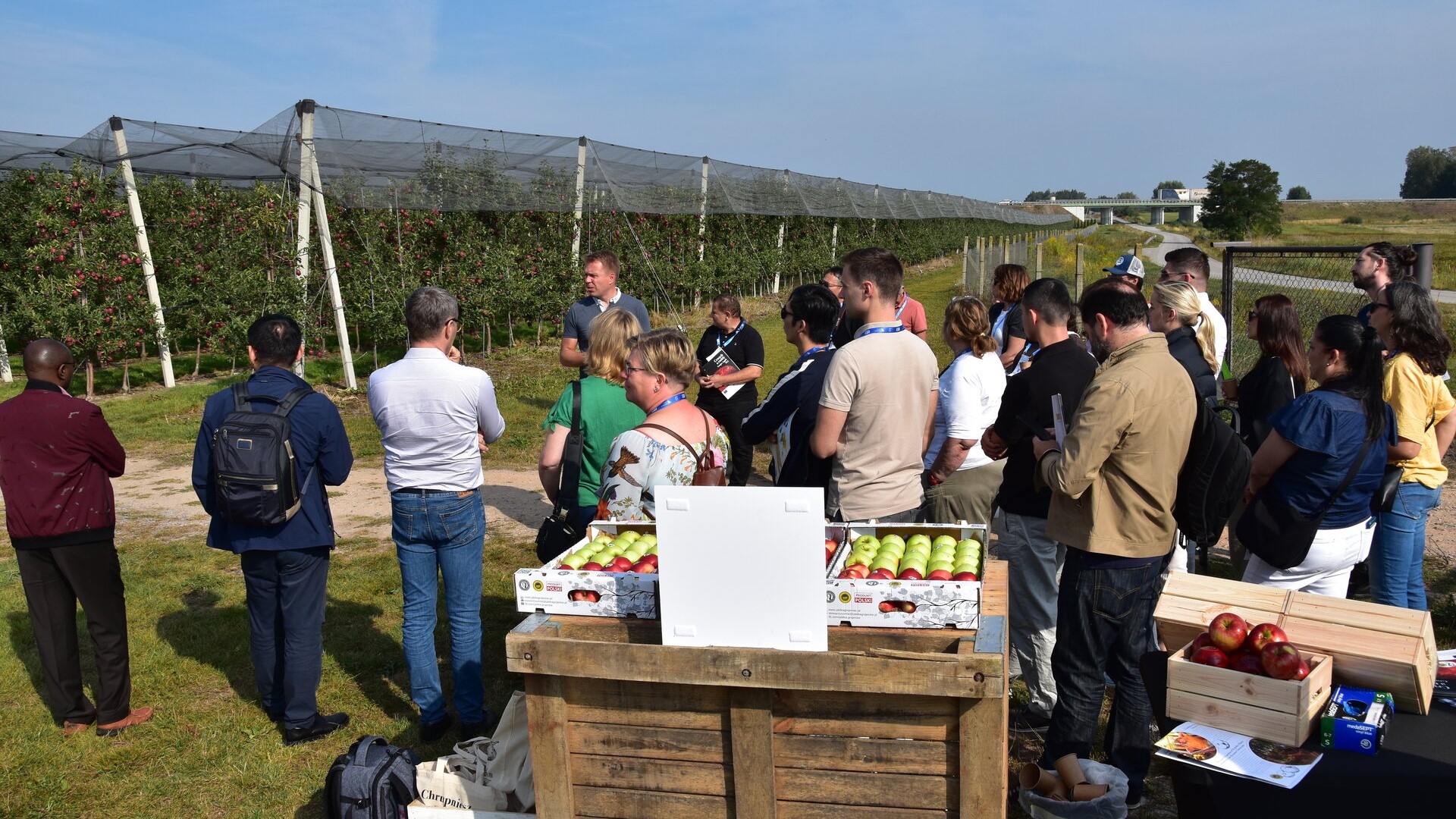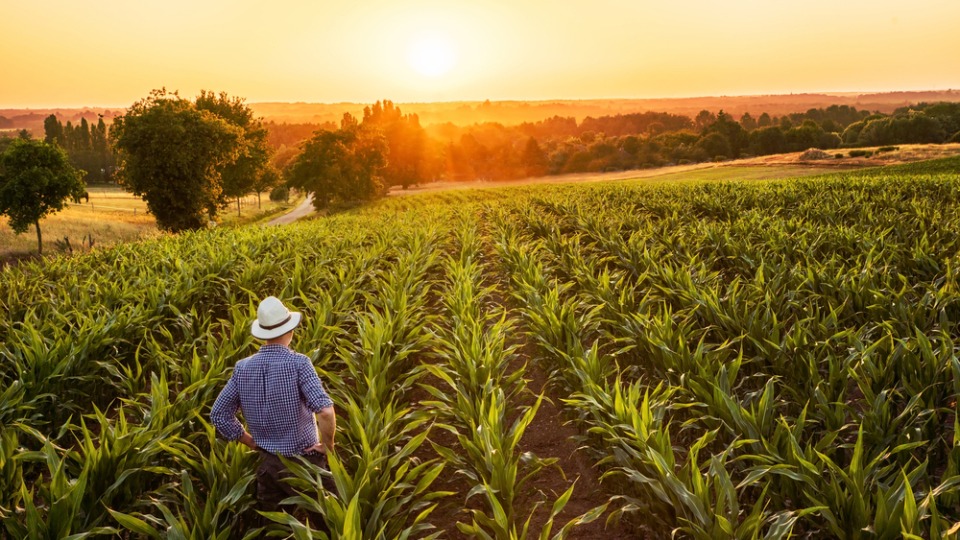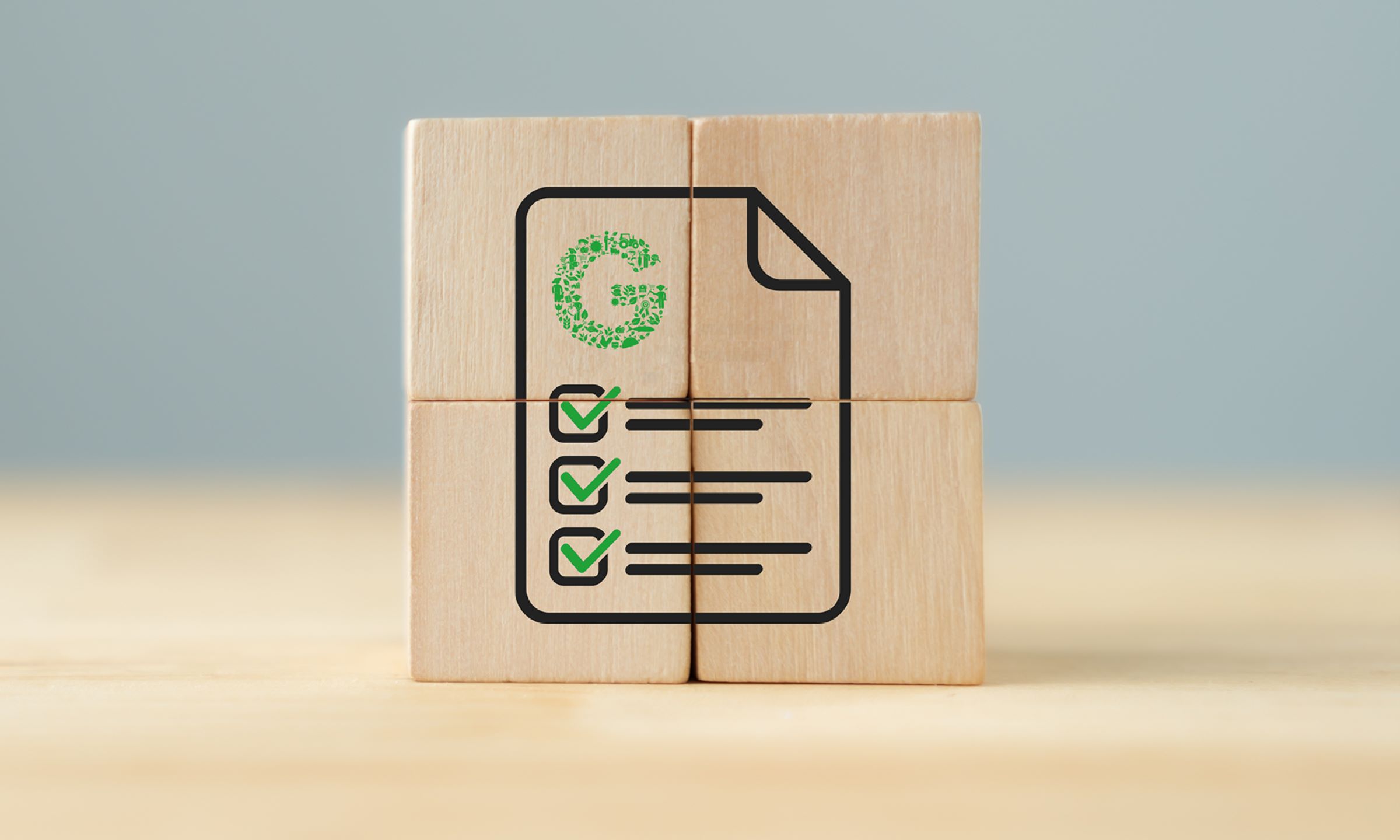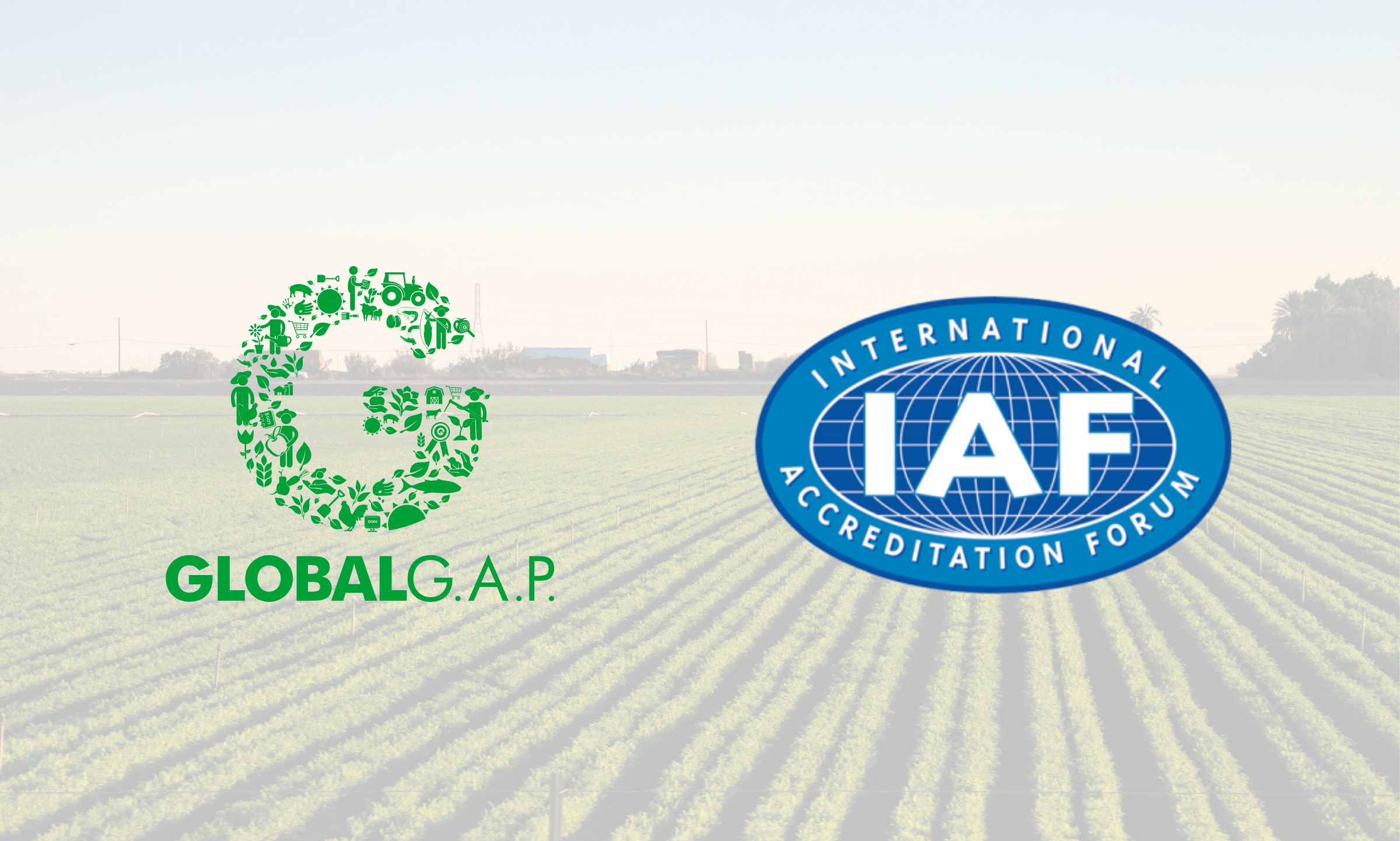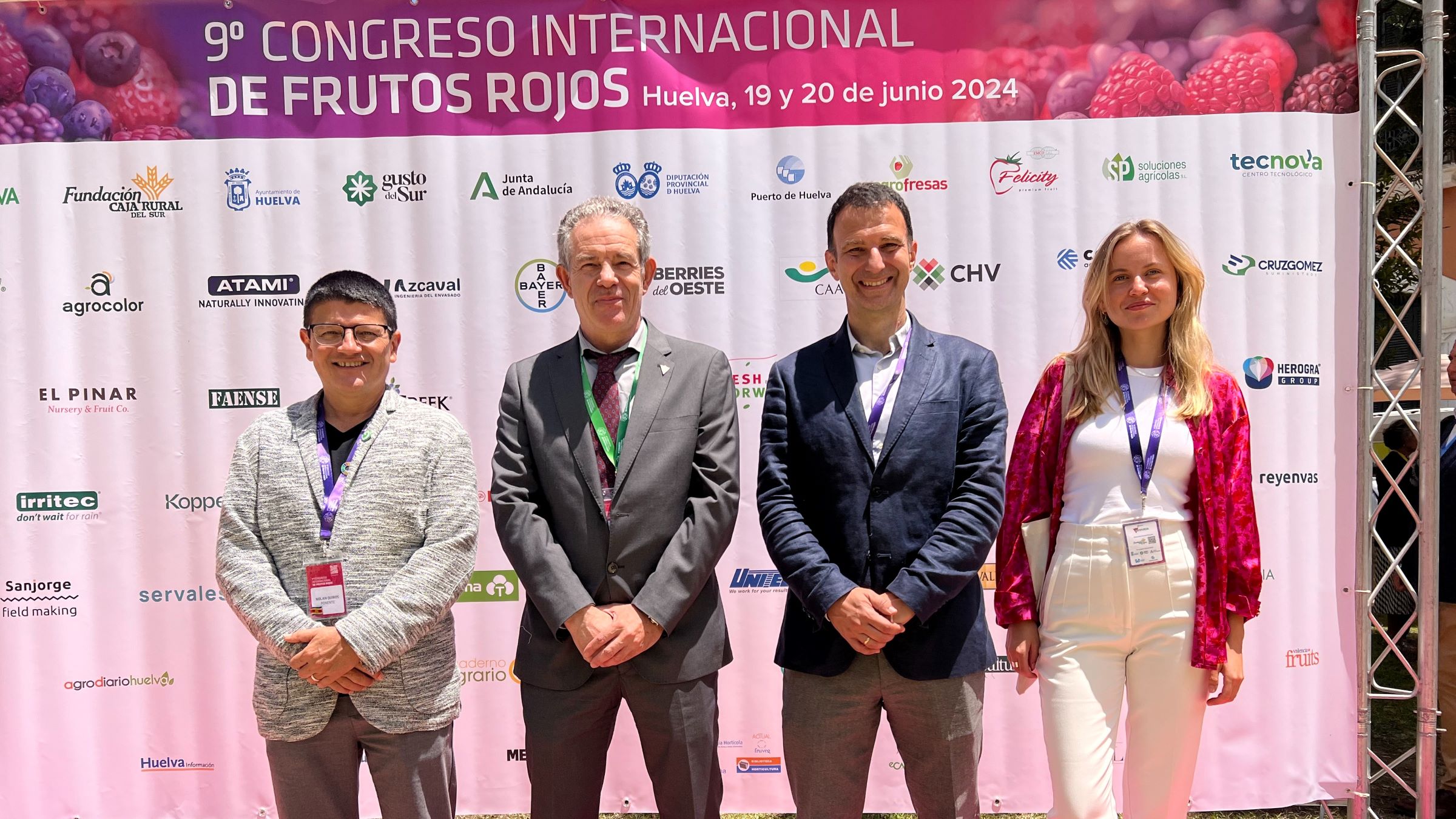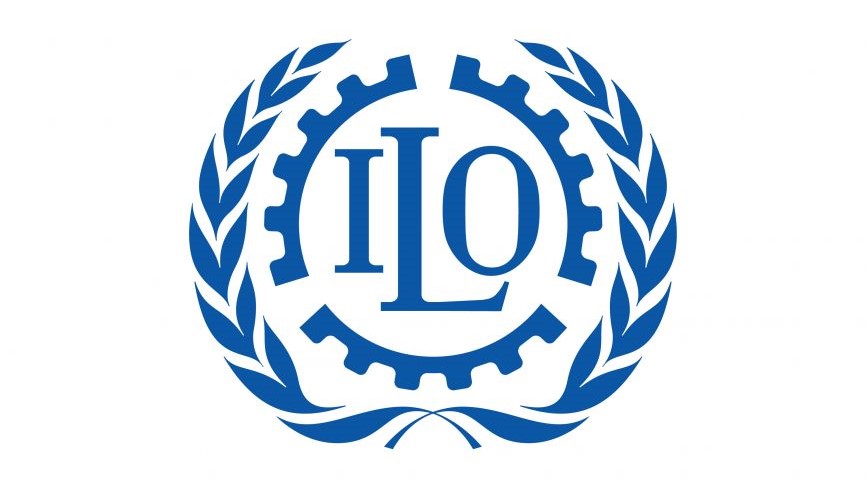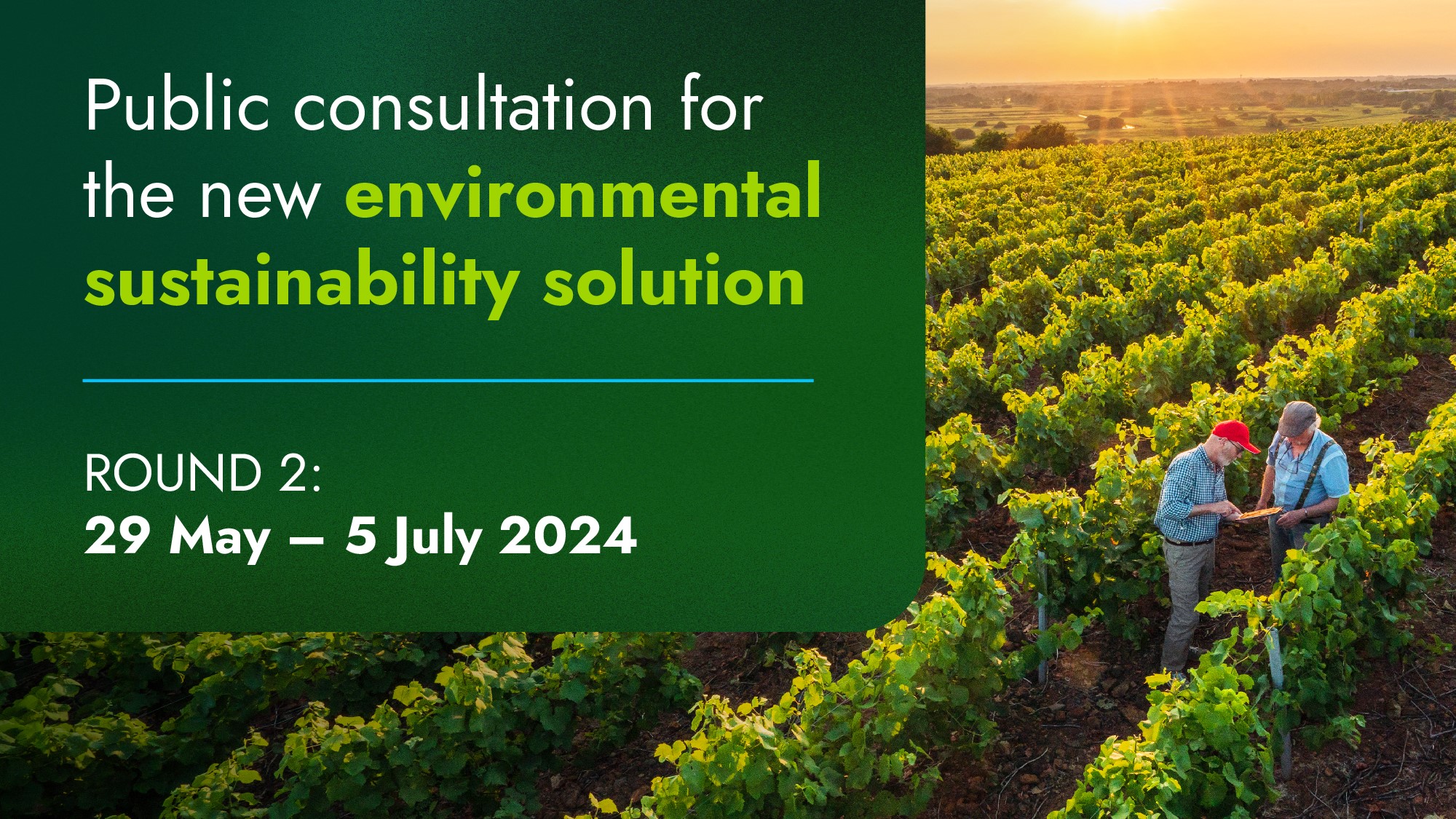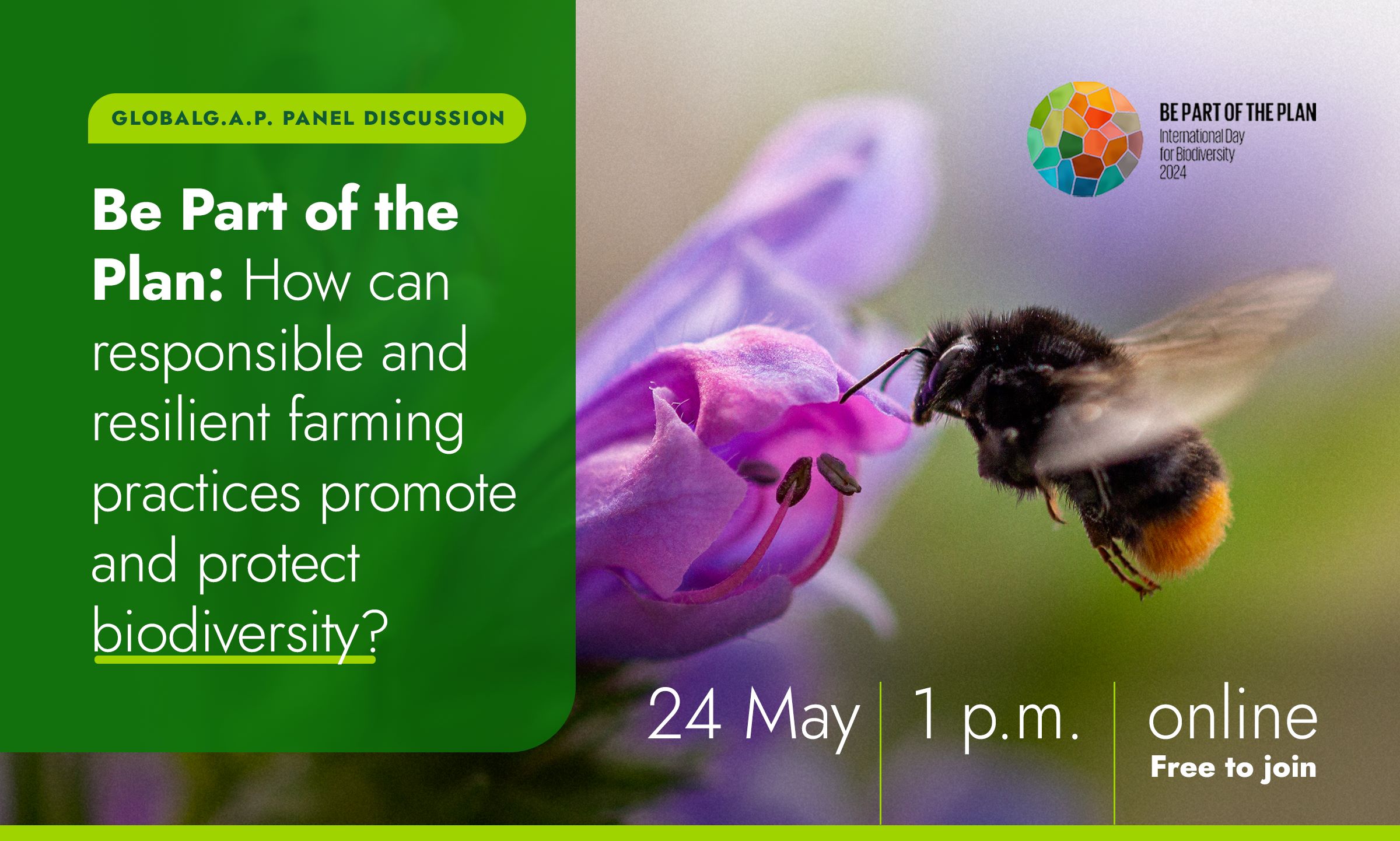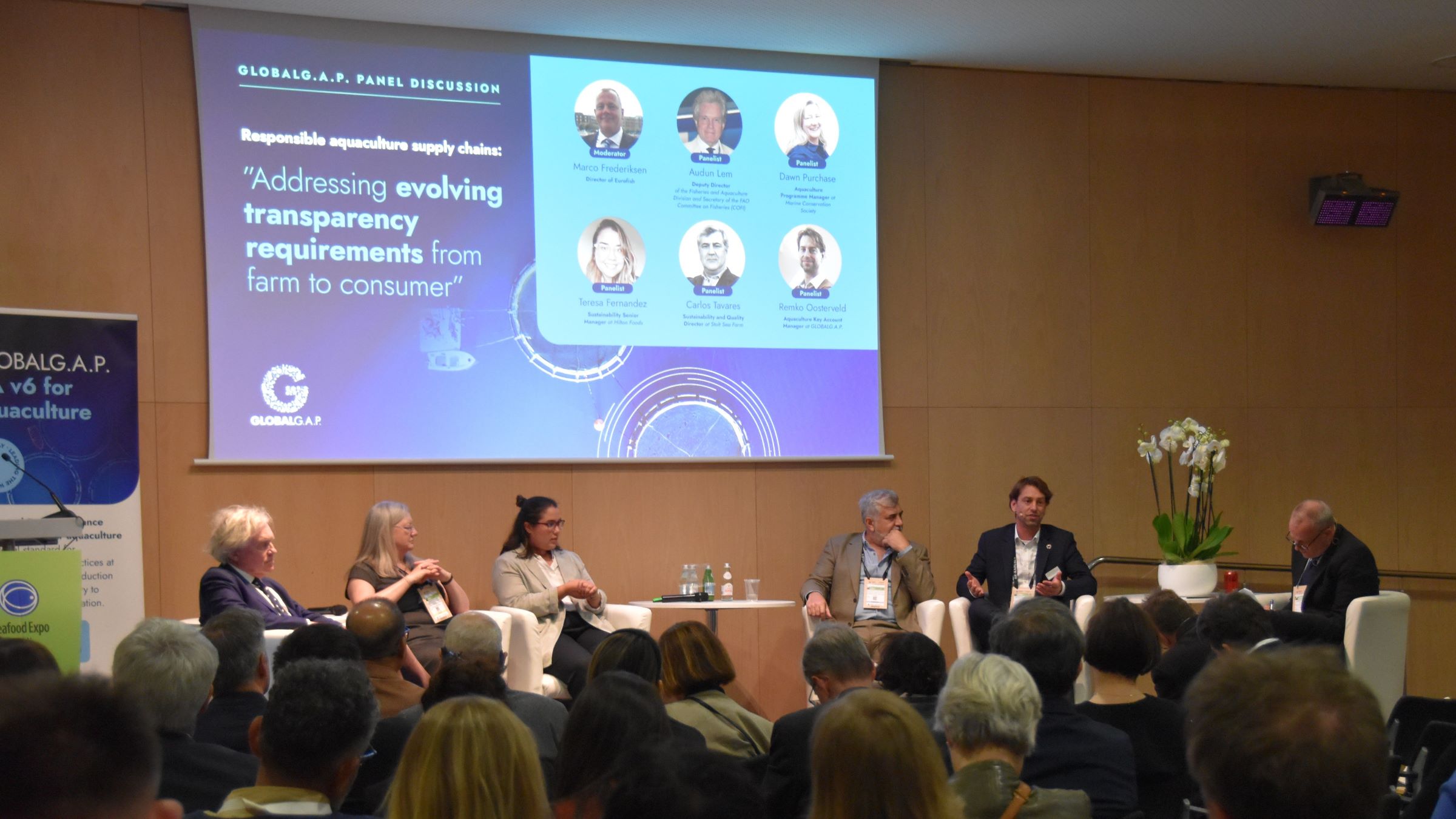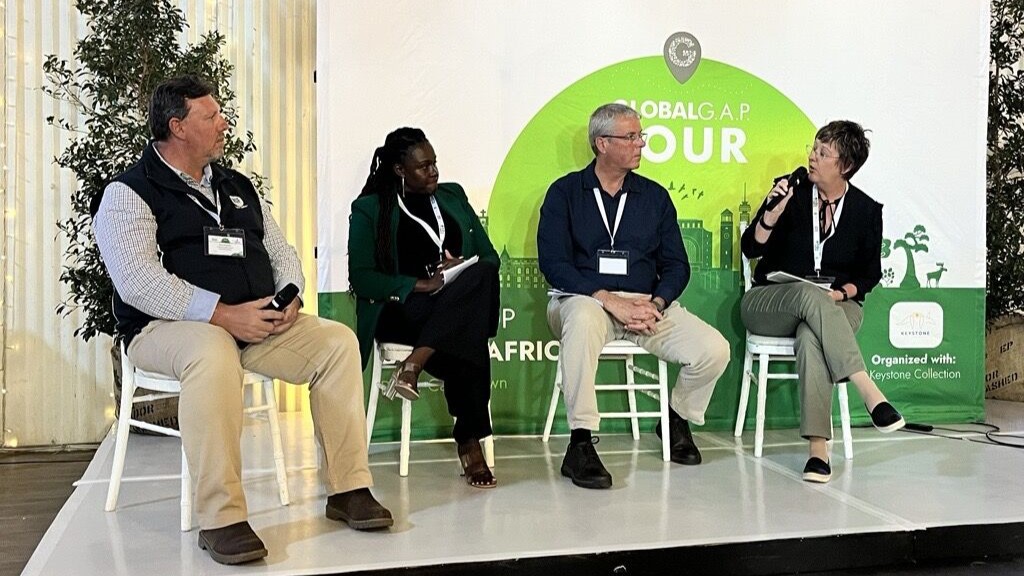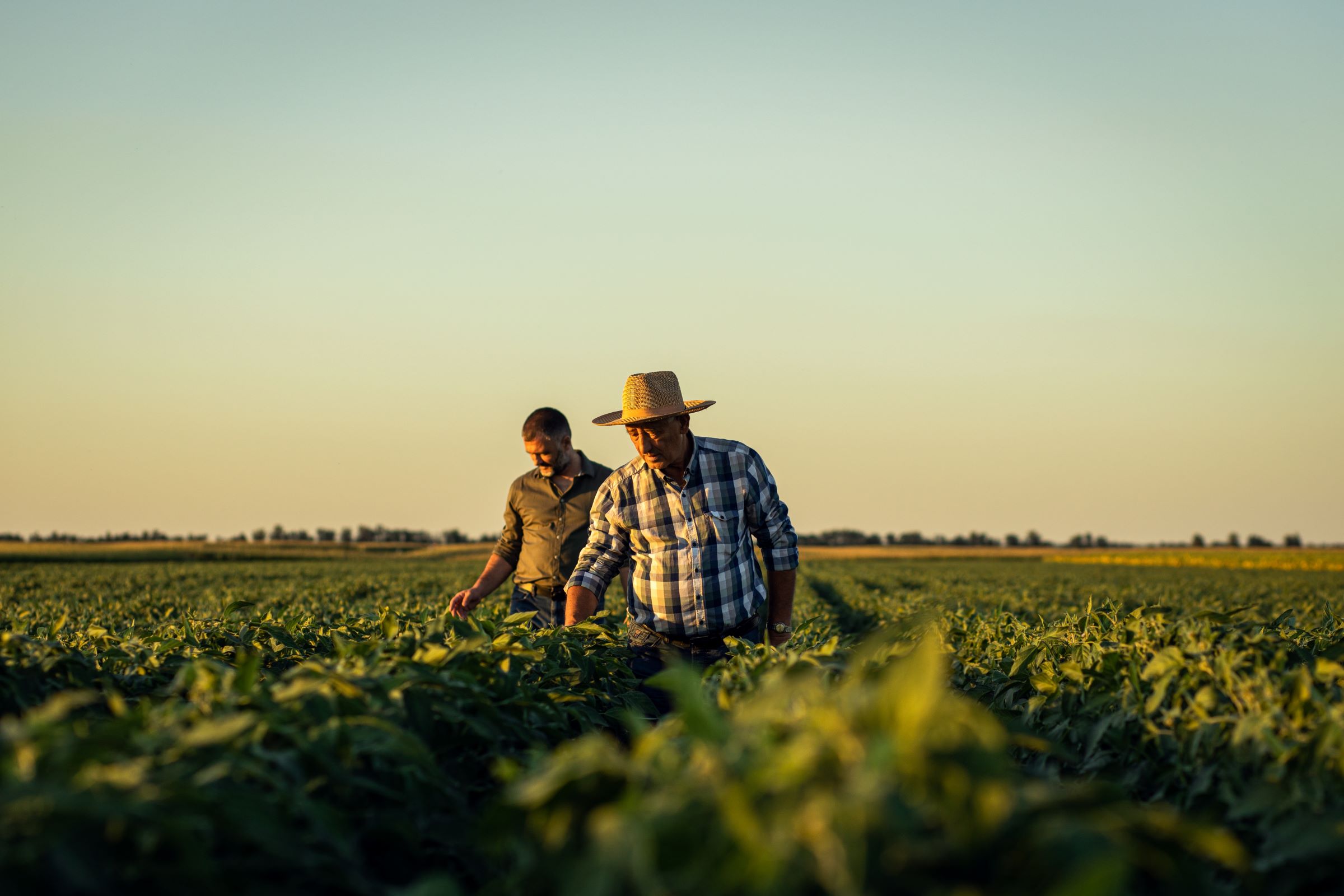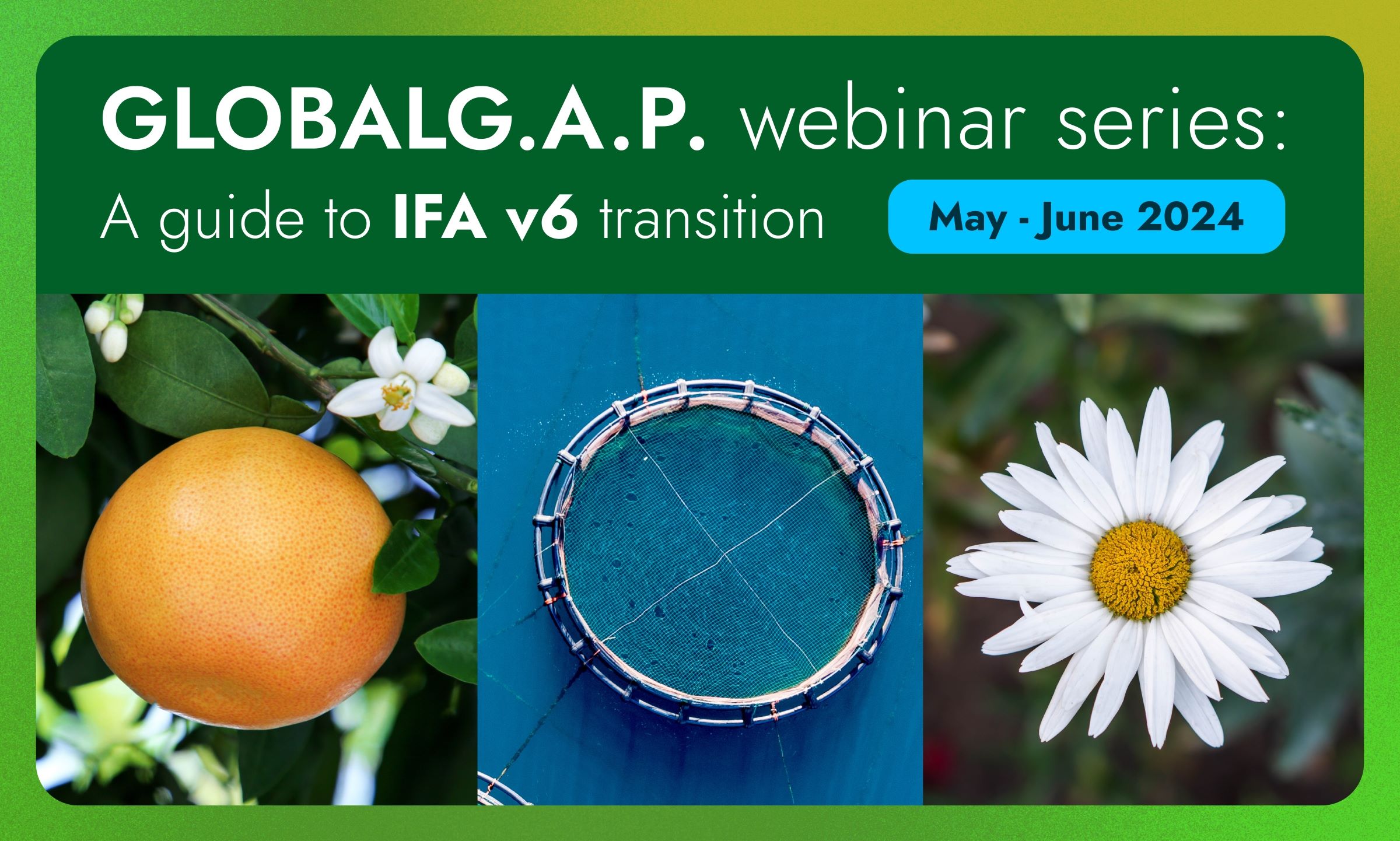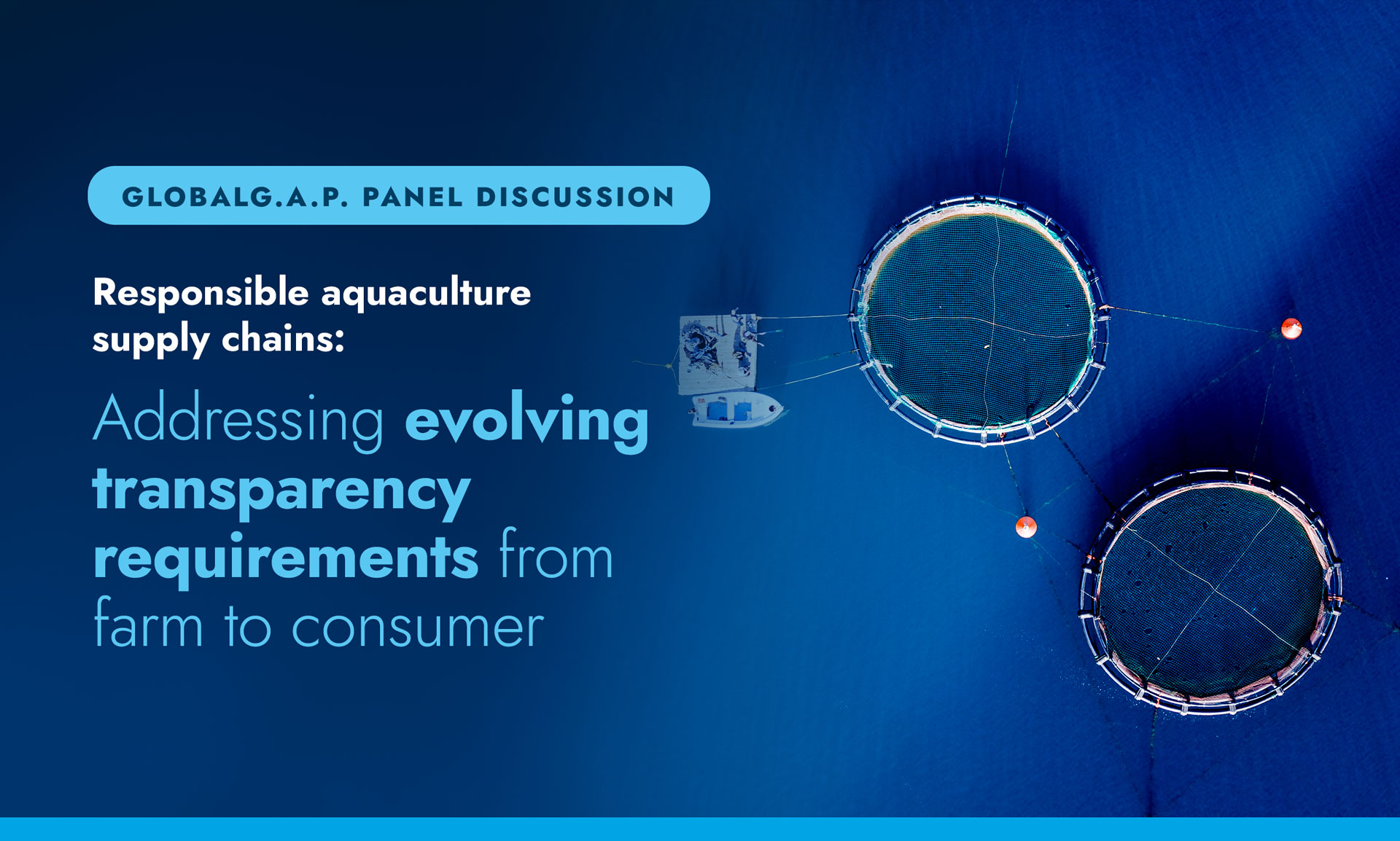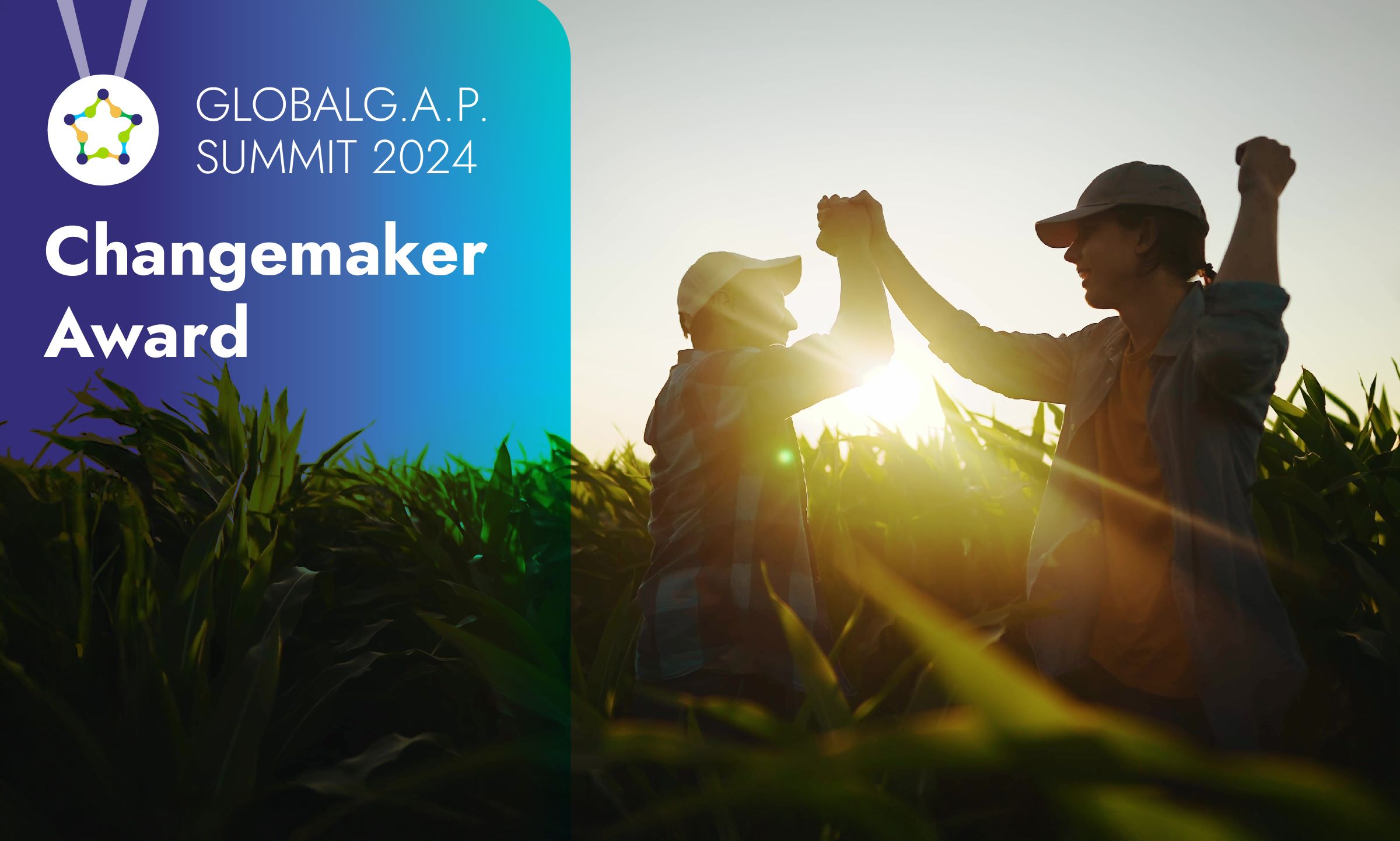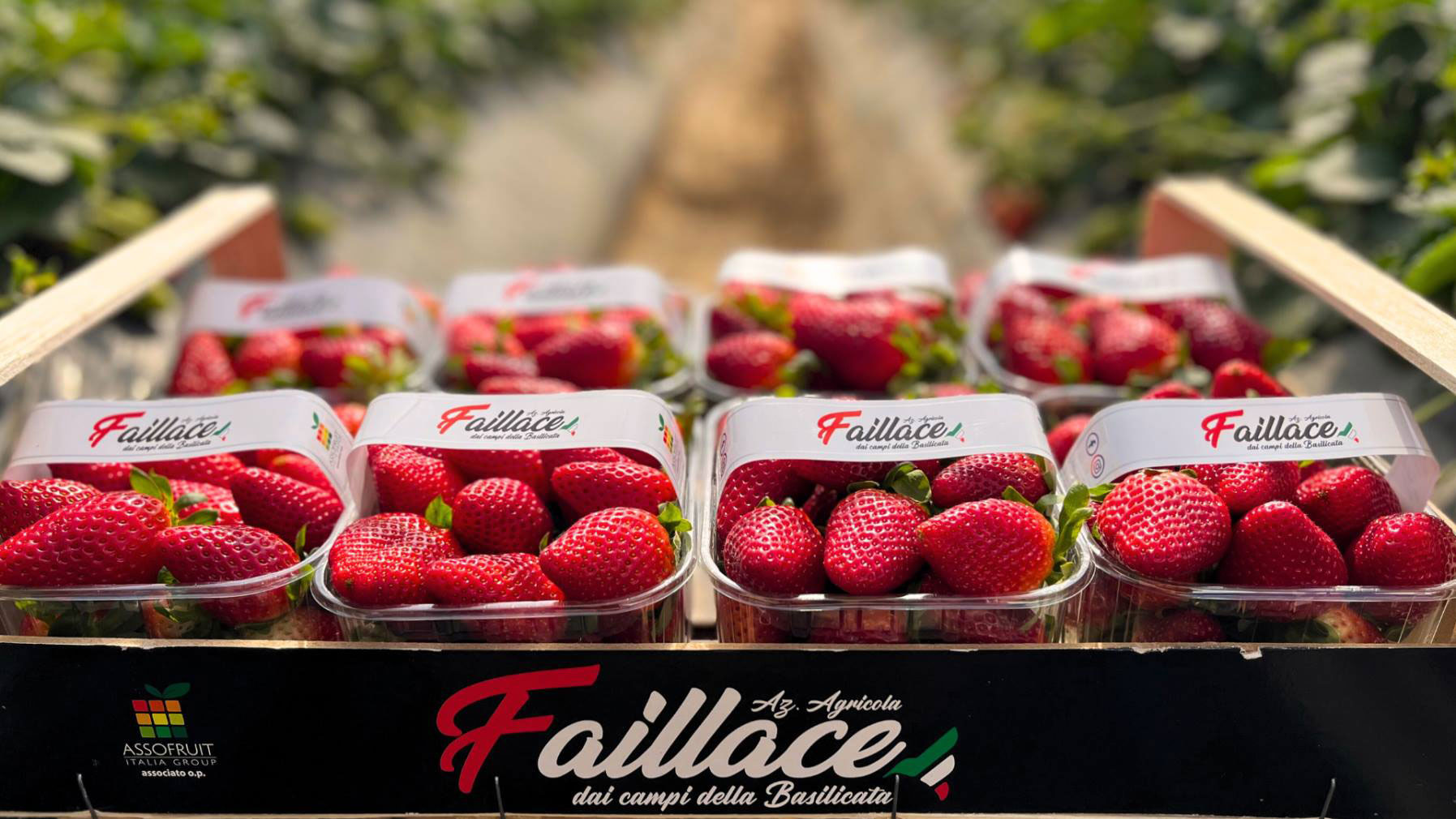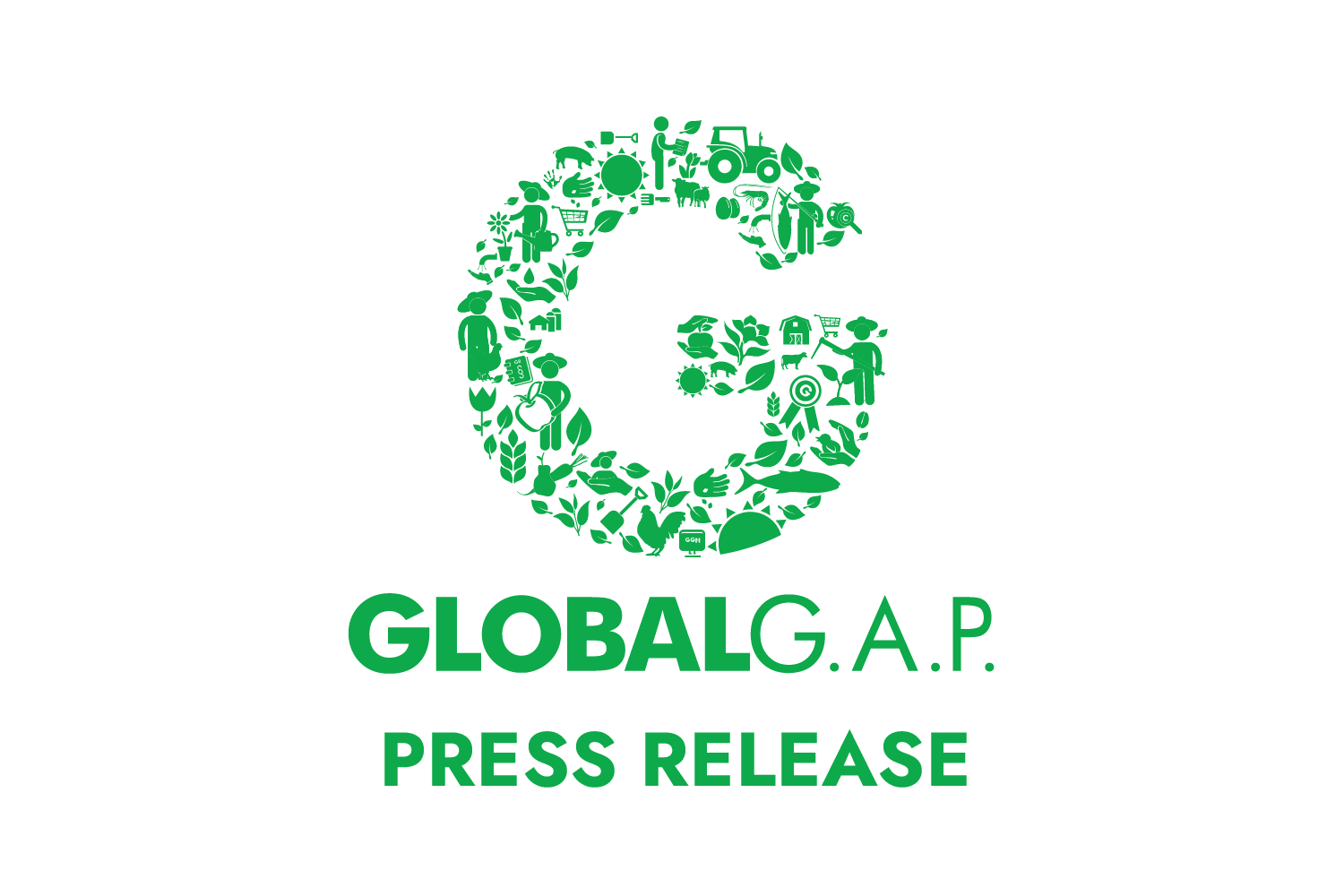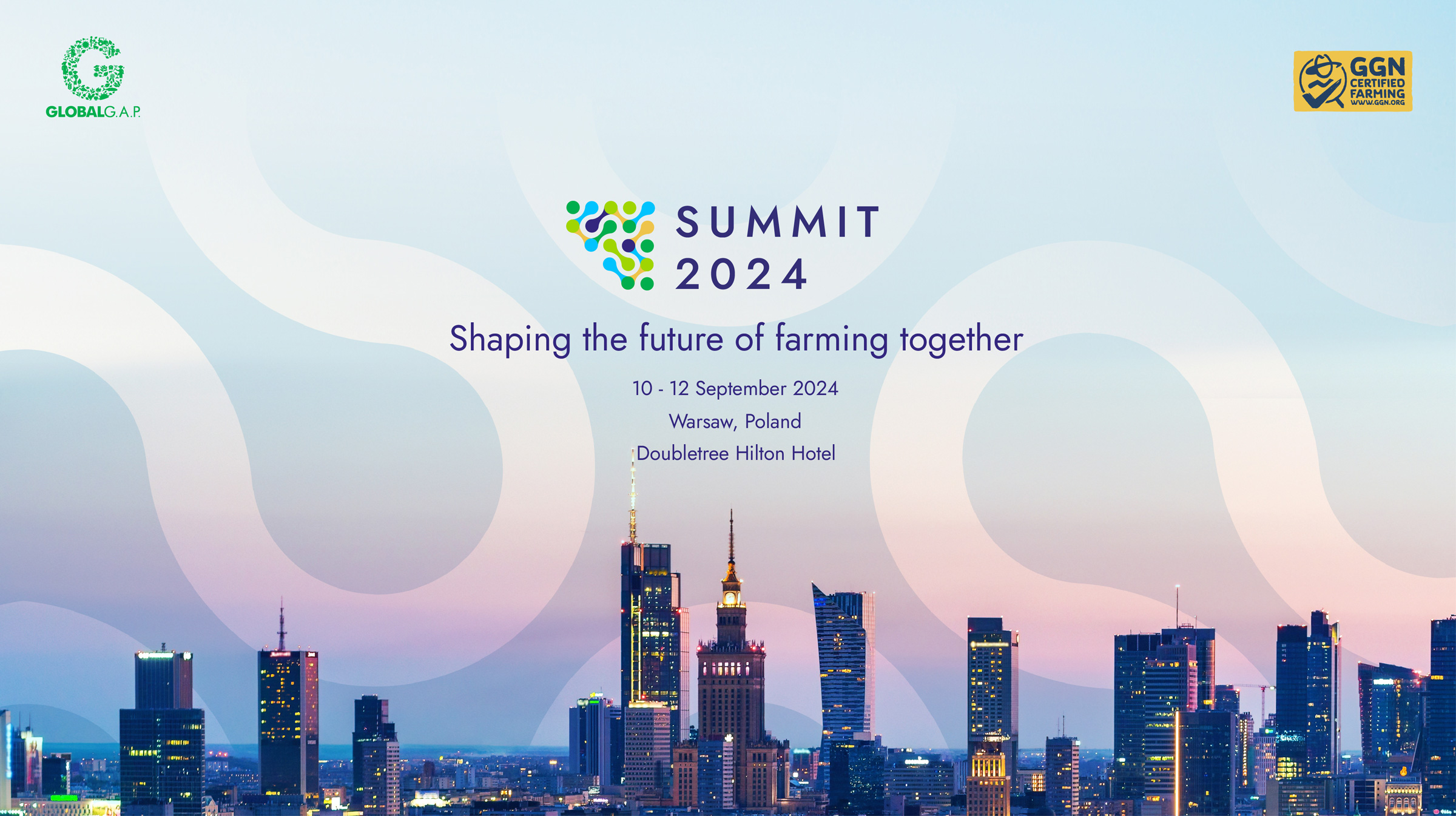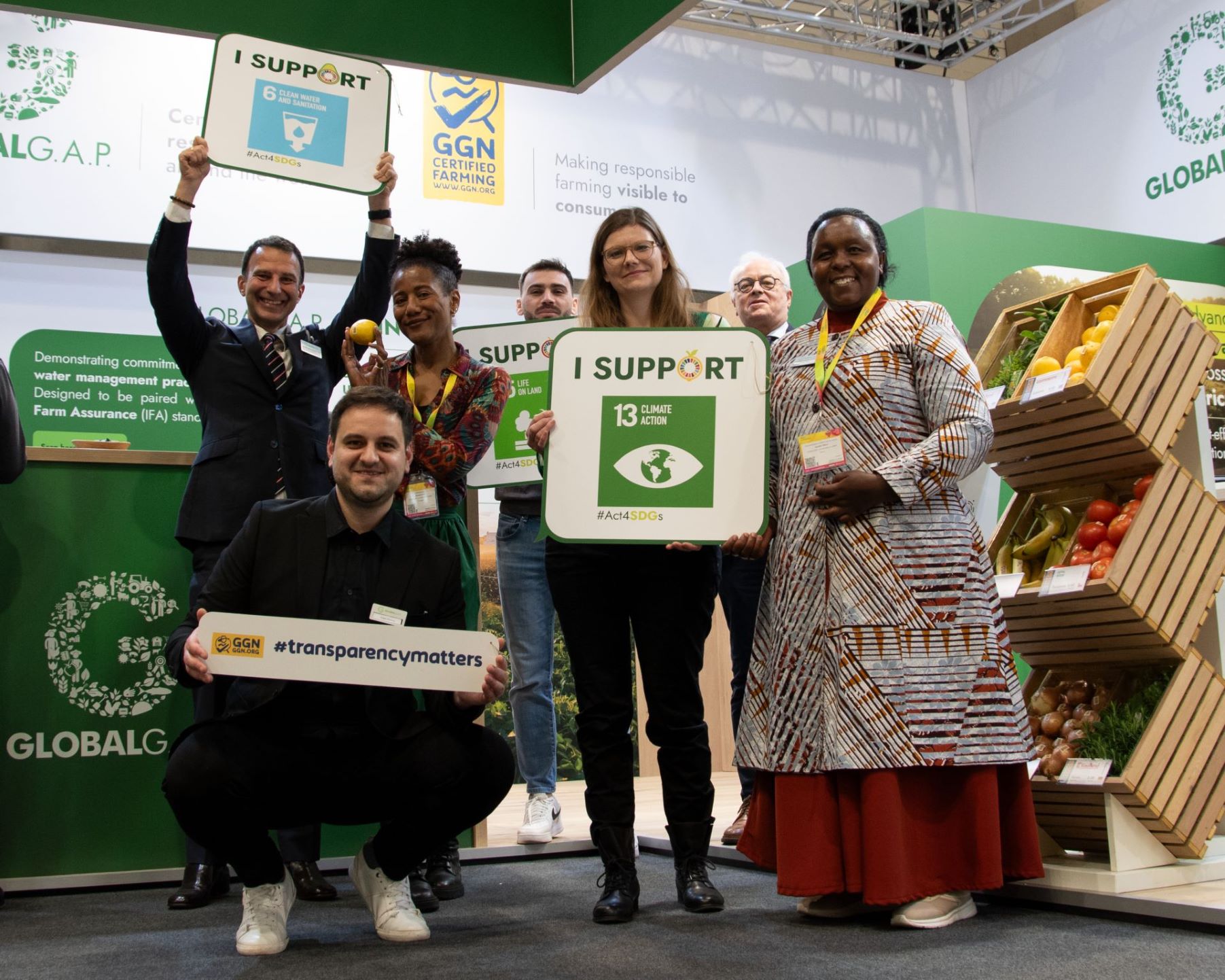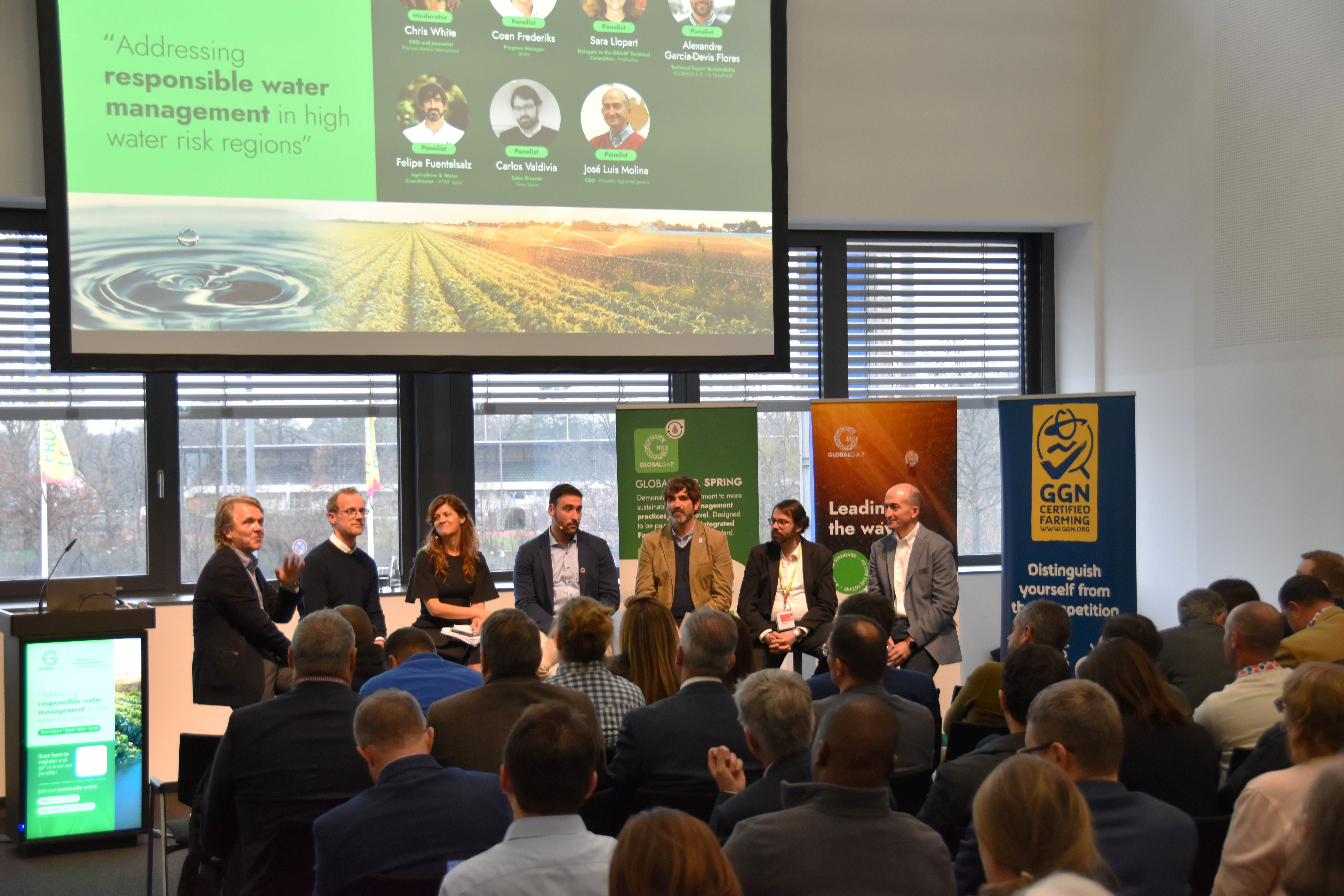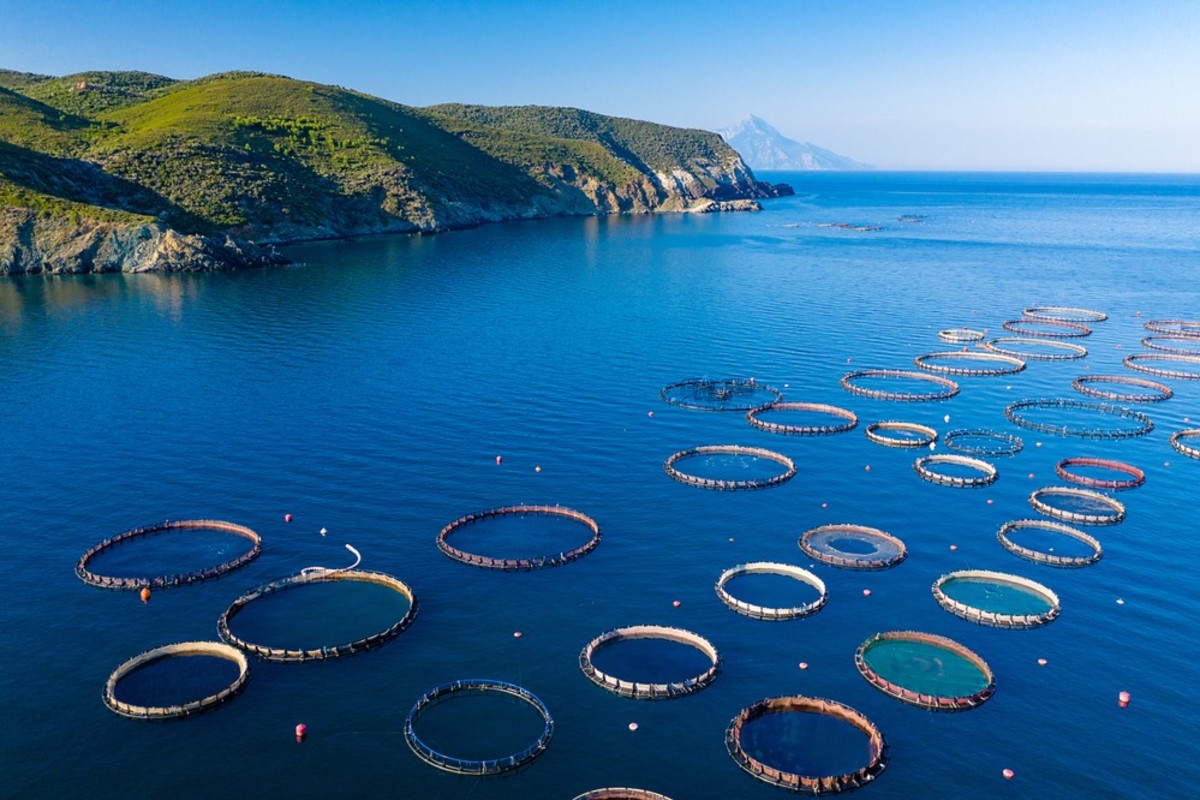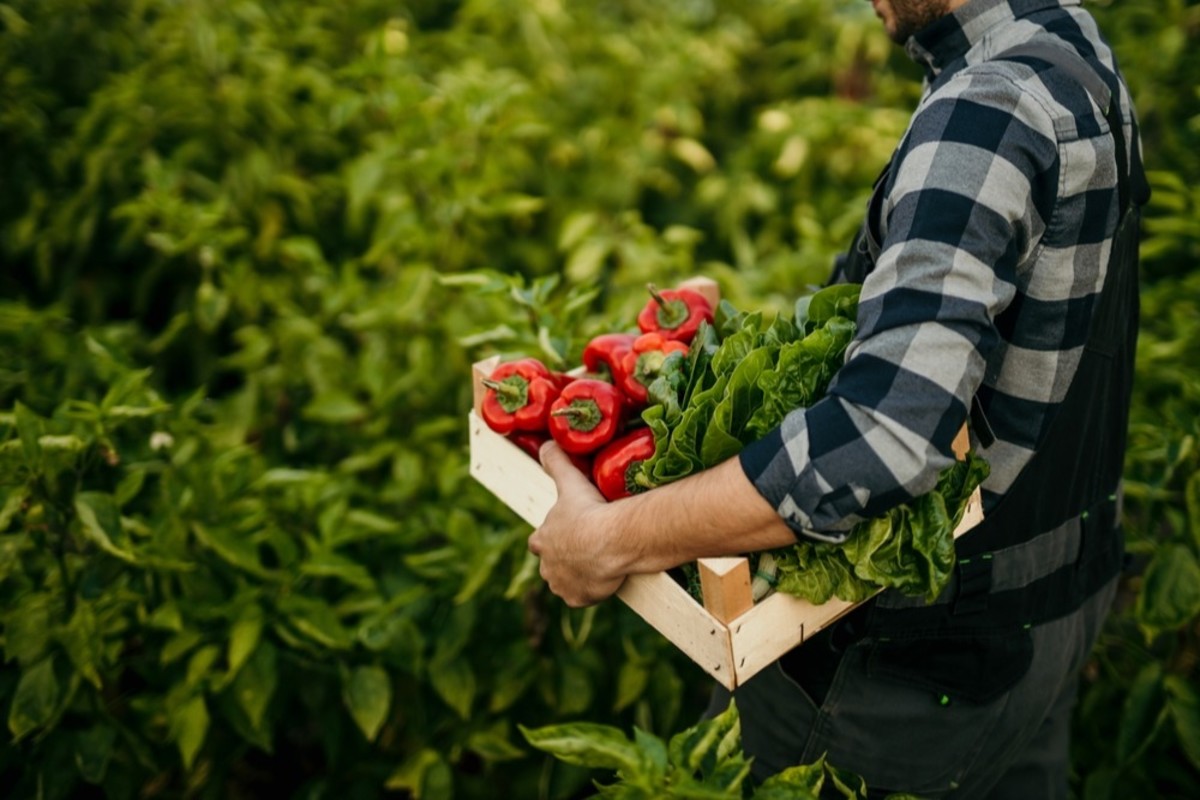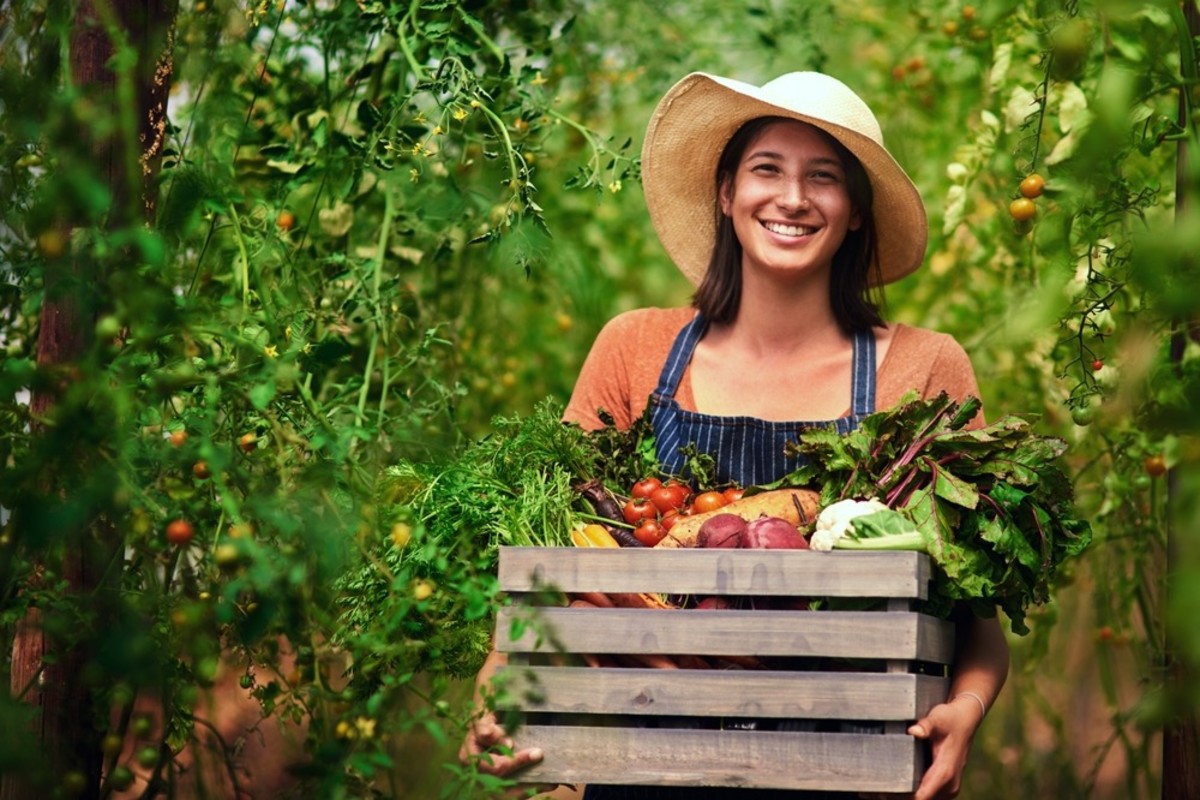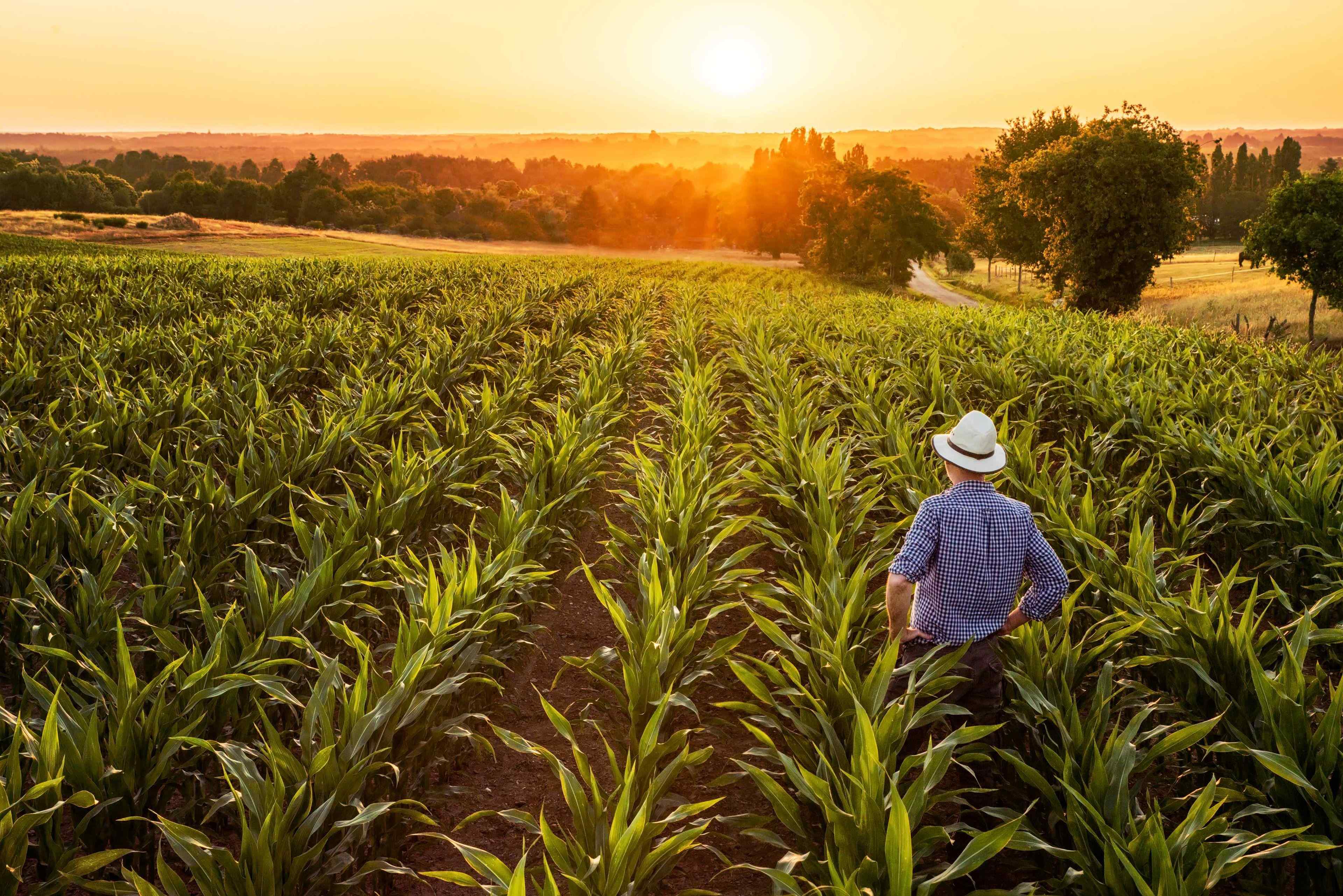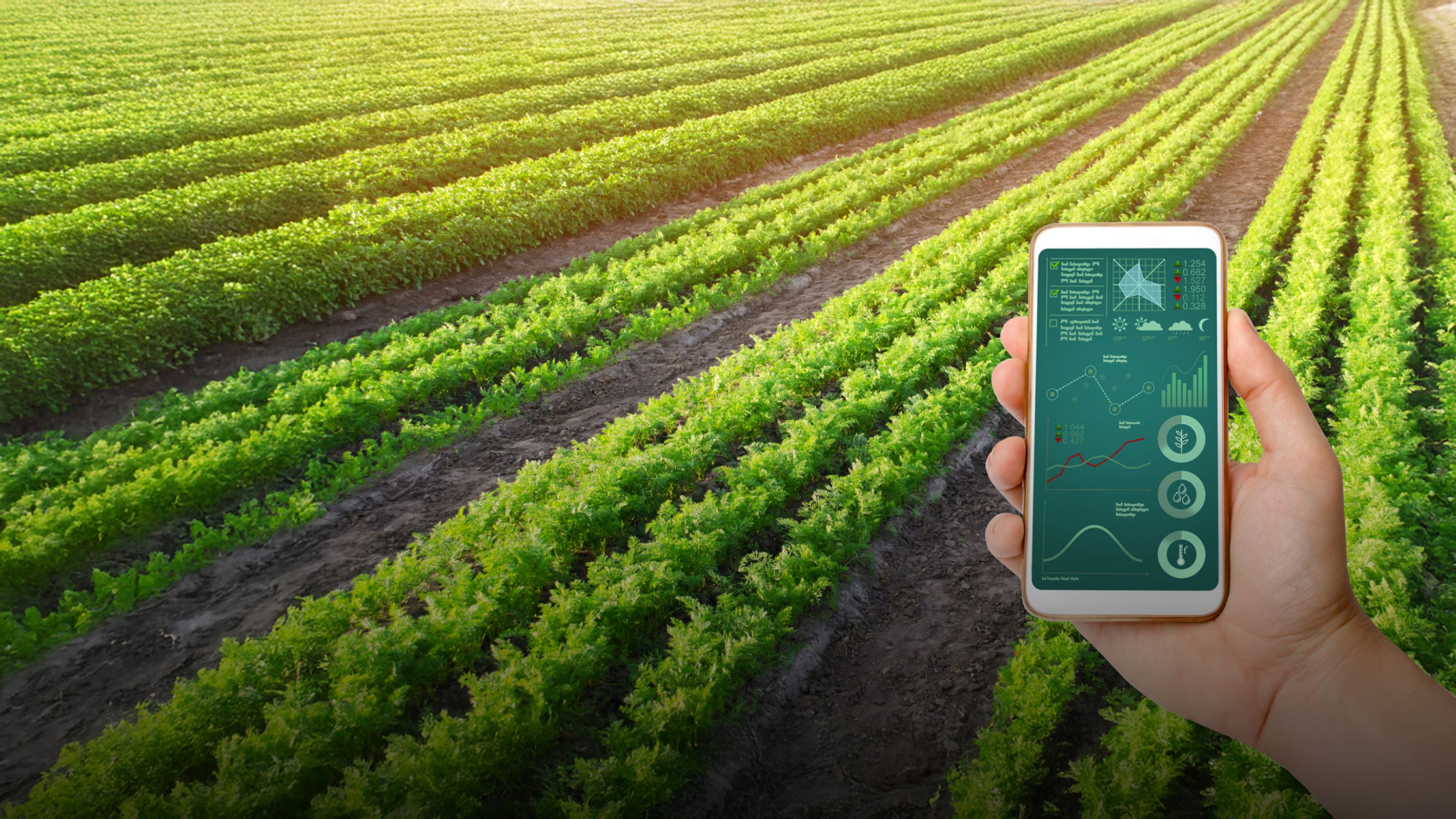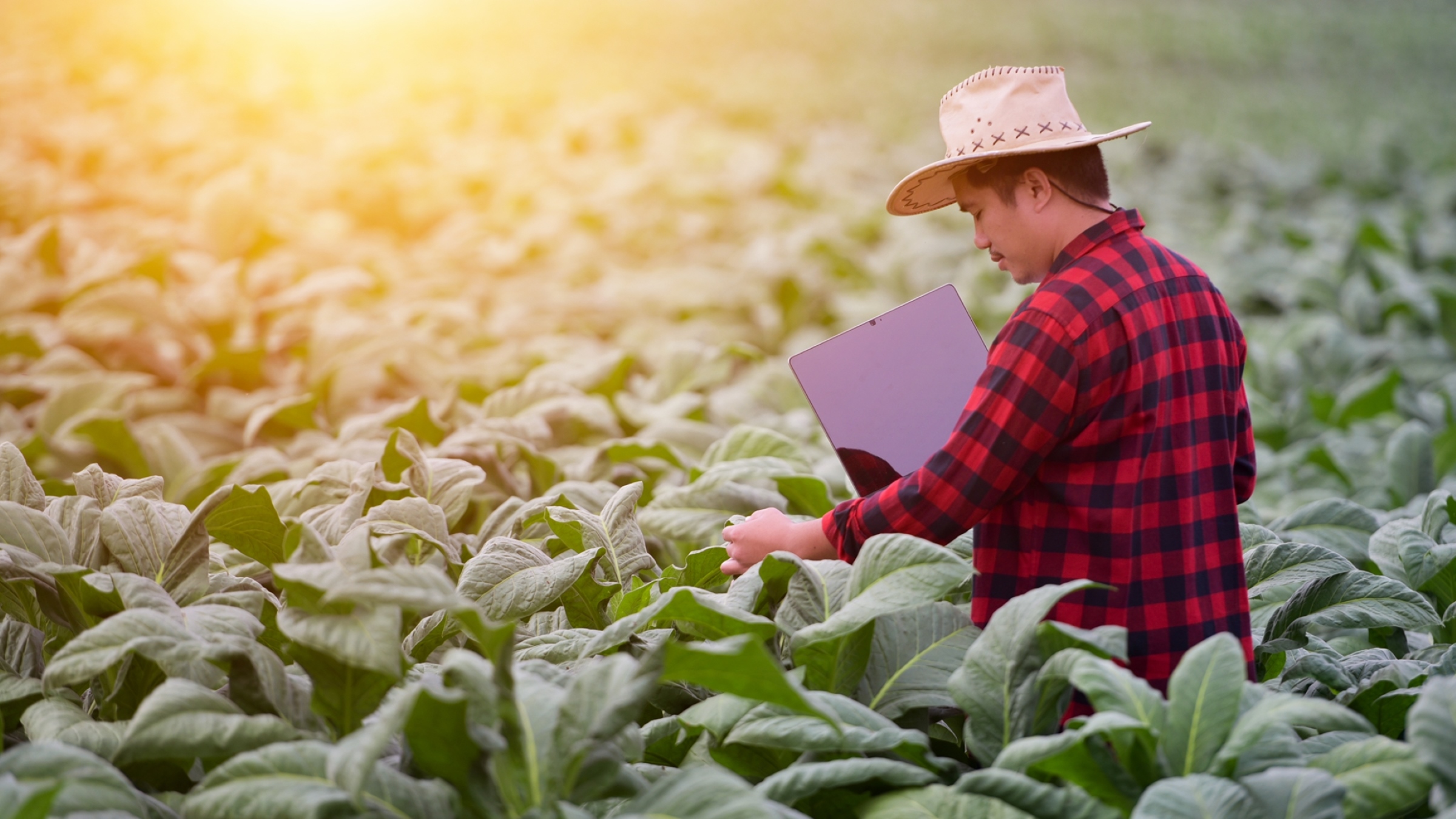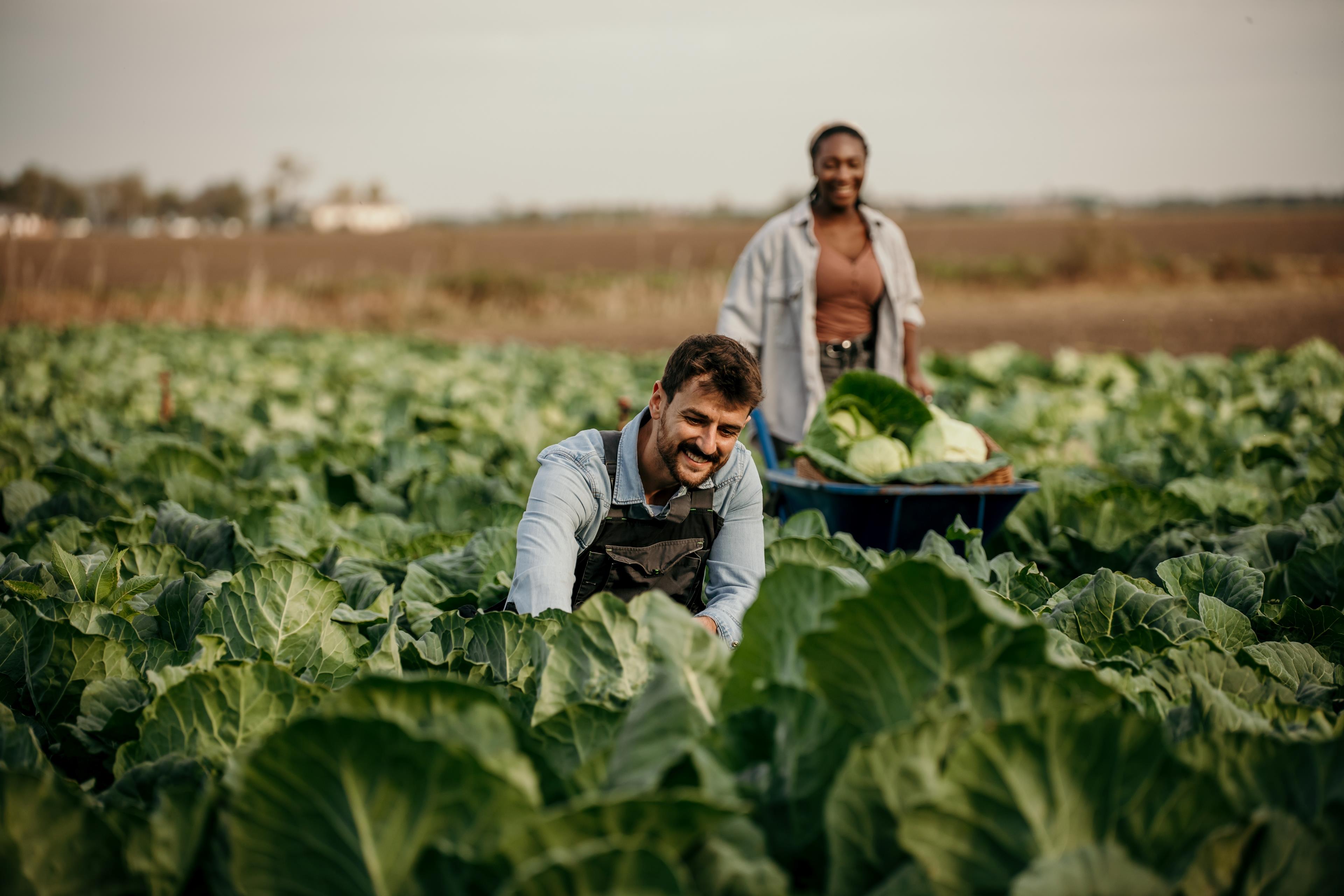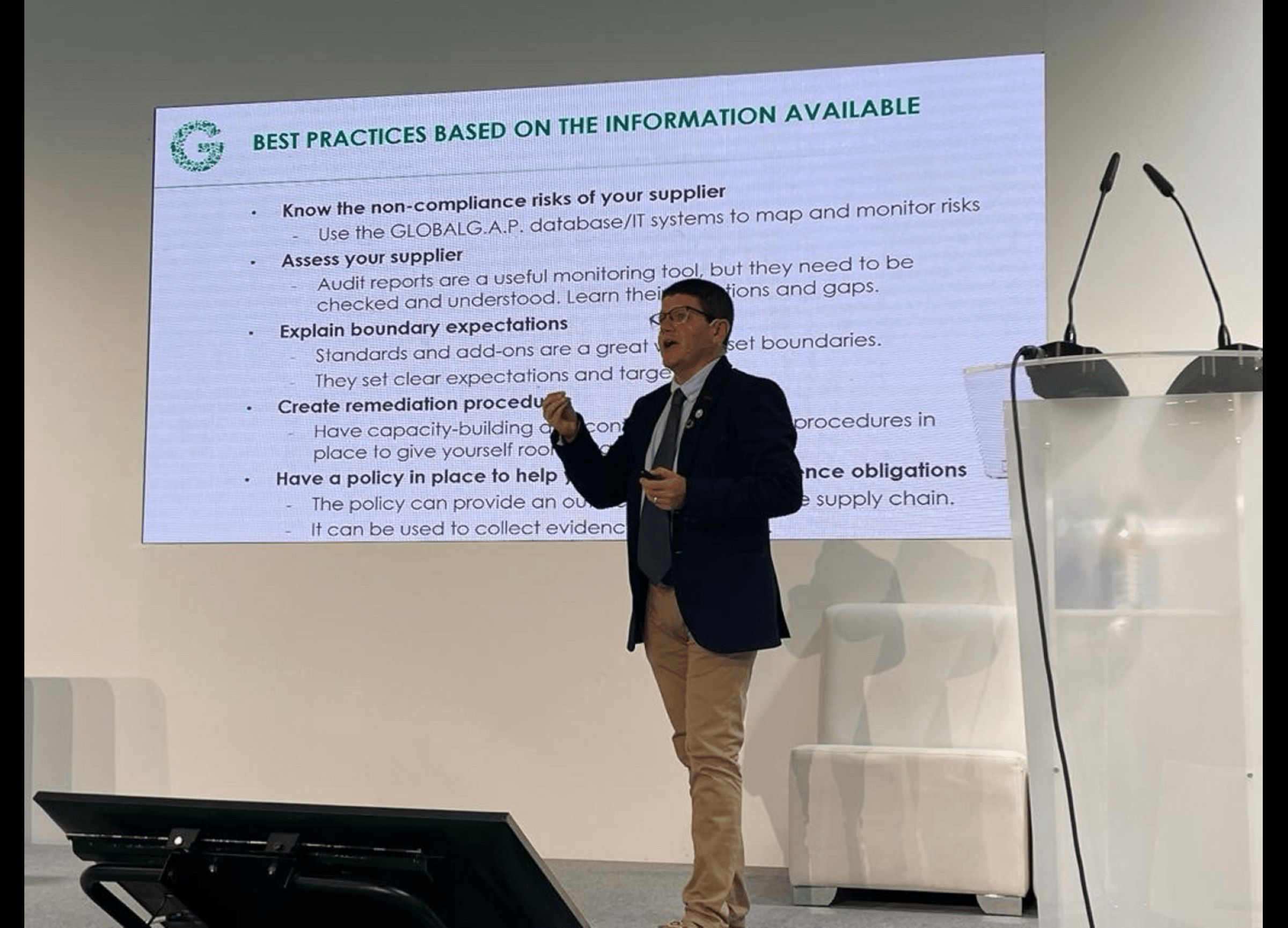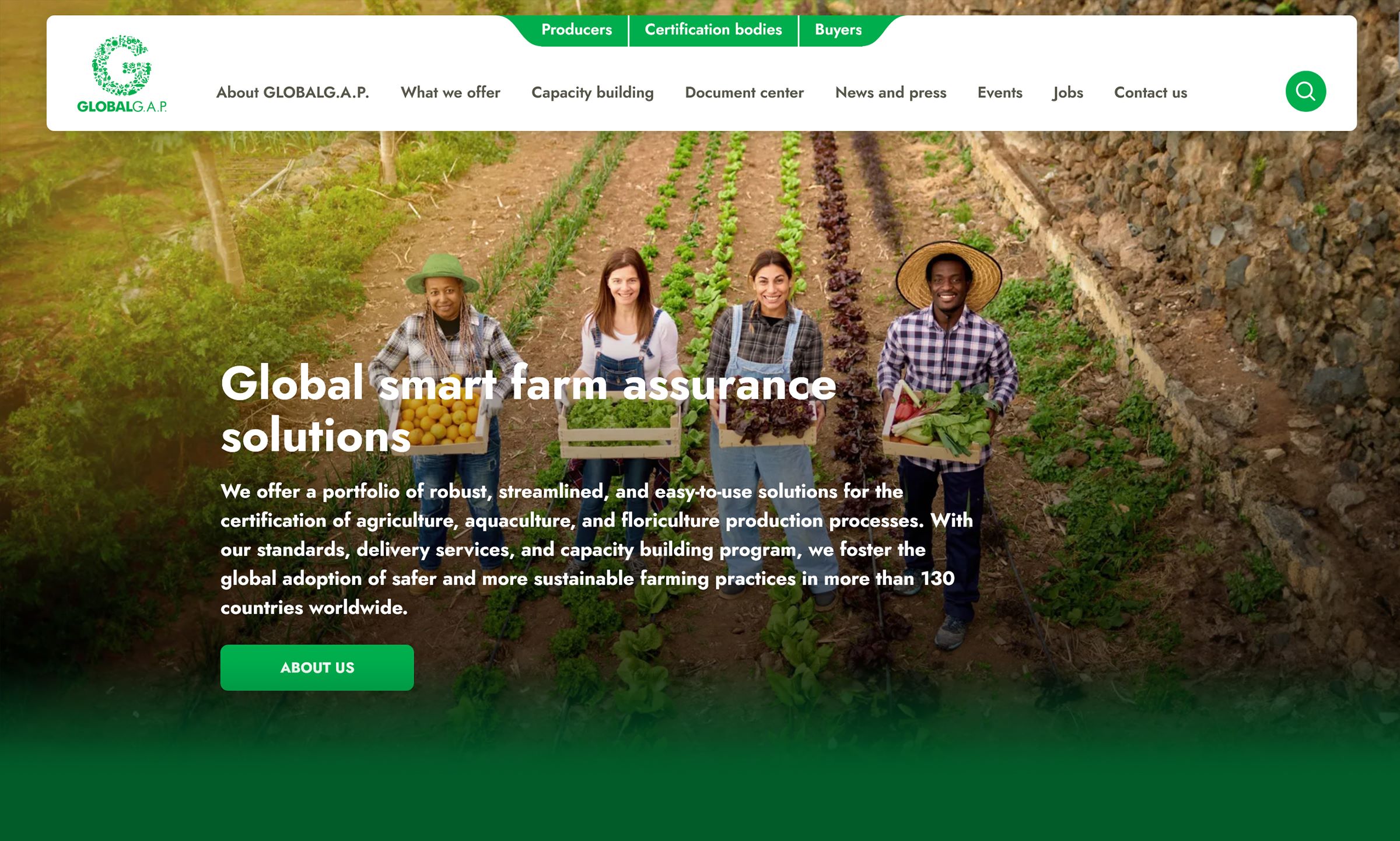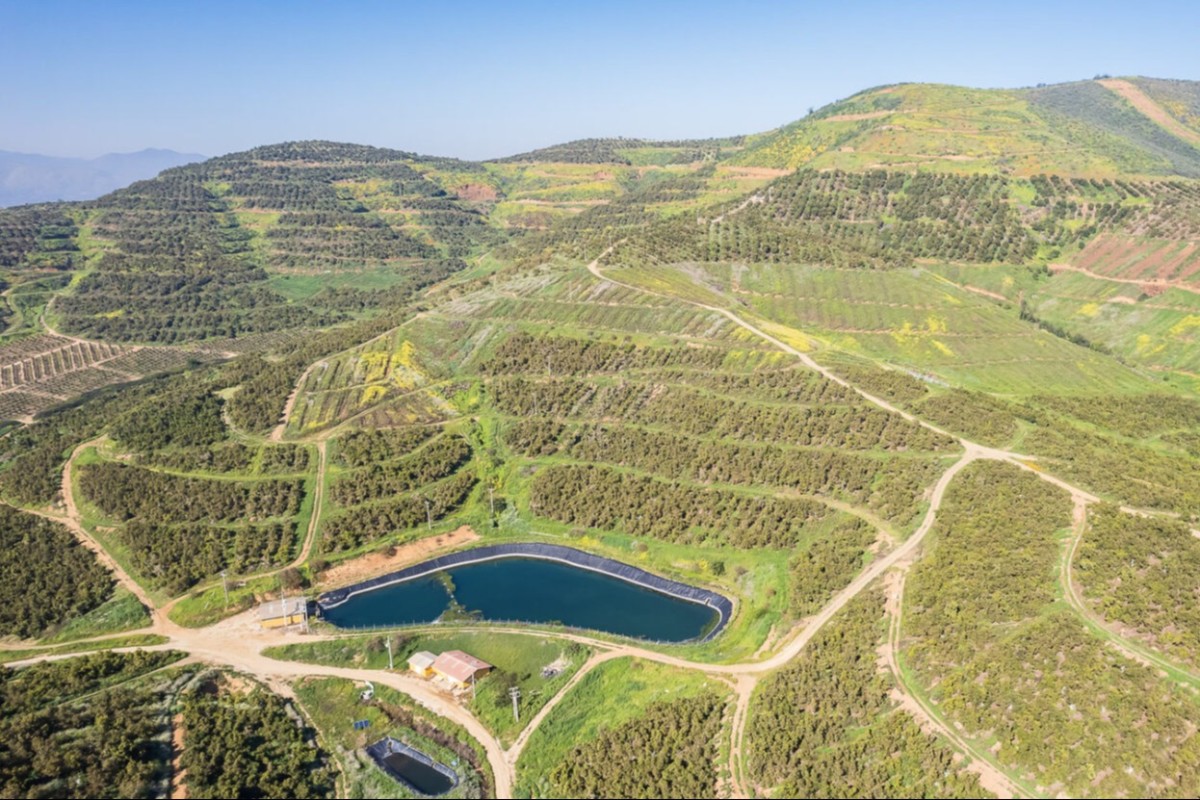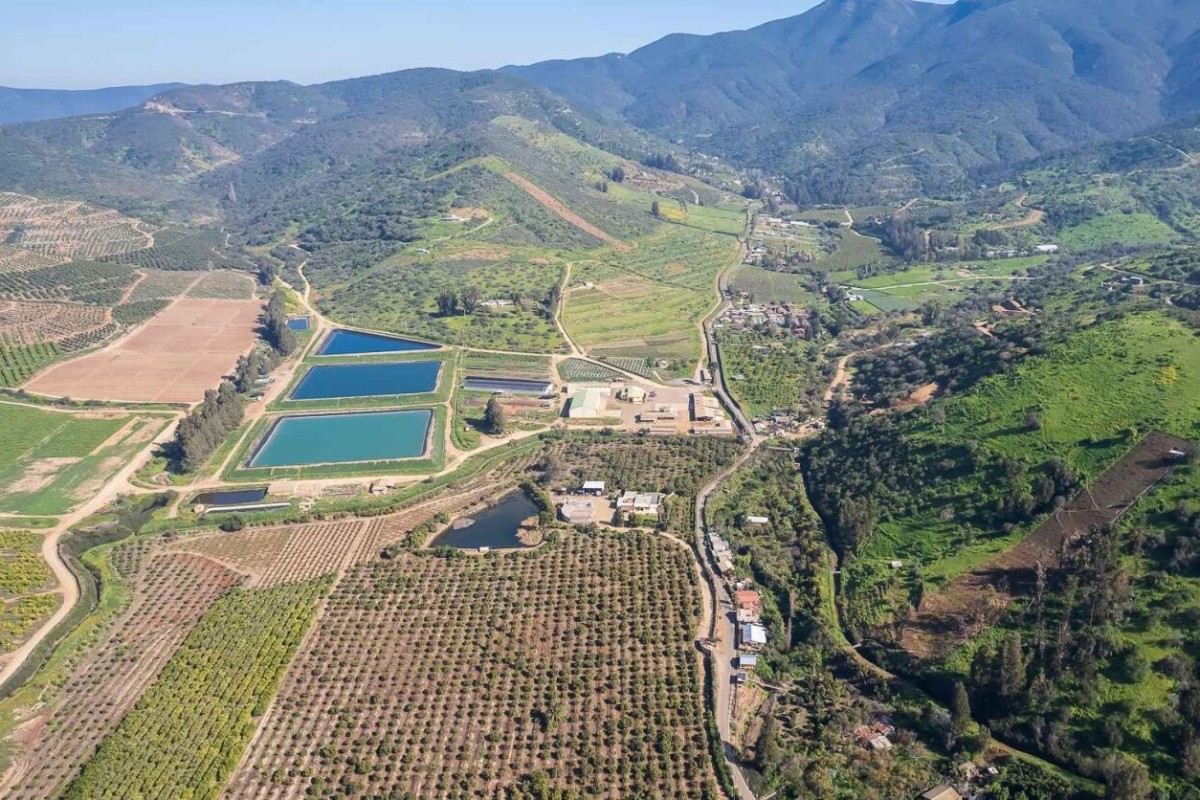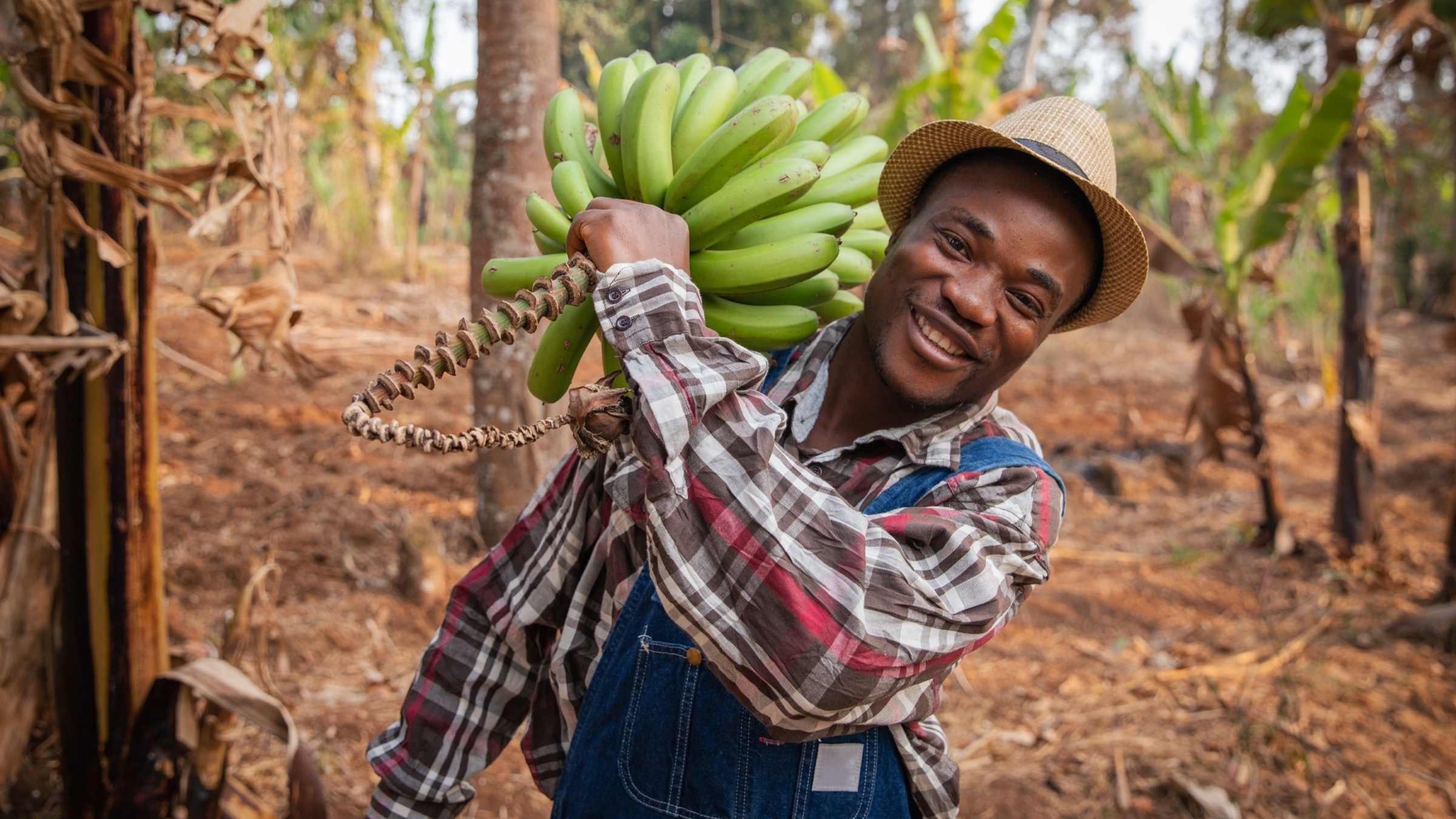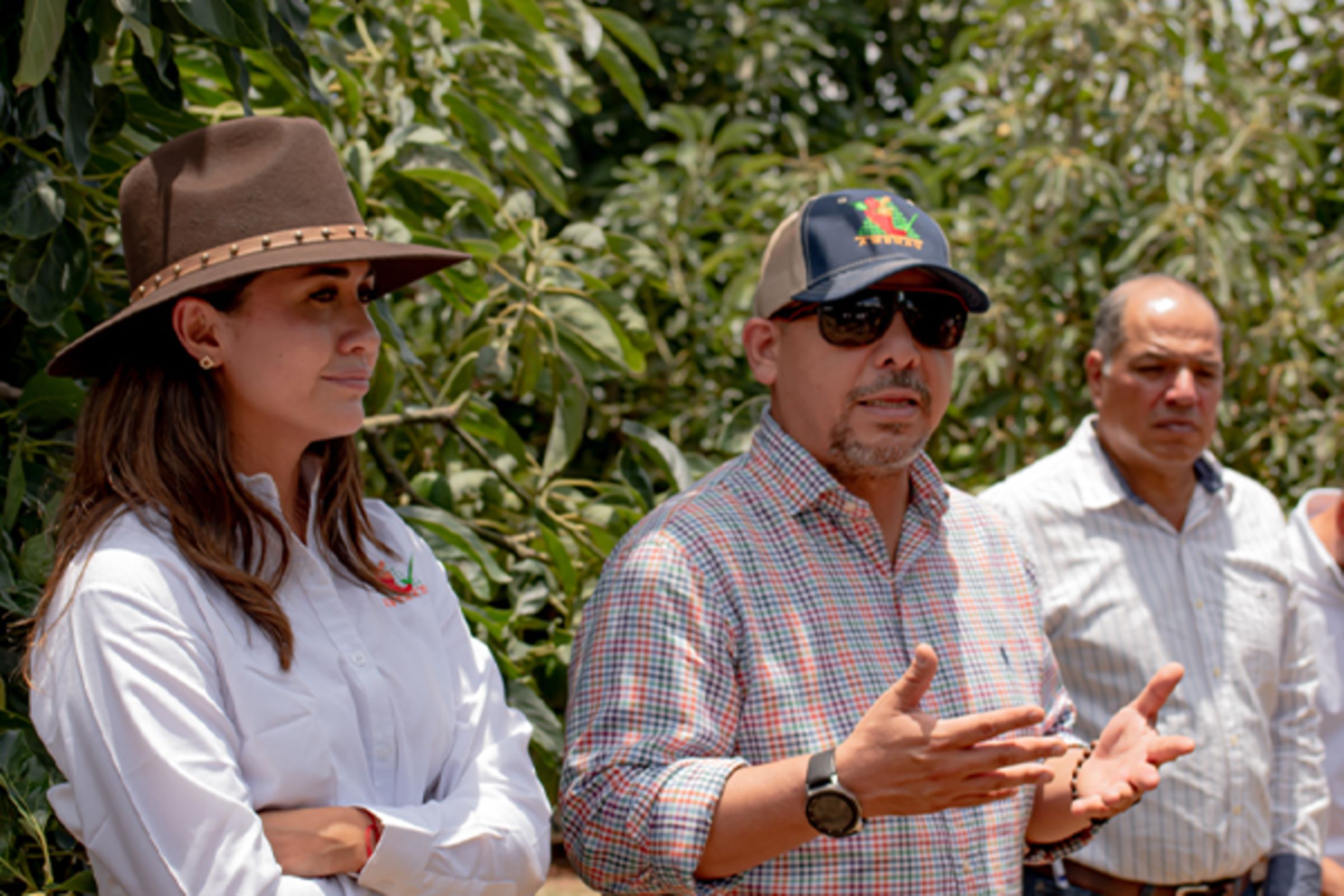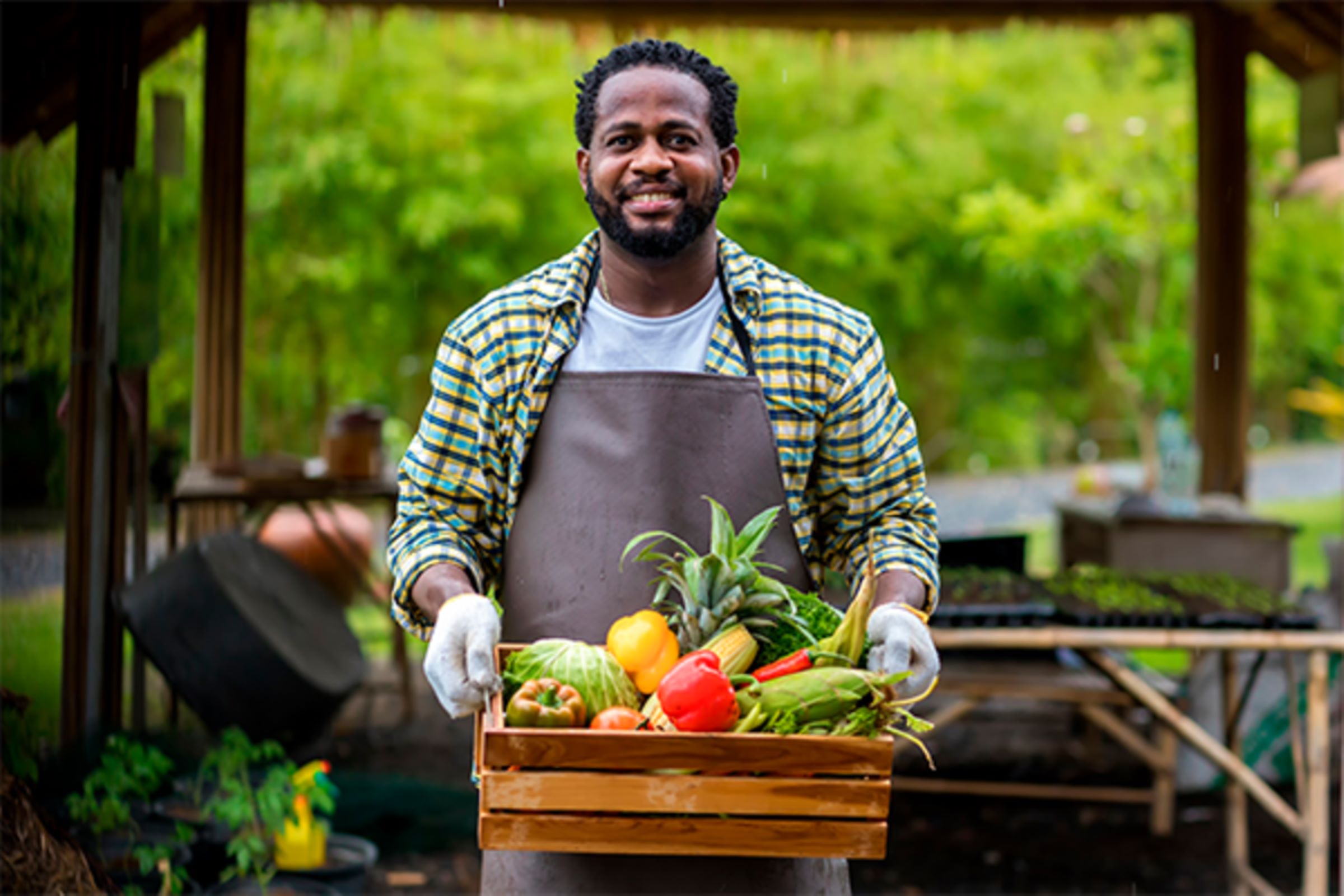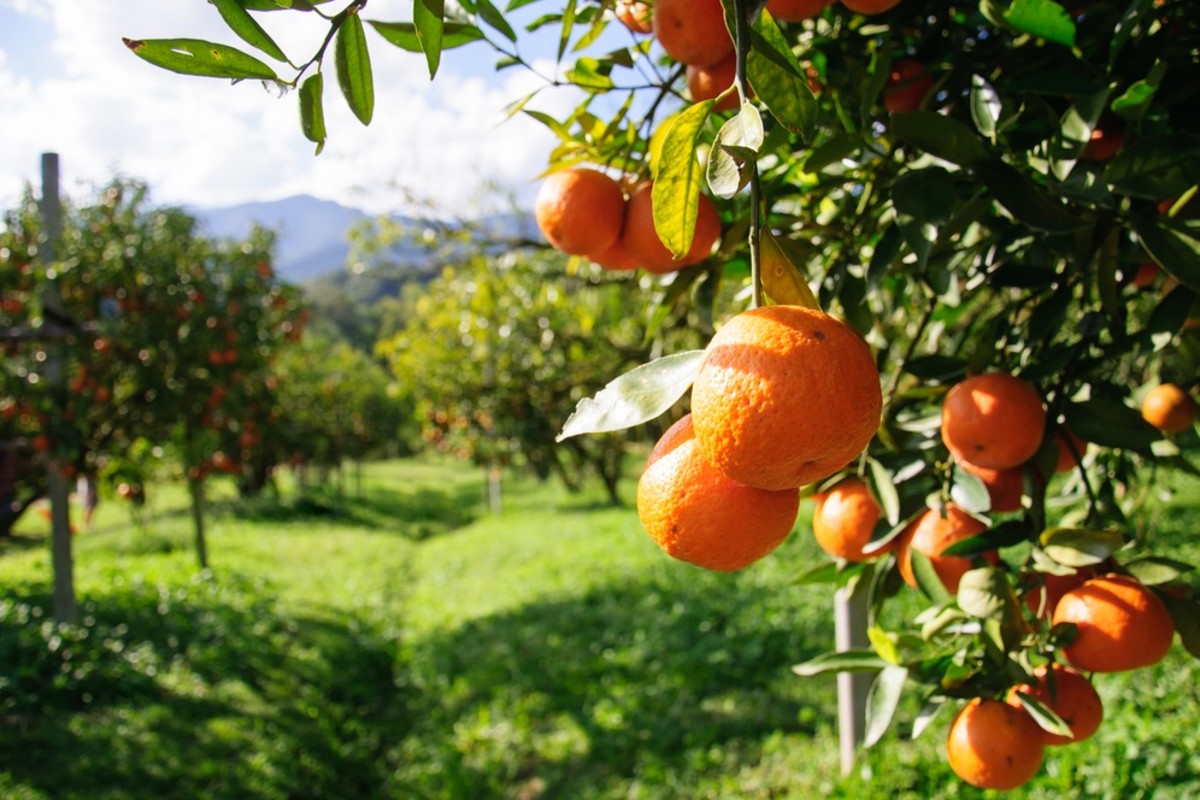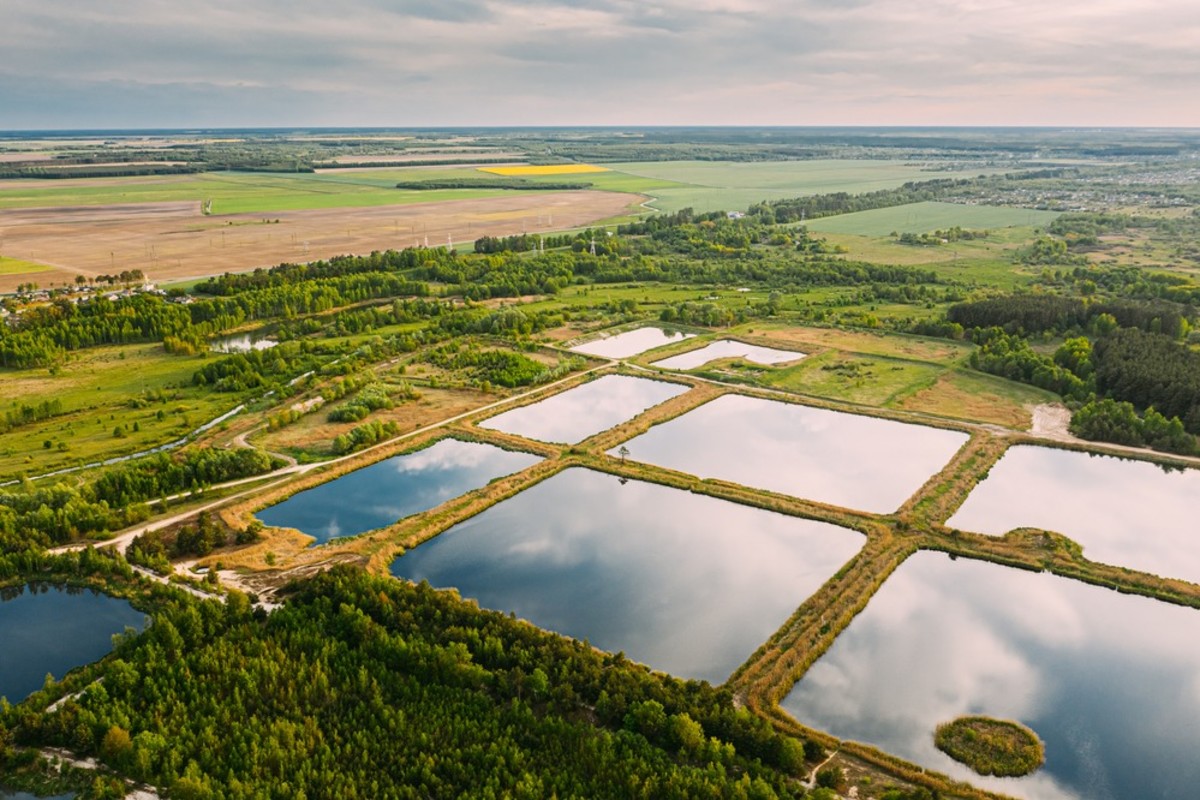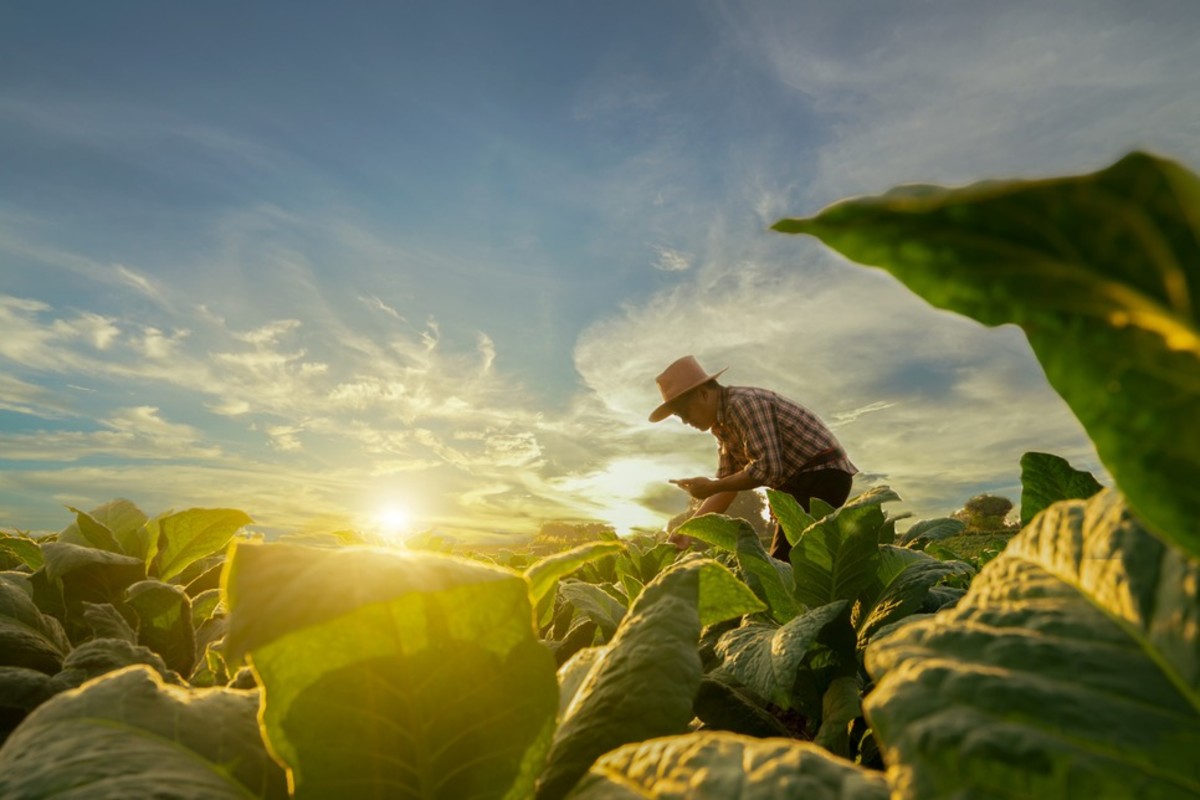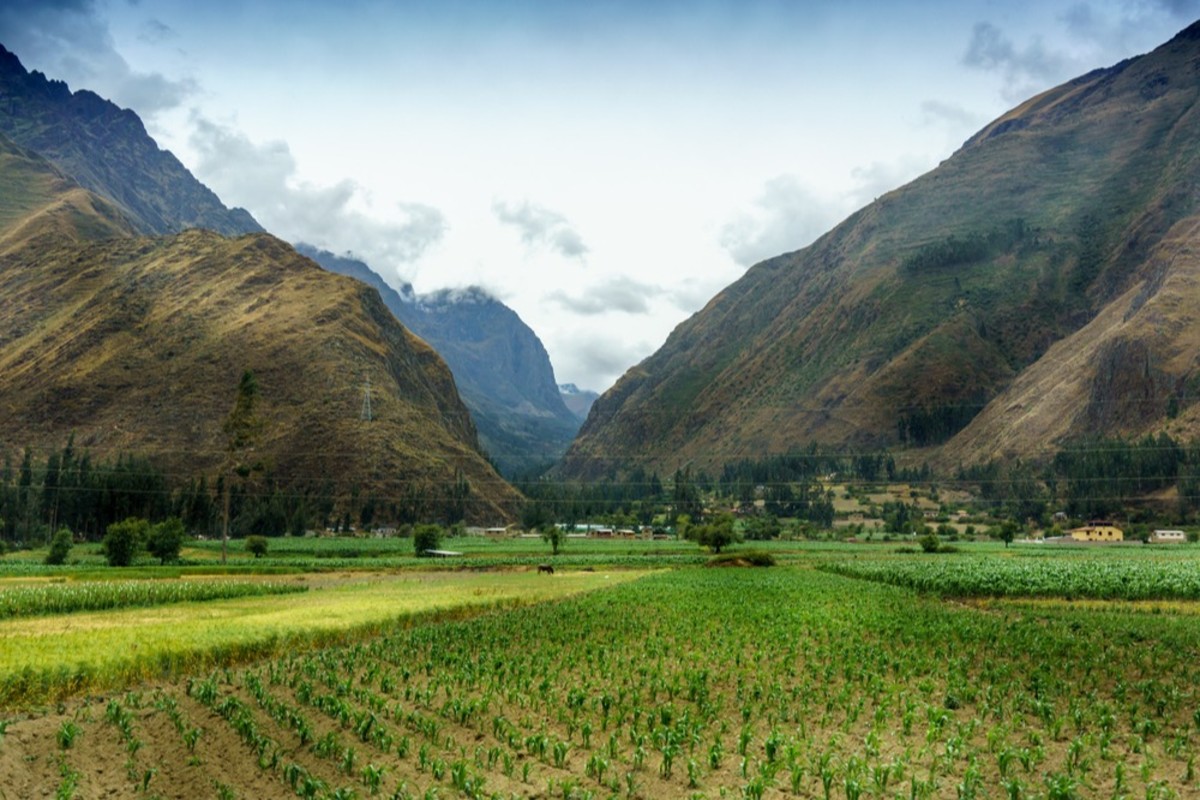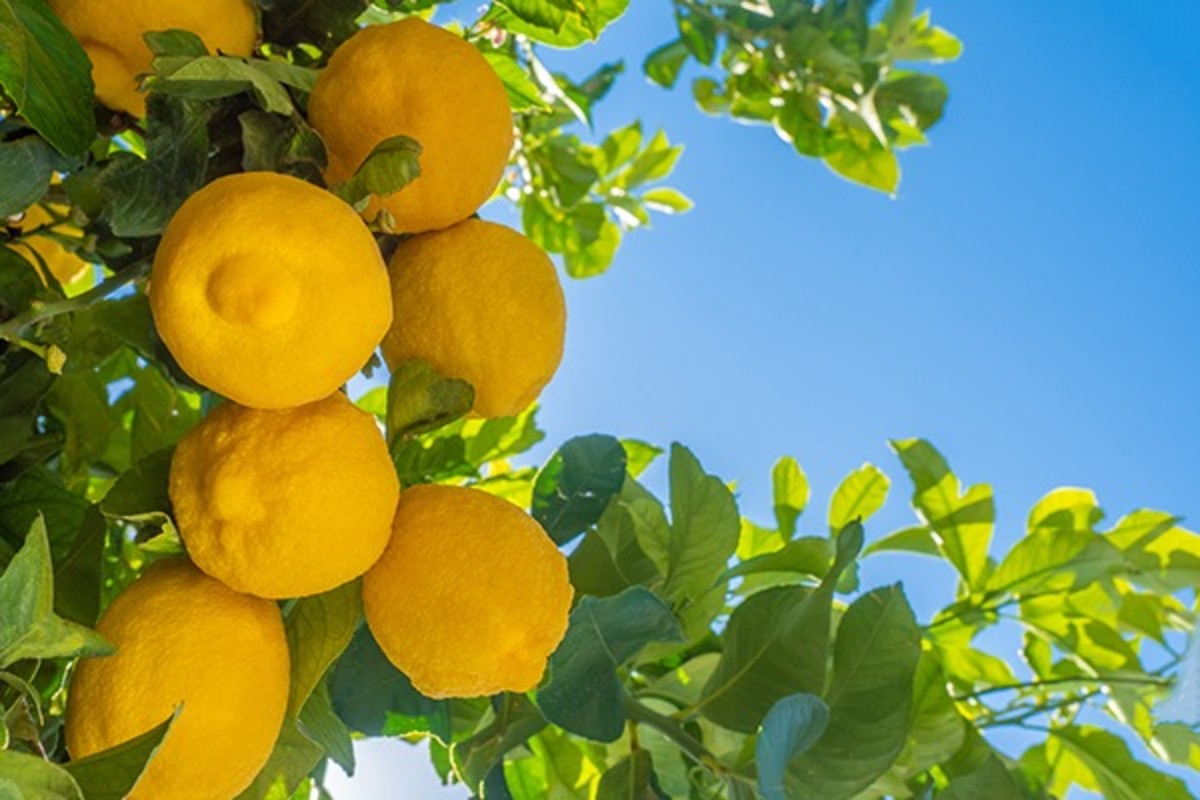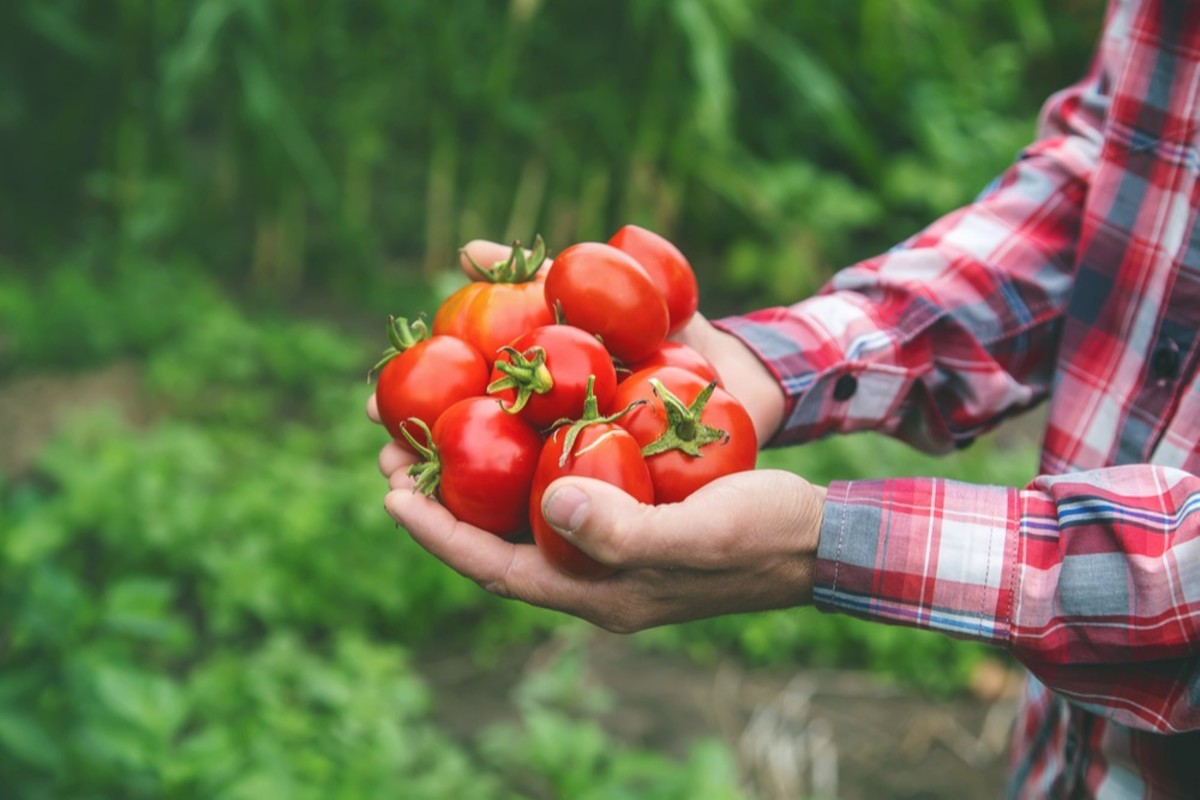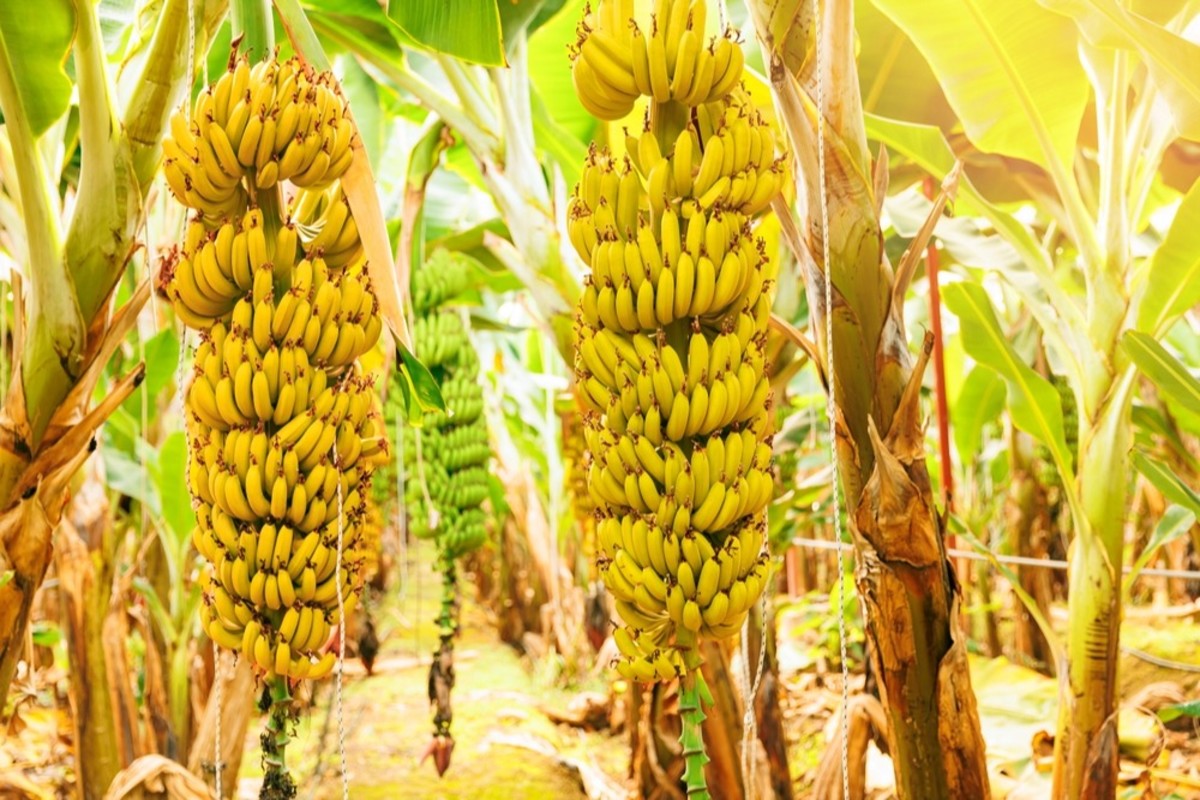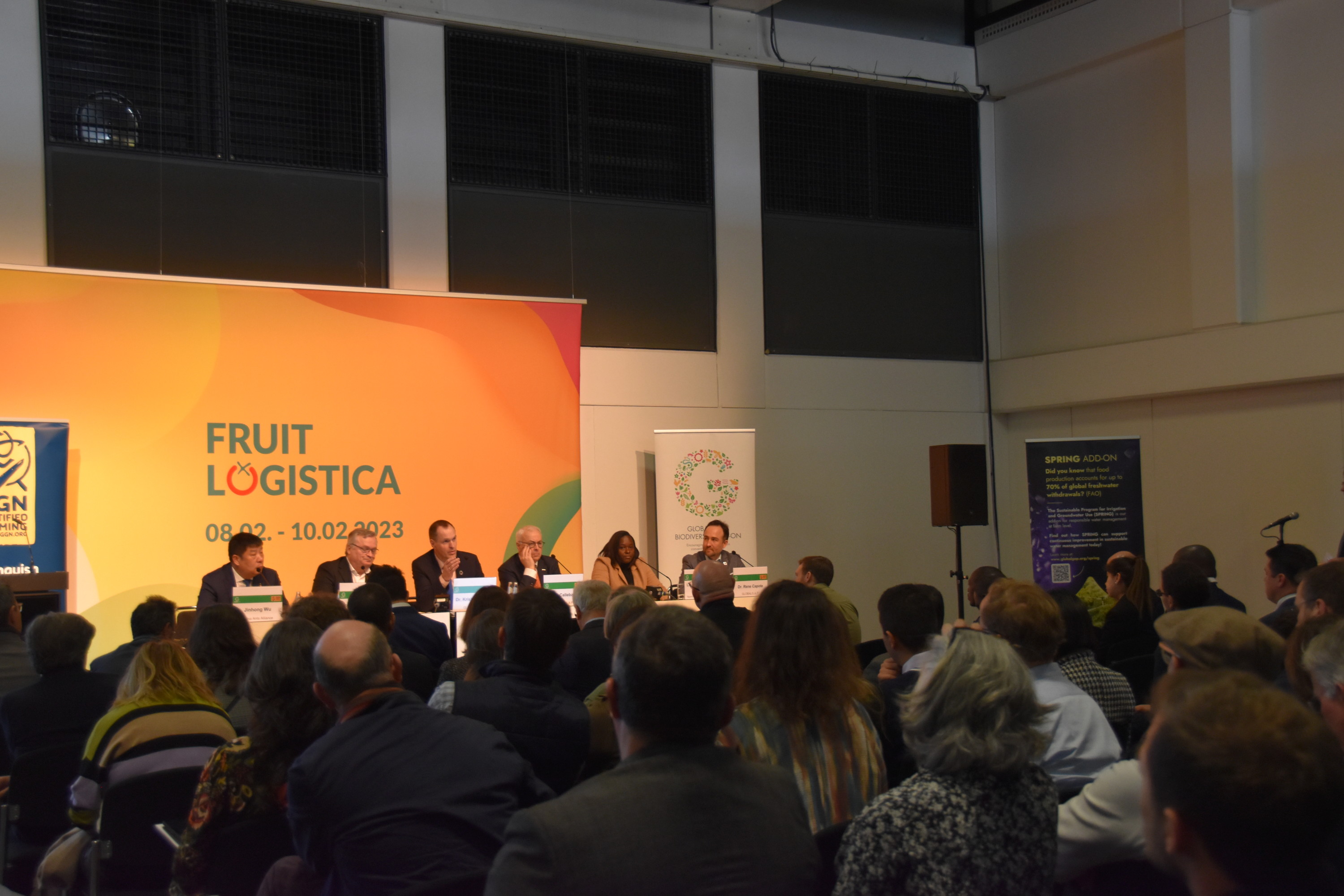
Add-on to core solution
GLOBALG.A.P. Risk Assessment on Social Practice
The GLOBALG.A.P. Risk Assessment on Social Practice (GRASP) is an add-on that aims to support the evaluation of workers' health, safety, and welfare at farm level. It covers four major social responsibility topics: workers’ voice, human and labor rights information, human and labor rights indicators, and child and young workers’ protection.
Mitigate social risks at farm level
What is the GLOBALG.A.P. Risk Assessment on Social Practice?
Responsible farming practices aren’t just about products – they’re also about people. The GLOBALG.A.P. Risk Assessment on Social Practice (GRASP) is an add-on to the Integrated Farm Assurance (IFA) standard that aims to support the evaluation of workers' health, safety, and welfare at farm level. Building on the IFA principles and criteria (P&Cs) related to workers’ health and safety, and covering topics such as labor and human rights, representation of workers, and the protection of children and young workers, GRASP is a simple yet robust evaluation checklist that producers can use to assess, improve, and demonstrate their responsible social practices. Applicable to the IFA scopes of plants and aquaculture, the add-on is implemented by more than 115,000 producers in over 100 countries worldwide – promoting the health, safety, and welfare of 1.8 million workers.
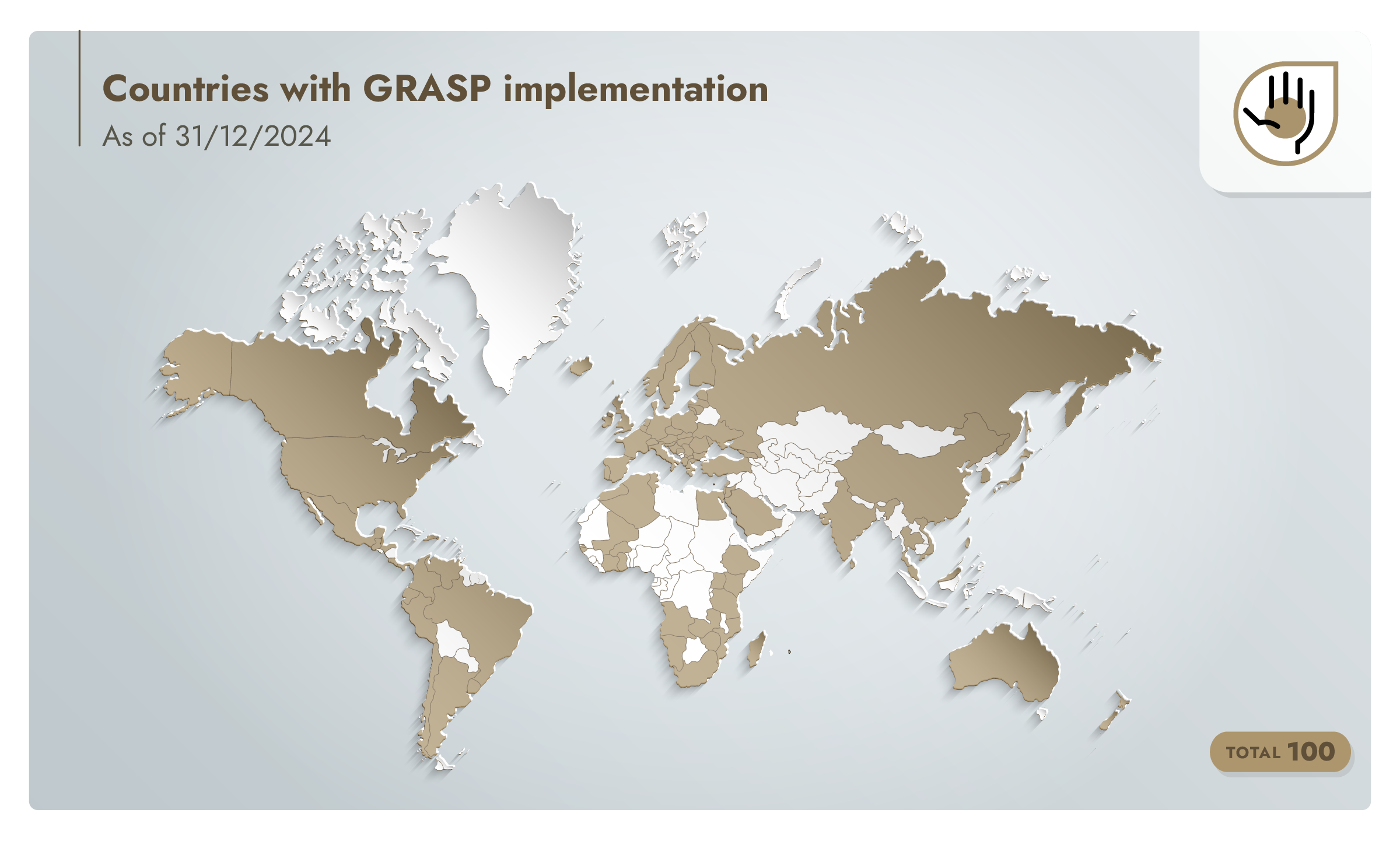
GRASP at a glance
Assessed together
with IFA to minimize the audit burden for producers
Assessment options
for a variety of farm sizes and types, including family farms, smallholders, and producer groups
Implemented worldwide
with a global network of approved CBs and Registered Trainers
Covers the social and labor
criteria in the International Labour Organization’s core conventions
Supports
the UN Global Compact Food and Agriculture Business Principles 3–6
Contributes
to the UN Sustainable Development Goals
Assessed together
with IFA to minimize the audit burden for producers
Covers the social and labor
criteria in the International Labour Organization’s core conventions
Assessment options
for a variety of farm sizes and types, including family farms, smallholders, and producer groups
Supports
the UN Global Compact Food and Agriculture Business Principles 3–6
Implemented worldwide
with a global network of approved CBs and Registered Trainers
Contributes
to the UN Sustainable Development Goals
Which topics does GRASP address?
Developed in collaboration with industry experts, GRASP covers a broad spectrum of social challenges faced by the world’s farms. Our approach to standard setting ensures that GRASP remains robust, realistic, and cost-efficient for producers, while meeting the evolving demands of buyers.
Core topics in GRASP v2 include:
Workers’ voice
Right of association and representation
Worker representation
Complaint process
Human and labor rights information
Producer’s human rights policy
Access to labor regulation information
Disciplinary procedures
Human and labor rights indicators
Terms of employment documents
Payments
Wages
Time recording system and working hours
Forced labor indicators
Child and young workers’ protection
Working age, child labor, and young workers
Compulsory school age and school access
An additional quality management system (QMS) check is also carried out if a QMS is in place.
Learn more about how GRASP helps you address social challenges in supply chains.
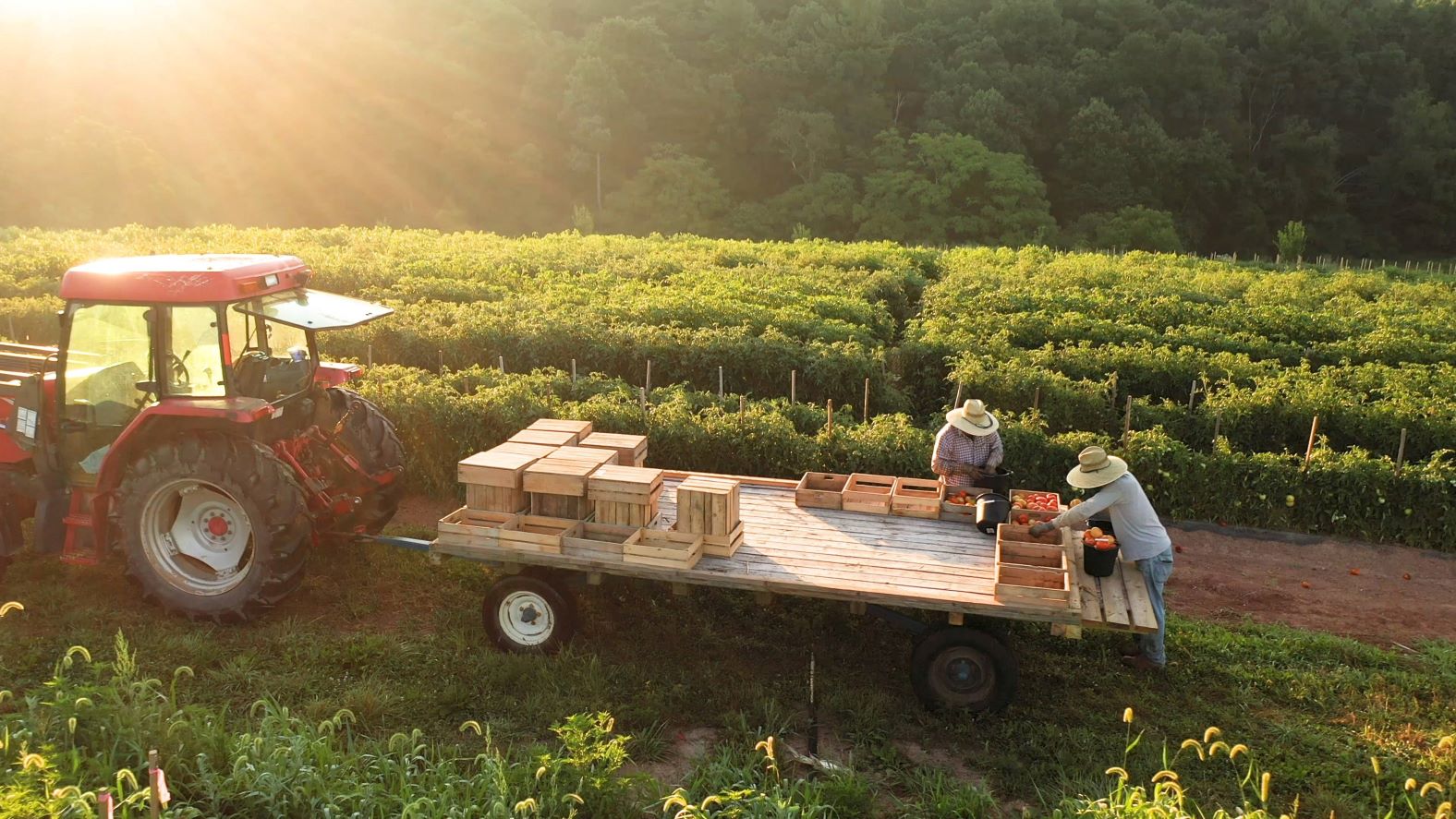
Who should use GRASP?
Farm size and type
GRASP is applicable to farms of all types and sizes – from smallholders to larger cooperatives, and from producers with hired or subcontracted labor to family farms.
To account for the unique situation of family farms (farms that only have core family members working on them, with no hired labor), they are evaluated according to an abbreviated checklist with fewer P&Cs (15 in total). The rest of the P&Cs that are not applicable to family farms are removed.
Product categories
As the assessment is combined with an IFA audit, GRASP is applicable for the same types of farms under the product categories:
Fruit and vegetables
Flowers and ornamentals
Combinable crops
Plant propagation material
Hops
Aquaculture
Assessment options
GRASP is applicable to both individual producers (Options 1 and 3) and producer groups (Options 2 and 4). For producer groups, there are additional requirements in place for the QMS.
How does GRASP work?
Compliance with the add-on requirements is assessed annually by an independent third-party certification body (CB) together with the annual IFA audit (or an audit against a benchmarked scheme/checklist).
Producers can choose from any GLOBALG.A.P. approved CB active in the relevant country – although the same CB which conducts the IFA audit must also conduct the GRASP assessment.
A successful assessment results in a letter of conformance valid for one year.
The add-on is composed of P&Cs. P&Cs are graded in two levels: Major Must and Minor Must.
Principles
Fundamentals that set the foundation of a GLOBALG.A.P. requirement
Written in statement form
Describe the outcome to be achieved in the corresponding criteria
Criteria
Methods that producers can use to demonstrate a principle to be true
Compliance can be demonstrated in different ways, e.g., data, record of procedure
Evidence must demonstrate that the outcome is achieved
Country-specific methodology and interpretation
Evidence methods for GRASP P&Cs are determined by the country risk classification issued by the World Bank. High-risk countries require a different assessment methodology than low-risk countries.
To further strengthen the integrity of GRASP, national interpretation guidelines are developed for each country, providing guidance on national legislation that affects GRASP.
Read more about the assessment process and add-on requirements.
GLOBALG.A.P. P&Cs on workers’ health, safety, and welfare
The IFA checklists already include some basic P&Cs on workers’ health, safety, and welfare. GRASP builds on this basis with 68 further P&Cs (full checklist; family farms only have 15 applicable P&Cs).
The topic breakdown of the P&Cs in GRASP is as follows:
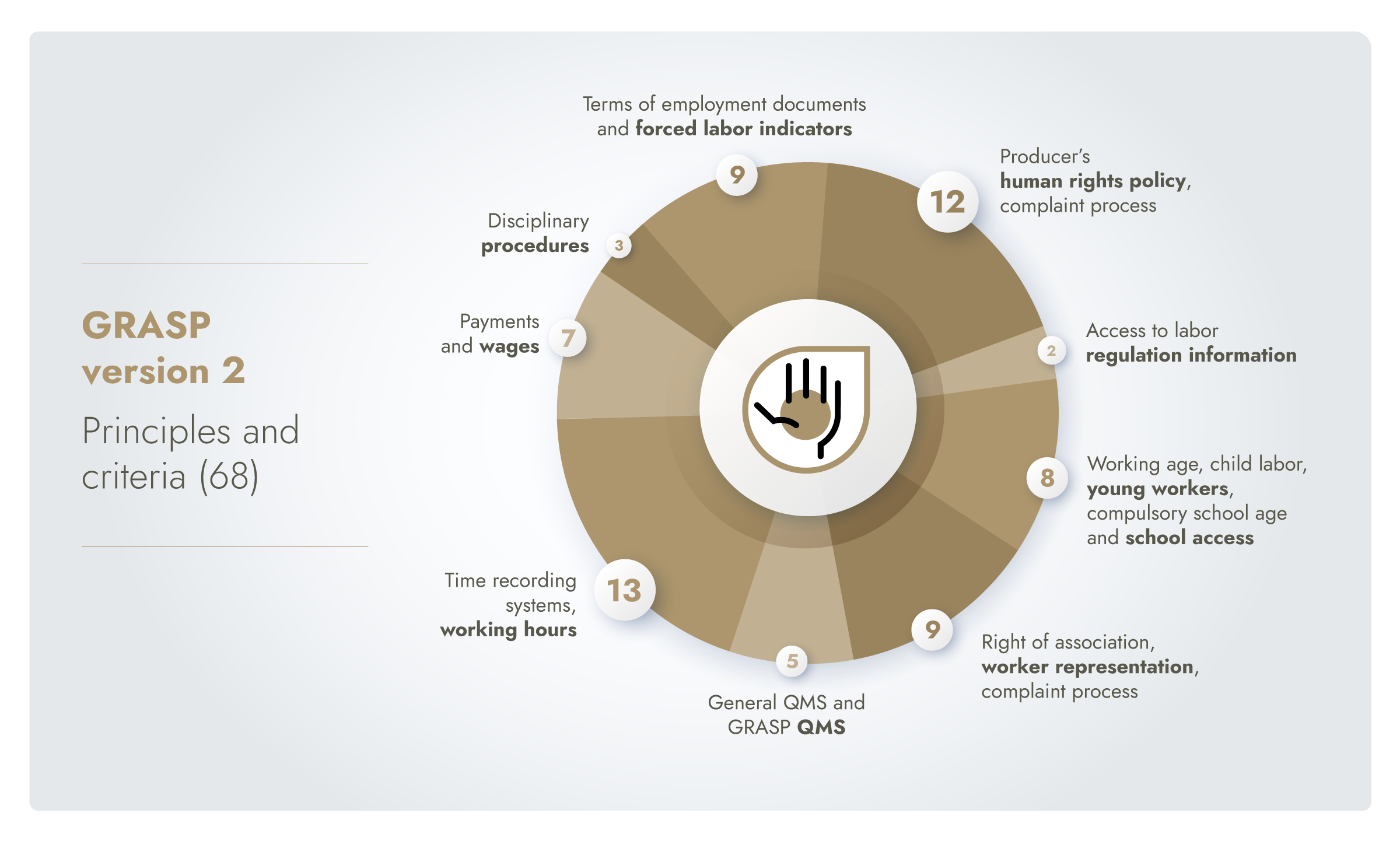
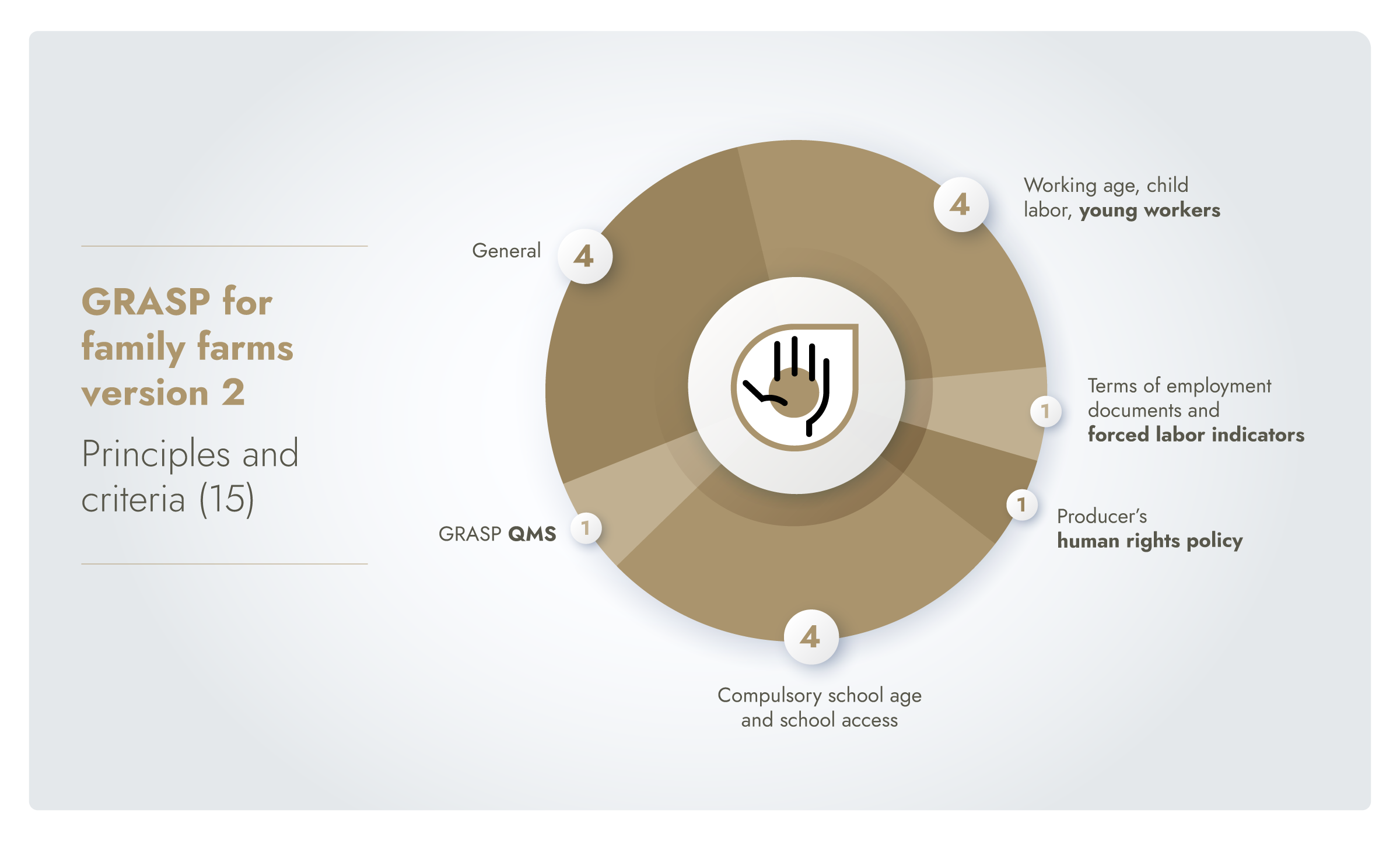
How is conformance status verified?
Every producer registered in the GLOBALG.A.P. certification system is assigned a 13-digit GLOBALG.A.P. identification number (e.g., a GLOBALG.A.P. Number (GGN)). This number allows real-time verification of conformance status in the GLOBALG.A.P. IT platform, upholding our rigorous transparency requirements throughout the supply chain.
Producers can control data access and privacy rights for audit reports, and the reports are not shared publicly or with third parties. This process is handled via your chosen CB.
Country risk classification concept
To improve efficiency and keep costs as low as possible, evidence methods for GRASP P&Cs are determined by the country risk classification. This is similar to other social standards such as SA 8000 and amfori BSCI.
The GLOBALG.A.P. country risk classification concept groups countries into three different risk levels according to rankings issued by the World Bank (Worldwide Governance Indicators, WGI). Each risk group requires a different methodology for conducting the required worker interviews, including rules for sampling, interview duration, and document review. The higher the risk level, the higher the level of evidence necessary.
The list of countries assigned to the three categories is updated each December, following the revision periods of the World Bank. The new risk classification level becomes applicable from the following January.
National interpretation guidelines for GRASP
GRASP national interpretation guidelines (NIGs) are also an important tool for harmonizing requirements around the world. Created by local stakeholders such as national technical working groups (NTWGs) or approved CBs, NIGs provide guidance to producers and auditors on the legal framework on labor in the respective country.
This is particularly important within the context of GRASP, as legal labor requirements such as minimum wage, legal minimum age of employment, or working hours differ from country to country. To create the GRASP NIGs, the local stakeholders evaluate the GRASP normative documents in combination with applicable national legislation.
Where a GRASP NIG exists, CBs are required to use it to apply the rule that provides more protection to the workers. If GRASP P&Cs provide more protection, then they override local legislation, and if local legislation provides more protection, it overrides the GRASP P&Cs.
Where there is no legislation (or legislation is not as strict), GRASP provides the minimum requirements for a robust social management system. There are no exemptions from the GRASP P&Cs, and NIGs must always be applied to GRASP assessments if available for the respective country.
Find your GRASP NIG in the GLOBALG.A.P. document center.
Countries without a GRASP NIG
If a country has no GRASP NIG, the CB may apply for special registration for that country by contacting nonig@globalgap.org.
In the special registration process, the GRASP assessor must demonstrate that their qualifications and technical skills are applicable to the country where the assessment will be conducted and provide documentation explaining how GRASP P&Cs correspond to local legislation.
For more information on applying GRASP in a county with no NIG, please see the GRASP general rules.
For information on creating a new GRASP NIG, please see the rules for the development of GRASP NIGs and the NIG template or contact us at graspnig@globgalgap.org.
Latest news
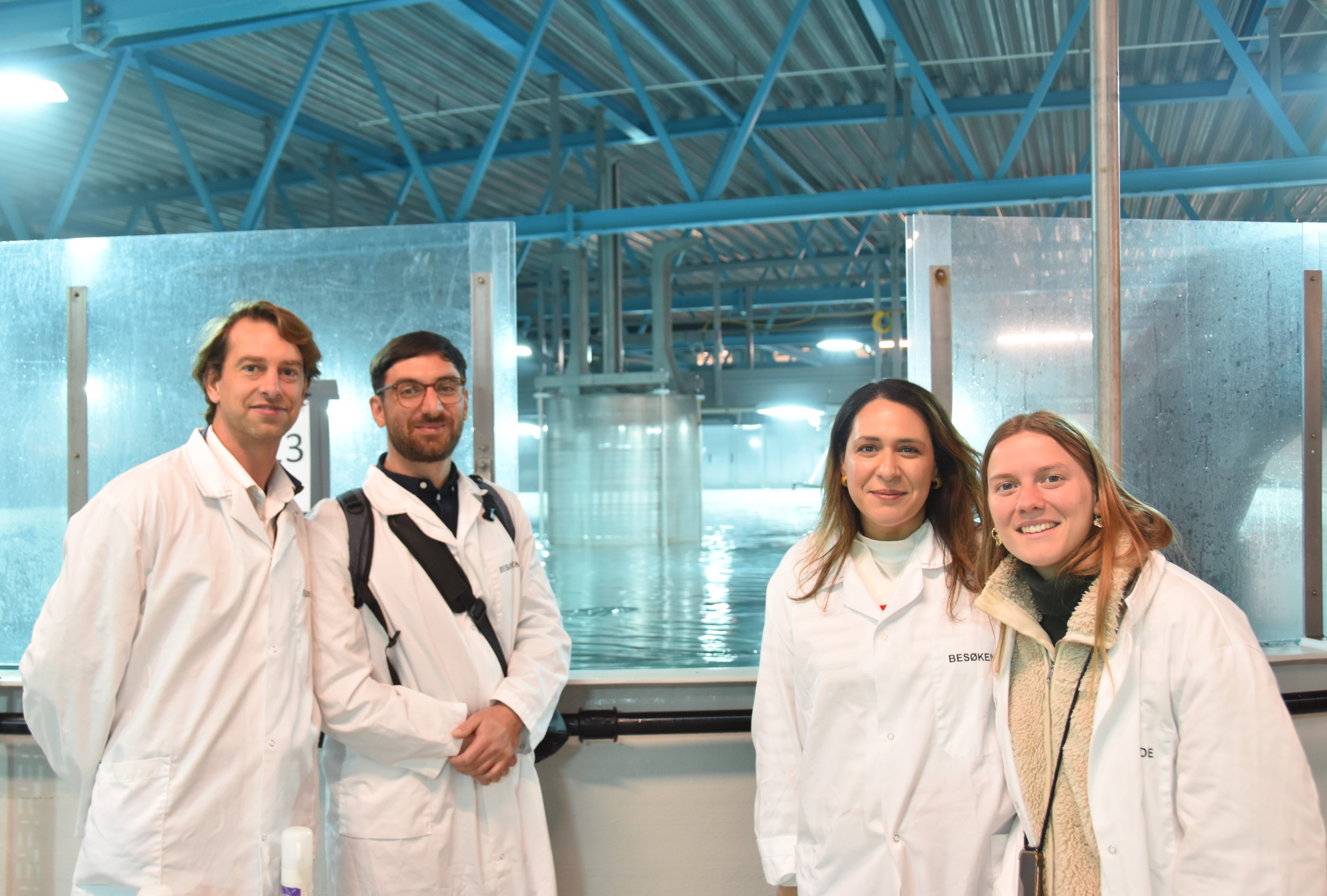
15 July 2025
Driving responsible aquaculture in Norway: A visit to Hofseth International farms
Discover how Hofseth International is redefining aquaculture through 100% fish utilization, technological advancements, and compliance with GLOBALG.A.P. standards.
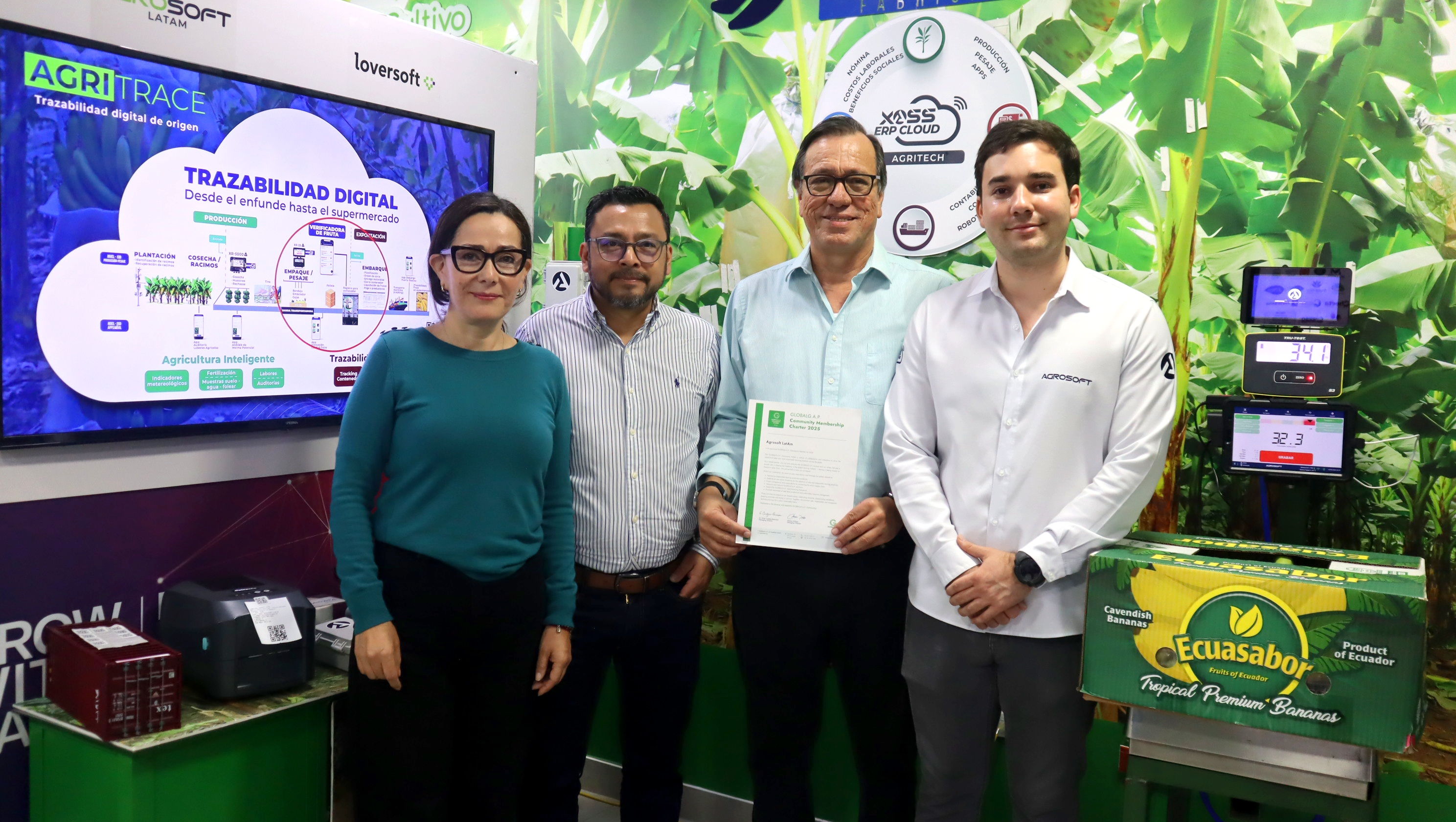
15 July 2025
Software solutions specialist Agrosoft Latam joins the GLOBALG.A.P. community
With almost 30 years of experience, Agrosoft Latam specializes in cutting-edge ERP solutions for the agriculture and aquaculture sectors.
Looking for technical news?
Technical news updates for all add-ons can be found in our technical news libraries.
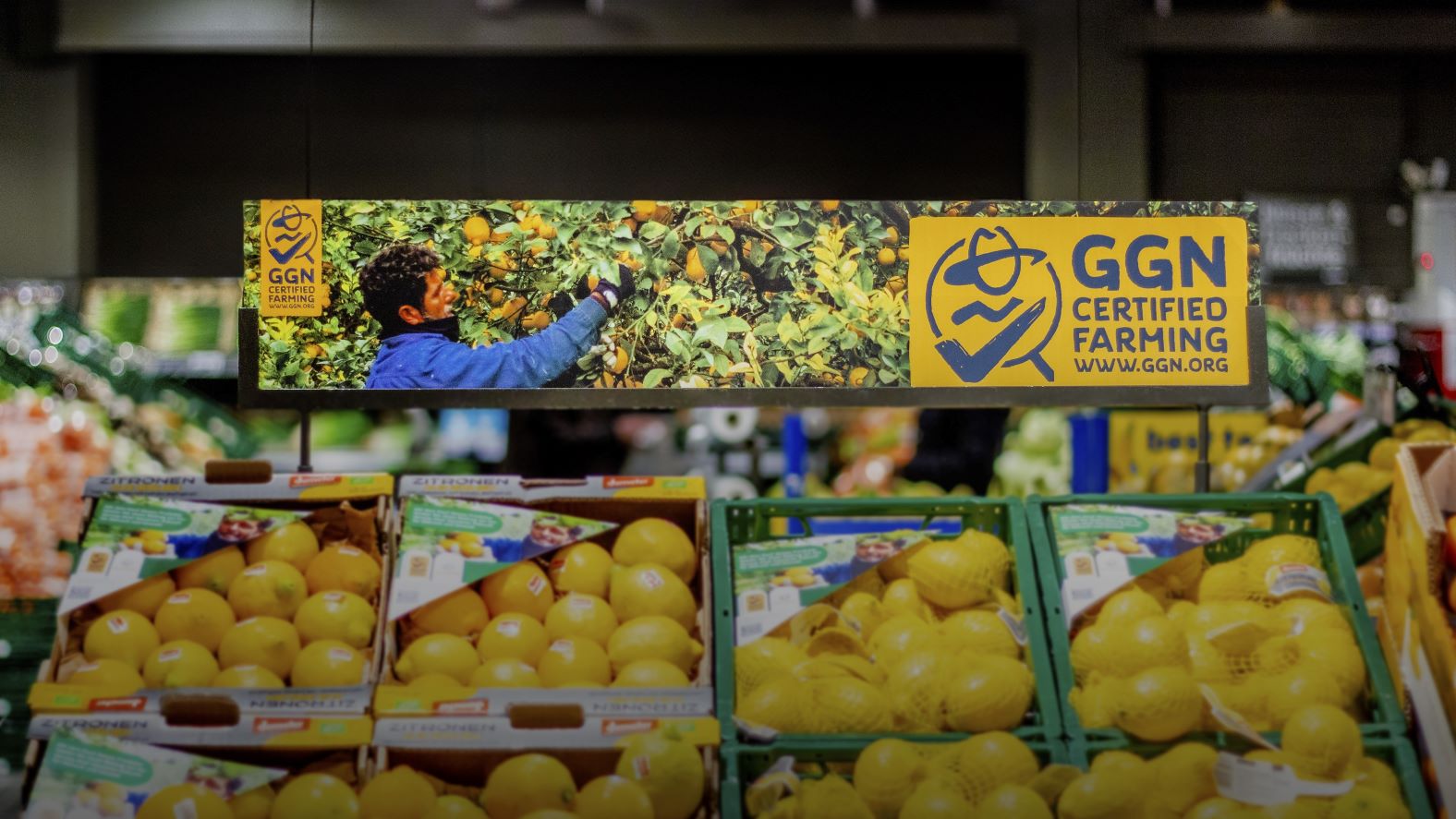
Making responsible farming visible to consumers
IFA and GRASP are requirements for using the GGN label – a consumer label for certified, responsible farming and transparency found on fruit and vegetables, farmed seafood, flowers, and plants. If you already implement IFA and GRASP, you may be eligible to join the GGN label initiative today!
The social assessment of choice for more than 110,000 producers
Why choose the GLOBALG.A.P. Risk Assessment on Social Practice?
The well-being of workers is under increasing scrutiny, with social risks in supply chains being a major concern for brand owners, retailers, and suppliers. The GLOBALG.A.P. Risk Assessment on Social Practice (GRASP) offers a cost-efficient way for farm operators to assess these risks and demonstrate responsible social practices.
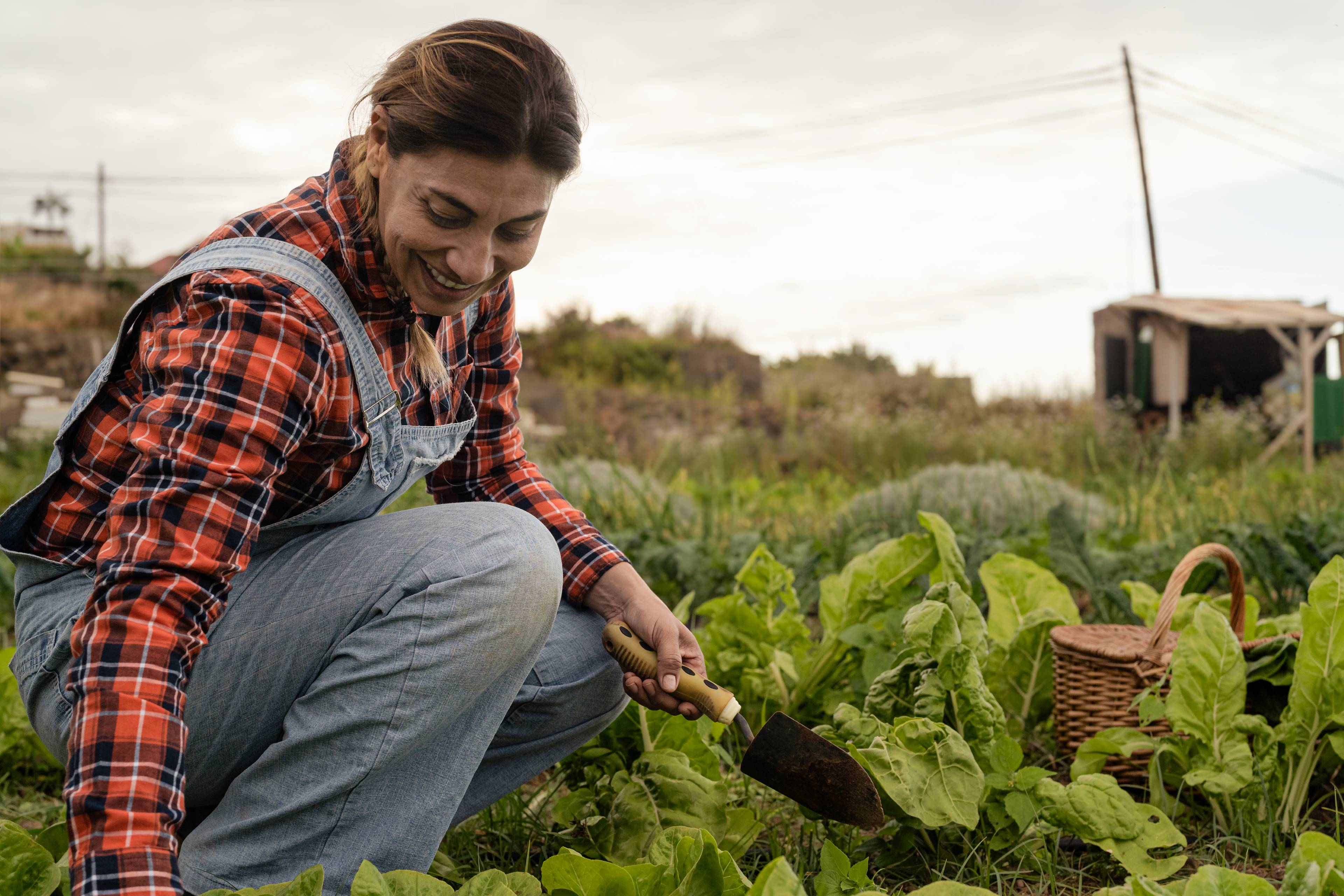
Which industry challenges does GRASP address?
In global supply chains, social and economic issues such as workers’ health, safety, and welfare, labor exploitation, and human rights are increasingly in the spotlight from media, consumers, and civil society.
Due diligence laws, such as the United Kingdom’s Modern Slavery Act, Germany’s Supply Chain Due Diligence Act (Lieferkettensorgfaltspflichtengesetz, LkSG), the French Duty of Care Law (Devoir de Vigilance), and upcoming European Union legislation seek to address and prevent human rights abuses in the labor market.
Voluntary social assessments represent a practical resource for producers, and lead to verification that facilitates transparency for buyers. However, the increasing range of farm assurance standards that producers are expected to implement results in audit fatigue.
The supply chain requires cost- efficient tools to manage social risks at farm level that complement rather than compete with existing certification.
GRASP represents an accessible solution for all types of farms with IFA certified production processes – including smallholders and family farms – to demonstrate that they are addressing requirements for workers’ health, safety, and welfare.
Follow our five steps to GRASP to get started today.
GRASP in numbers (as of 31/12/2024)
117,847
producers assessed to the add-on
1.8 million
workers covered under assessed production processes
100
countries with assessed production processes
117,847
producers assessed to the add-on
1.8 million
workers covered under assessed production processes
100
countries with assessed production processes
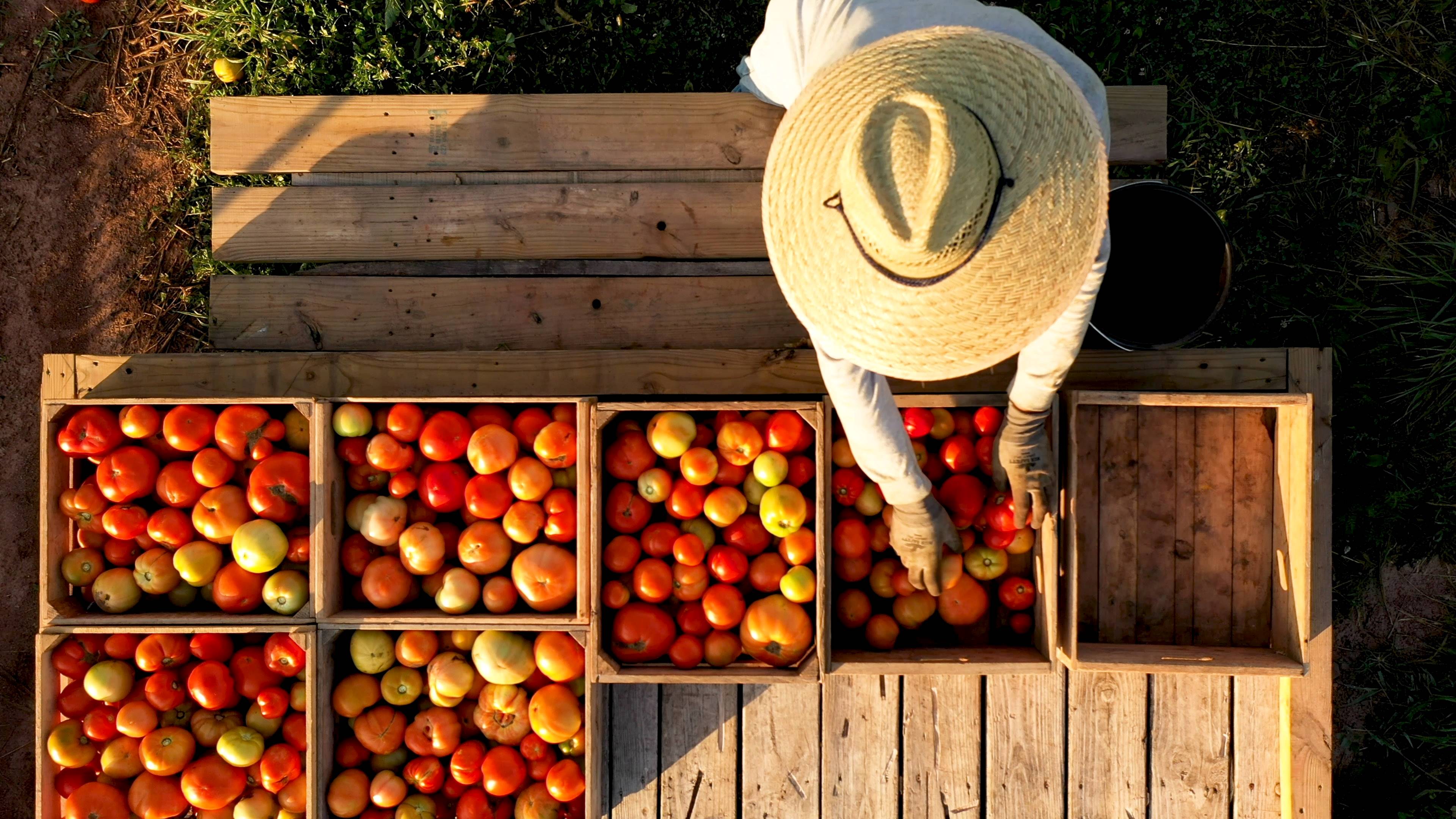
What are the benefits for producers?
Address on-farm realities with a practical assessment also suited to smallholders or family farms.
Receive guidance on compliance with local social and labor regulations through national interpretation guidelines.
Learn how to strengthen workers’ rights and develop a positive working environment in accordance with the International Labour Organization’s conventions.
Improve social risk management on the farm by examining your risk exposure and identifying corrective actions.
Save time and costs with a comprehensive assessment combined with your IFA audit (or benchmarked scheme/checklist audit).
Raise your standing among suppliers and buyers through transparency on social practices and enjoy recognition from global markets.

What are the benefits for supply chain stakeholders?
Implement an effective social assessment tool that helps to identify both risks and necessary corrective actions at farm level.
Improve transparency and social risk mitigation in the supply chain.
Covers the whole production process under IFA certification.
Applies globally to all IFA product categories.
Eases the audit burden for suppliers while upholding corporate social responsibility pledges.

Maintaining trust in GLOBALG.A.P. certification
The GLOBALG.A.P. Integrity Program was founded in 2008 as the first of its kind in food certification. Designed to ensure the consistent delivery and implementation of GLOBALG.A.P. standards and add-ons worldwide, the program monitors and assesses all aspects of the third-party certification process.
Which solutions can be combined with GRASP?
GRASP is designed to be paired with IFA certification. Assessments are conducted together with the IFA audit, allowing producers to extend their certification scope flexibly and efficiently through a single audit.
Learn more about GLOBALG.A.P. core solutions.
You may also be interested in...
Integrated Farm Assurance for fruit and vegetables
IFA is a global standard that aims to promote safer and more responsible farming practices in fruit and vegetable production.
Integrated Farm Assurance for flowers and ornamentals
IFA is a global standard that aims to promote safer and more responsible farming practices in flower and ornamentals production.
Integrated Farm Assurance for aquaculture
IFA is a global standard that aims to promote safer and more responsible farming practices in aquaculture production.

Ready to get started?
Use our Smart Checklist Builder to easily understand which GLOBALG.A.P. smart farm assurance solutions are recommended for your production practices and generate a personalized checklist for your self-assessment.
Your guide to implementation
How to prepare for a GRASP assessment
Learn more about the key documents and fee structure of GRASP. Follow our five steps to GRASP for an overview of the assessment process, and find a GLOBALG.A.P. approved certification body (CB) in your area to get started.
Implementation and assessment process
How does the CB assessment process work?
Compliance with the GRASP requirements is assessed annually together with the Integrated Farm Assurance (IFA) audit by independent third-party certification bodies (CBs).
Producers can choose from any GLOBALG.A.P. approved CB active in the relevant country – although the same CB which conducts your IFA audit must also conduct the GRASP assessment.
The CB is responsible for uploading the assessment reports and maintaining the accuracy of producer data in the GLOBALG.A.P. IT platform.
Producers will be assessed annually by a CB as part of the renewal process.
Which documents are required?
GRASP general rules: Rules that define how the assessment process works, as well as requirements for aspects such as quality management systems and related issues.
Principles and criteria (P&Cs): Principles are the fundamental requirements for each add-on. They describe the outcome to achieve and are accompanied by corresponding criteria that detail the various ways in which a producer can demonstrate compliance.
Which versions of GRASP are currently valid?
GRASP is currently available in v2.
GRASP v2 was published in September 2022. It can be combined with IFA v6 Smart/GFS.
The FAQ contains more information on documents, renewal process, and more.
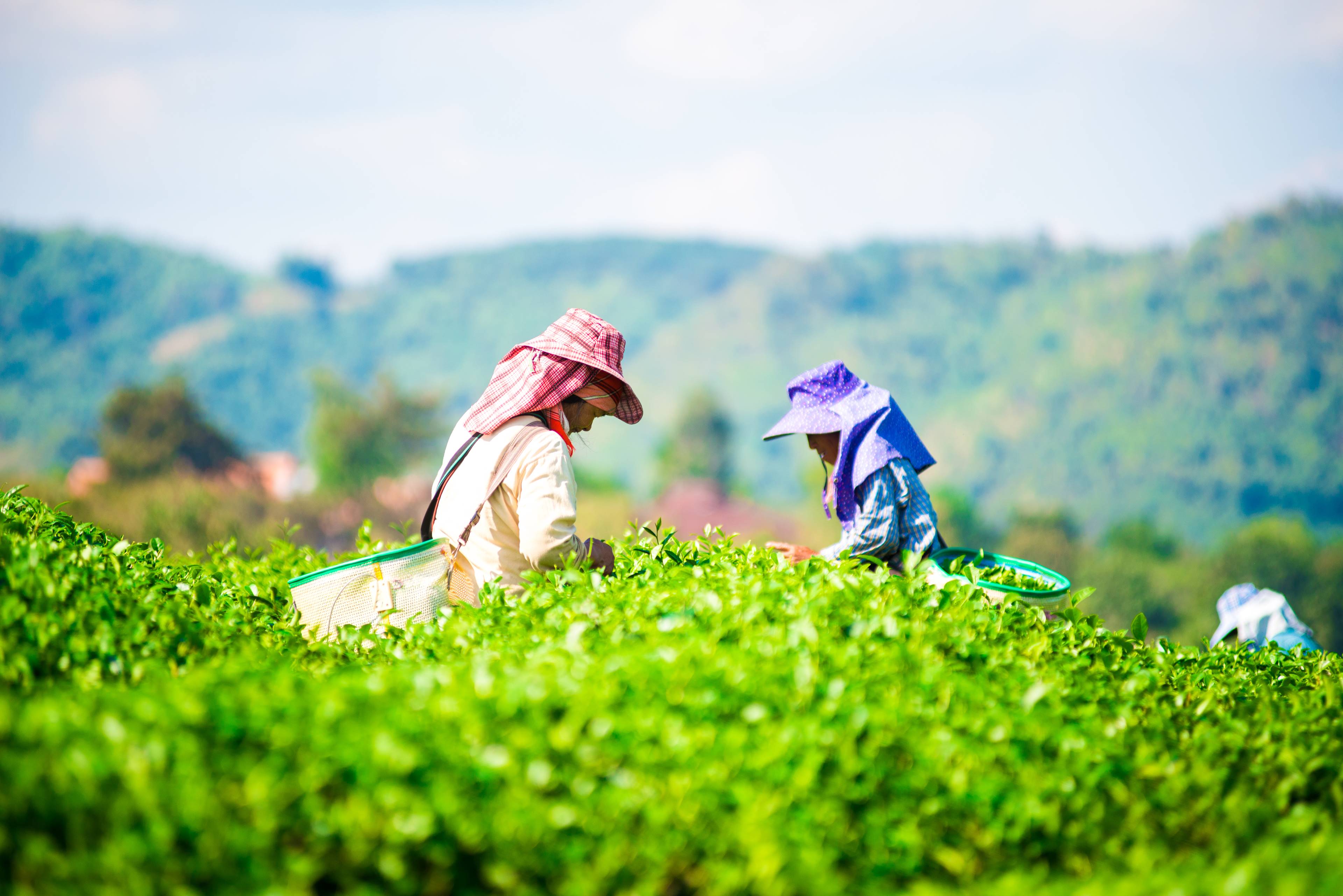
What are the GRASP add-on requirements and how are they verified?
P&Cs are graded in two levels: Major Must and Minor Must.
To pass a GRASP assessment, producers must comply with 100% of the Major Musts and at least 70% of the Minor Musts in the first year of assessment. In the second and subsequent years the producer must comply with 100% of the Major Musts and 75% of the Minor Musts.
Corrective actions must be proposed for all non-compliances and submitted to the CB within the specified period.
Non-compliances must then be verified as corrected and compliant by the CB before a letter of conformance can be issued.
There are 43 P&Cs graded as Major Musts and 25 graded as Minor Musts. A producer must therefore comply with all 43 Major Musts and at least 18 Minor Musts in the first year to achieve conformance status.
Verification methods
Compliance with the GRASP requirements is verified in a variety of ways, including:
Record verification
Site inspections
Interviews with the company management
Interviews with worker representation
Interviews with workers
How much does a GRASP assessment cost?
Each farm is unique, and the total assessment costs depend on a combination of factors such as farm size, number of workers, necessary preparation measures (such as establishing new procedures), and more. GRASP contains three cost elements:
Implementation costs: Incurred by the producer to prepare for the CB assessment
CB service fees: Determined and invoiced by the CB to cover assessment time and travel costs
GLOBALG.A.P. assessment license fee: Calculated based on assessment option and invoiced by the CB
The GLOBALG.A.P. fee table contains full information on the fee structure for each standard and add-on.
Five steps to GRASP

You will need the GRASP general rules, the GRASP P&Cs, and the checklist. All of the required documents are available online, for free, and in multiple languages. They are linked below and can easily be found in the GLOBALG.A.P. document center.
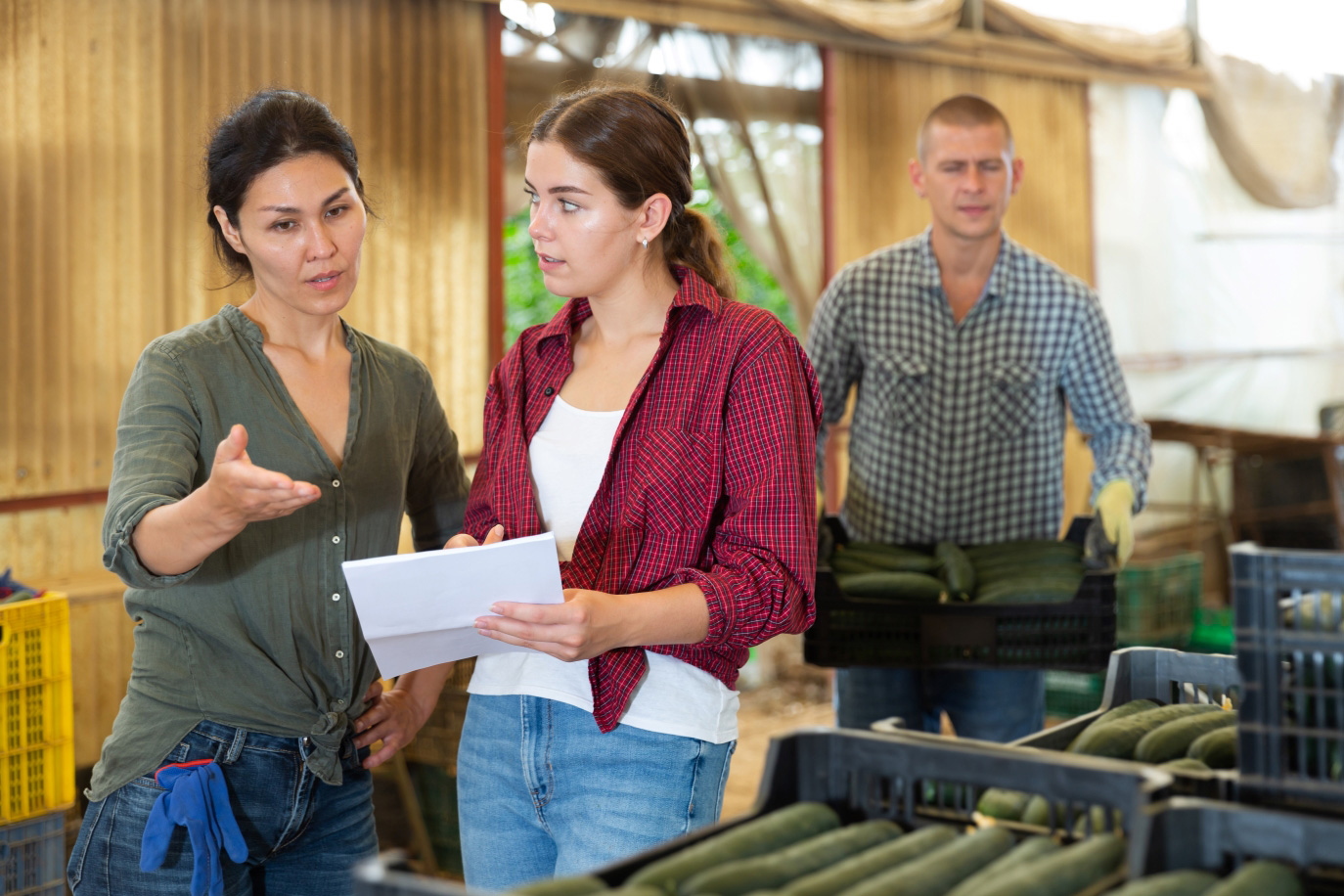
Use the documents to guide the implementation of the add-on requirements, and then conduct a self-assessment using the checklist. Our worldwide network of Registered Trainers can also provide assistance during assessment preparations.

Search the list of GLOBALG.A.P. approved CBs by region, country, scope, and status. Contact the CB of your choice and request an assessment. Note that the GLOBALG.A.P. fee table does not cover CB service fees such as assessment time or travel costs to your site.
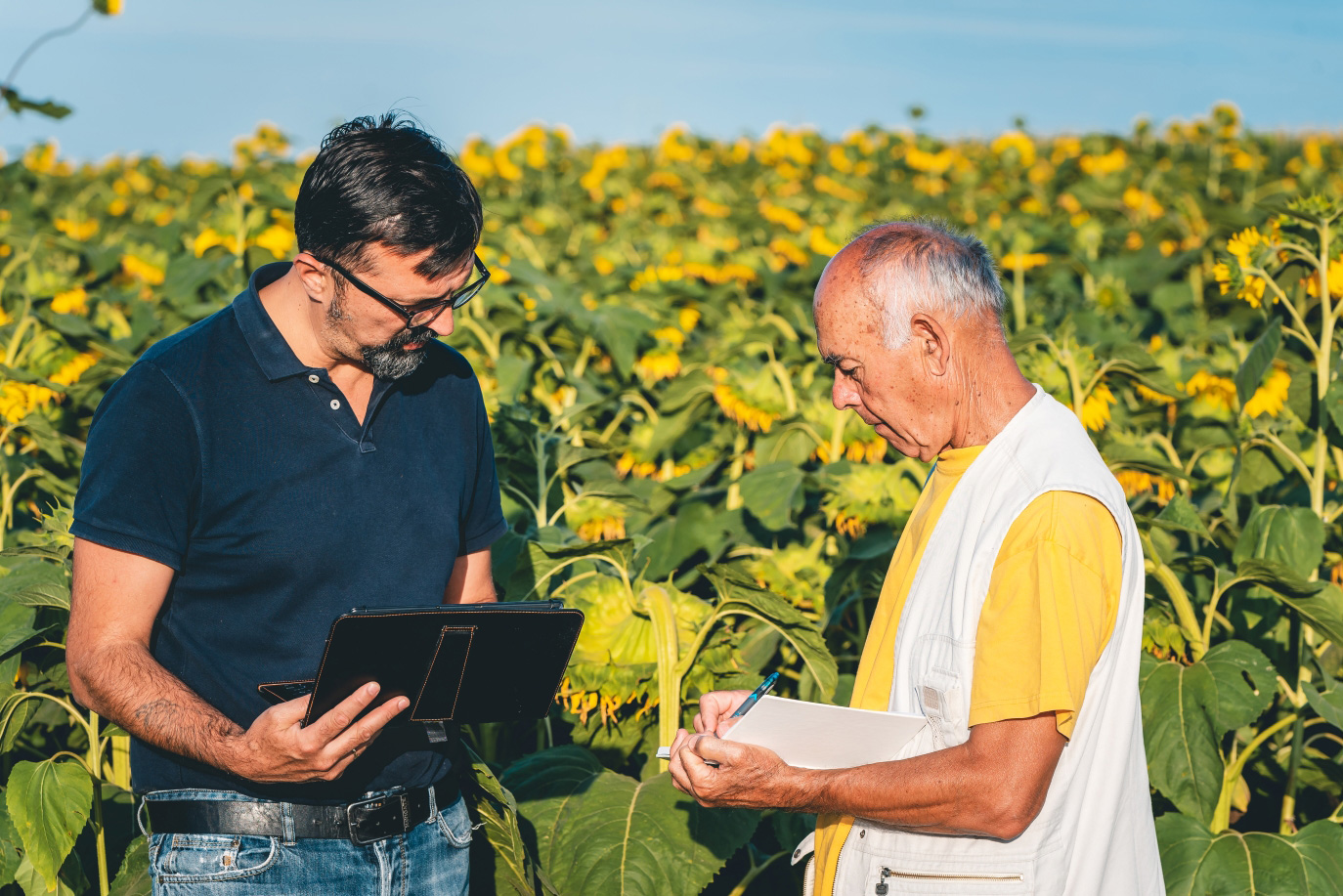
The CB will conduct the assessment and upload the results the GLOBALG.A.P. IT platform. Any non-compliances which are detected during the assessment must usually be corrected within the specified period and verified by the CB before a letter of conformance can be issued.

Once all requirements are met and verified by the CB, they will issue your GRASP letter of conformance. Your GRASP status is then publicly visible in the GLOBALG.A.P. IT platform for transparency in the market.
Key documents
The three most relevant documents are linked below. Click ‘view more’ to see further related documents. Remember to always check with your CB that you have all necessary documents prior to audit.
GRASP
Checklists
V2
English | Last updated: 29/11/2024
xlsx
Checklists
V2
English | Last updated: 29/11/2024
xlsx
Checklists are documents containing standard/add-on principles and criteria which are used during the audit/assessment to check whether compliance is achieved. They may also be used to conduct self-assessments.
GRASP
Principles and criteria (P&Cs) (CPCCs)
V2
English | Last updated: 29/11/2024
Principles and criteria (P&Cs) (CPCCs)
V2
English | Last updated: 29/11/2024
Principles and criteria are a complete list of the requirements for a given standard or add-on. The foundational requirements each detail an outcome that must be achieved, and the corresponding ways in which compliance can be demonstrated.
GRASP General Rules
Rules and regulations
V2
English | Last updated: 29/11/2024
Rules and regulations
V2
English | Last updated: 29/11/2024
Rules and regulations define how a specific standard must be implemented – from the certification scope to the audit requirements for certification bodies.
GLOBALG.A.P. approved CBs
The list of GLOBALG.A.P. approved CBs can be filtered by region, country, scope, and status. Click a CB to find more information and contact details.
If you do not filter your search, or filter only according to region and/or country, your search results will also show CBs that offer certification against benchmarked schemes, but which may not have approval for any GLOBALG.A.P. standards and add-ons.
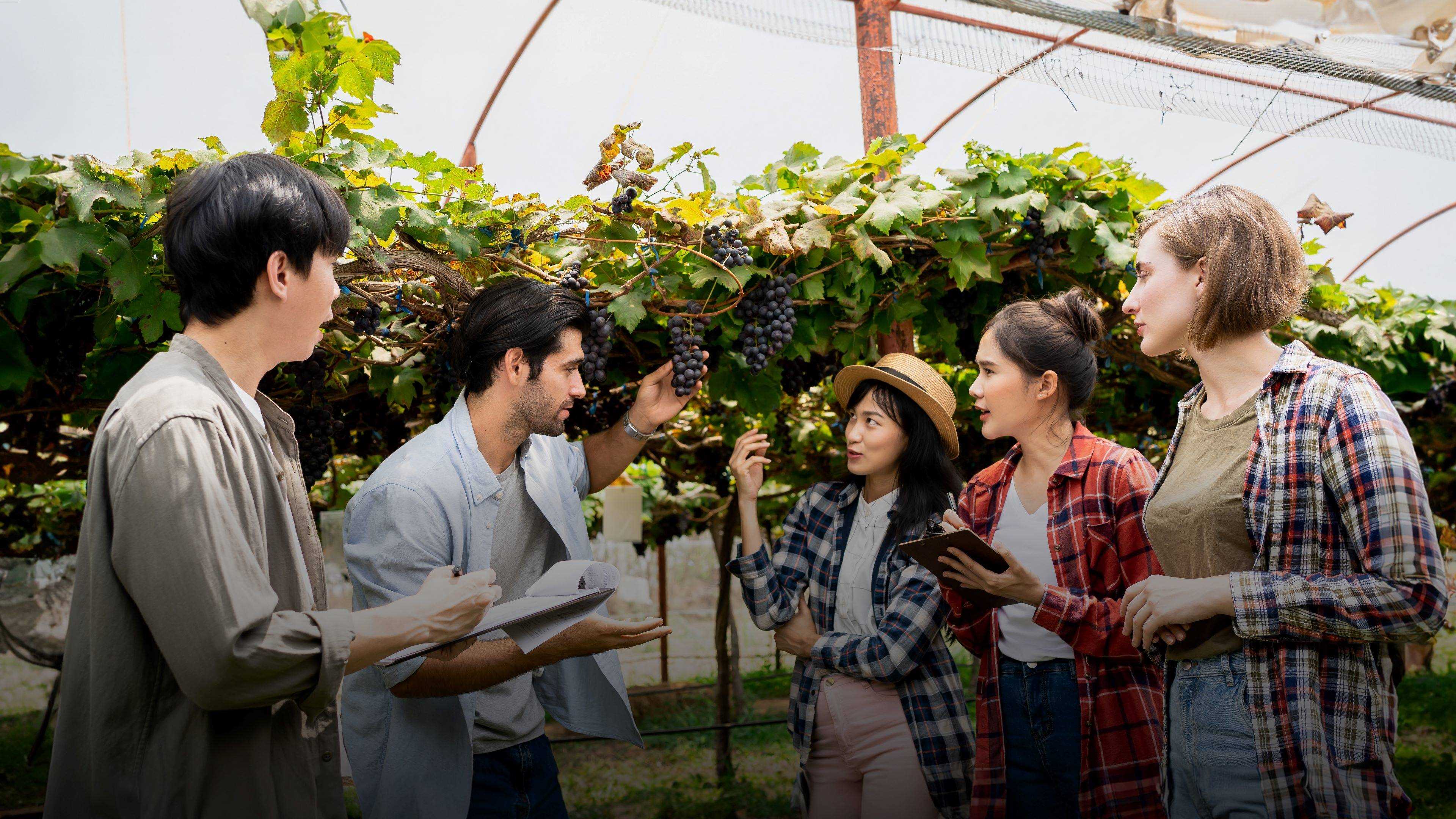
Capacity building
Need assistance with the certification process? Our capacity-building program offers a range of options for training, consultation, and more!
Upcoming events
17 Jul
2025
GLOBALG.A.P. webinar – Primary Farm Assurance: Building the path to responsible agriculture
Location: Online – Teams
Event type: Webinar
Event format: Virtual
31 Jul - 01 Aug
2025
GLOBALG.A.P. TOUR stop Costa Rica 2025
Location: Costa Rica
Event type: GLOBALG.A.P. TOUR stop
Event format: On-site
A brief history of GRASP
In 2004, EUREPGAP (the brand which later evolved into GLOBALG.A.P.) begins its cooperation with the organization now known as GIZ (Deutsche Gesellschaft für Internationale Zusammenarbeit, German Agency for International Cooperation) and a range of European retailers to develop a risk assessment for good social practices.
While the EUREPGAP checklist already included a section on workers’ well-being, the new checklist covers more than basic health and safety. Over several years, the social module – now known as GRASP – begins to take shape, with pilot assessments conducted in selected countries in 2008.
The first official GRASP assessment is conducted in 2010. By 2011, 276 producers have already undergone a GRASP assessment. 2012 sees a new version update, introducing some changes to the checklist criteria. The first assessment against this new version (v1.2) is conducted that year.
GRASP v1.3 is released in 2015 with updated rules and criteria and new documents to support producers in complying with the control points. By the end of 2015, more than 13,000 producers assessed to GRASP in 30 countries.
By the end of 2017, over 66,000 producers are assessed to GRASP in more than 60 countries. In 2019 The GRASP Technical Committee begins its review of the latest checklist and general rules and starts work on a new draft (v2) which adapts GRASP to the social/labor challenges faced by the farming sector. A new scoring system is devised, and the checklist criteria are updated.
The draft of GRASP v2 enters a first public consultation period from May to June 2020. In the meantime, GRASP v1.3.1-0 is released, featuring a modified assessment methodology, including worker interviews.
The latest draft of GRASP v2 enters a second public consultation period from November to January 2021. Once finalized, the GLOBALG.A.P. Advisory Board adopts GRASP v2 in October that year.
By the end of 2021, nearly 114,000 producers are assessed to GRASP in nearly 100 countries.
The interim documents for GRASP v2 are released in April 2022 and the final documents are published in September. As of 2023, more than 120,000 producers are assessed to GRASP in over 100 countries – covering more than 1.85 million workers.
FAQ
GRASP v2 was published in September 2022. It can be combined with IFA v6 Smart/GFS.
Each farm is unique and the total assessment costs depend on a combination of factors such as size, location, existing policies and processes, etc. The invoice from your certification body (CB) will include the CB service fees to cover expenditures (determined by the CB) and the GLOBALG.A.P. assessment license fee (determined by assessment option).
Download the GLOBALG.A.P. fee table to learn more.
GRASP is an add-on which can only be used together with GLOBALG.A.P. standards or a benchmarked scheme/checklist. It cannot be used as a standalone tool.
Yes, under GRASP v2, the assessment must be conducted by the same CB that conducts the IFA audit, since they happen simultaneously.
Producers can choose whether they wish to undergo a GRASP assessment. However, GRASP is a mandatory part of an Integrated Farm Assurance (IFA) version 6 for aquaculture audit and is also compulsory for producers that participate in the GGN label initiative. Some buyers may also cite GRASP as an obligatory requirement.
Some retailers consider other social programs adequately comparable to the GRASP add-on. To minimize the audit burden, producers who follow one of the alternative social standards do not need to additionally comply with GRASP. Please note this does not apply for GGN label requirements, and does not represent GLOBALG.A.P. benchmarked status).
Producers can be assessed against GRASP in any country with an authorized GRASP assessor. There is no requirement for a national interpretation guideline (NIG) to be in place to implement GRASP, but any existing NIG must be applied.
Legal labor requirements such as minimum wage, legal minimum age of employment, or working hours differ from country to country. NIGs are developed to help implement a global assessment on a local scale.
Where the national requirements are stricter, local legislation overrides the GRASP P&Cs. Where there is no legislation (or legislation is not as strict), GRASP provides the minimum requirements for a good social management system. GRASP can be assessed in every country – even in countries that do not have an NIG yet.
The country risk classification concept was developed to provide a system for balancing the evidence methods required by the assessor when assessing producers against GRASP. The risk level of a country is not a general label for that country. GLOBALG.A.P. groups countries into three different risk levels according to rankings issued by the World Bank (Worldwide Governance Indicators, WGI):
High-risk countries: countries with a WGI rating from 0 to 49
Medium-risk countries: countries with a WGI rating from 50 to 79
Low-risk countries: countries with a WGI rating from 80 to 100
The list of countries assigned to the three categories is updated each December, following the revision periods of the World Bank. The new classification level becomes applicable from the following January.
The new and improved GRASP version 2introduces new mechanisms that strengthen compliance with workers’ human rights and workers’ health, safety, and welfare. In GRASP v2, workers’ core human rights have been defined as Major Must principles and criteria (P&Cs), signaling zero tolerance for non-compliance. Some of these rights are:
Workers engage in employment voluntarily and without being pressured, forced, or intimidated (P&C 6.2).
Workers are not subject to any form of debt bondage or forced labor (P&C 4.1).
Producers do not support or tolerate any form of discrimination or harassment (P&Cs 4.1, 5.1, and 8.3).
Producers respect workers’ freedom of association (P&C 1.1).
Producers observe the laws of the respective country and especially those concerning minimum wage (P&C 8.3), maximum working hours (P&C 12.4), legal rest breaks (P&C 12.5), etc.
Yes. GRASP v2 is applicable to any subcontractor that provides farm labor (including farm labor and equipment, farm labor and material, or some combination of farm labor, material, and equipment) for the main farming activities of agricultural production on the premises of a product handling unit or production site. Other subcontractors may not be included unless the certification body auditor detects the risk of a GRASP integrity issue.
If a producer becomes the subject of a complaint, the complaint is investigated. If the producer is a holder of a GRASP letter of conformance and the violations fall within the scope of GRASP, GLOBALG.A.P. oversees this investigation and, where necessary, supports a direct on-site assessment by the responsible certification body.
Depending on the nature and extent of the violations, the producer is either given time to take corrective action or has their letter of conformance suspended or canceled. In serious cases, a temporary suspension of the producer’s letter of conformance may be imposed.
In cases where fraud and/or lack of confidence in the producer’s compliance with GRASP requirements is demonstrated, the letter of conformance is withdrawn and a cancellation is imposed for 12 months, disqualifying the producer from any form of GLOBALG.A.P. certification for that period. GLOBALG.A.P. strongly condemns any violation of workers’ rights and any social abuse, especially in connection with criminal acts of any kind.
There are several requirements to become a GRASP assessor – these are detailed in the latest GRASP general rules, section 7, “GRASP assessor qualification requirements”.
Learn more about how to become a GLOBALG.A.P. approved CB or extend your auditing scope.
Yes – GRASP may be benchmarked as a single solution, or as part of a combination of farm assurance schemes/checklists. See our benchmarking page for more information.
The GRASP v2 documents are currently available in:
Dutch
English
French
German
Italian
Japanese
Norwegian
Portuguese
Spanish
Turkish
All documents are available in the GLOBALG.A.P. document center. More languages will be added based on demand – please contact us with requests.

Contact us
For technical/interpretation questions, please contact us at standard_support@globalgap.org.
For questions about the audit process or the GLOBALG.A.P. IT platform, please contact us at customer_support@globalgap.org.
